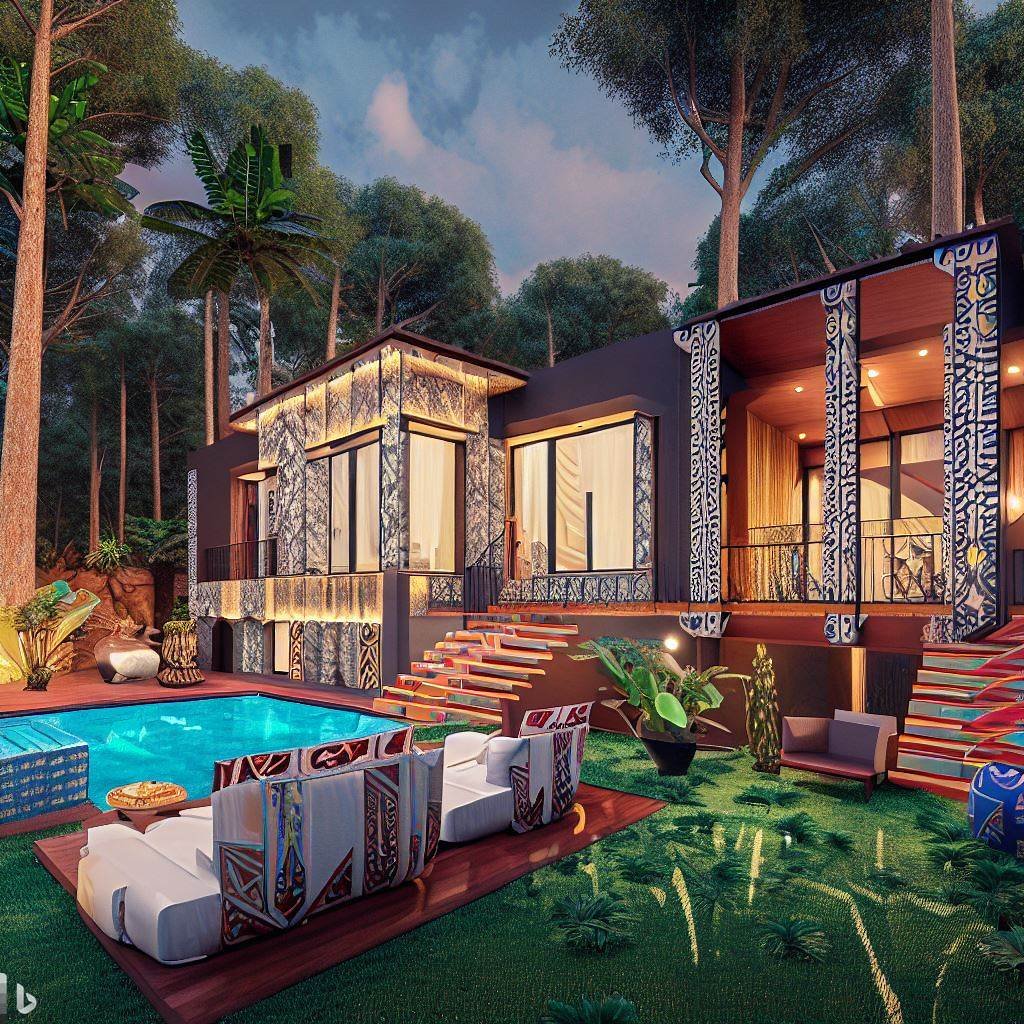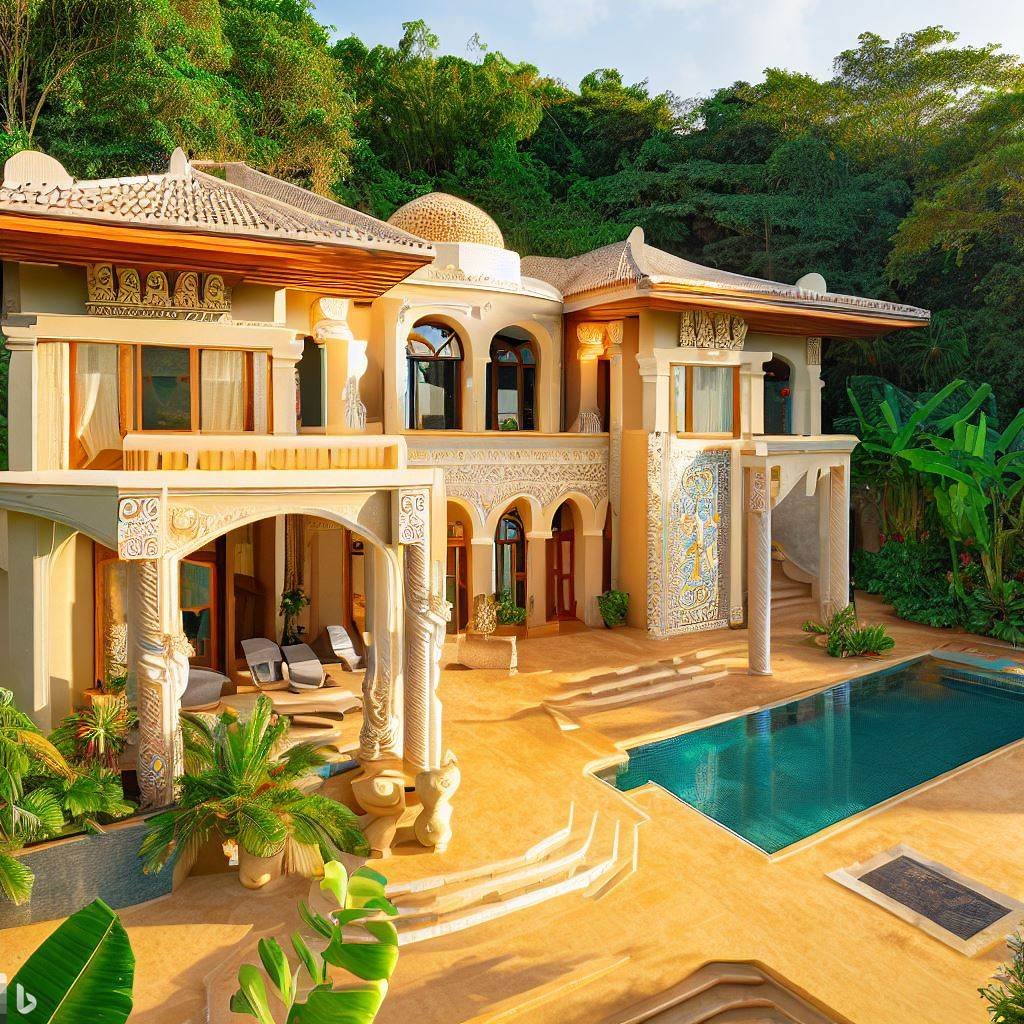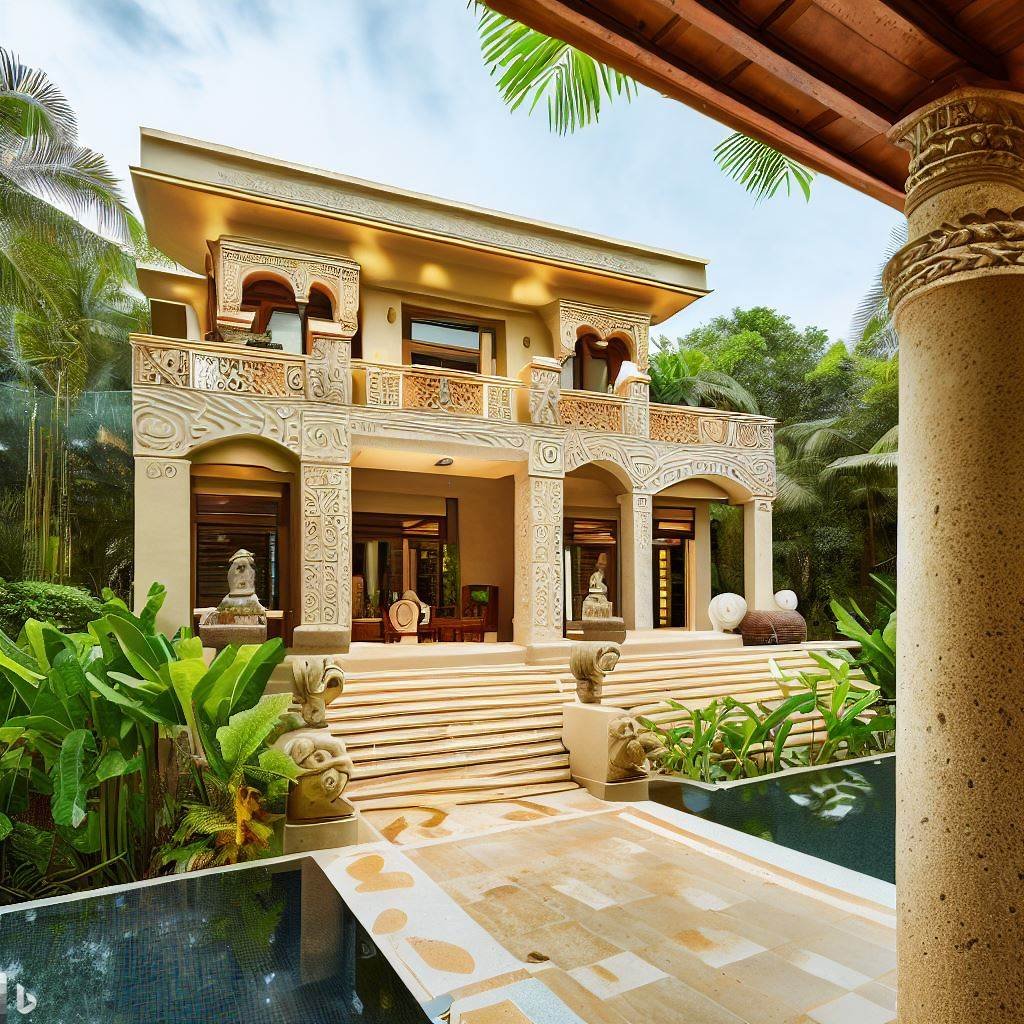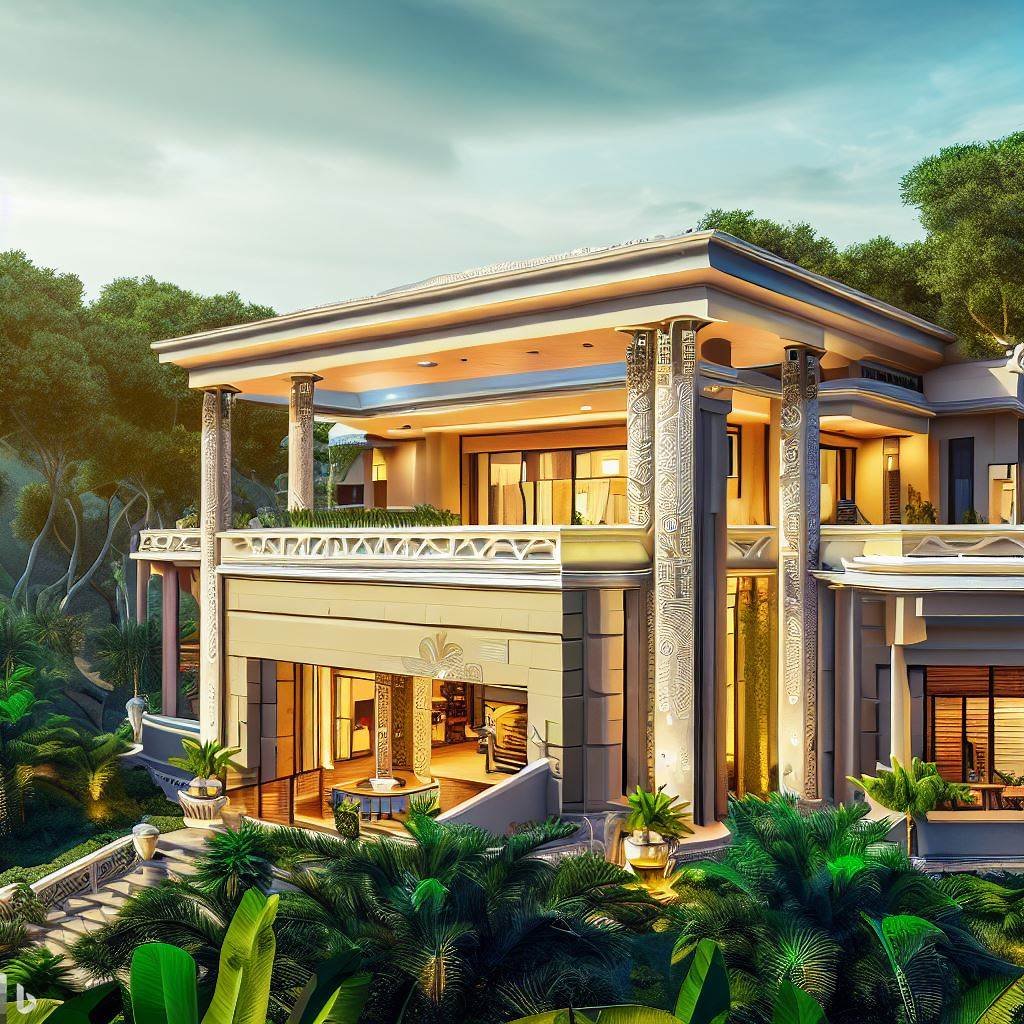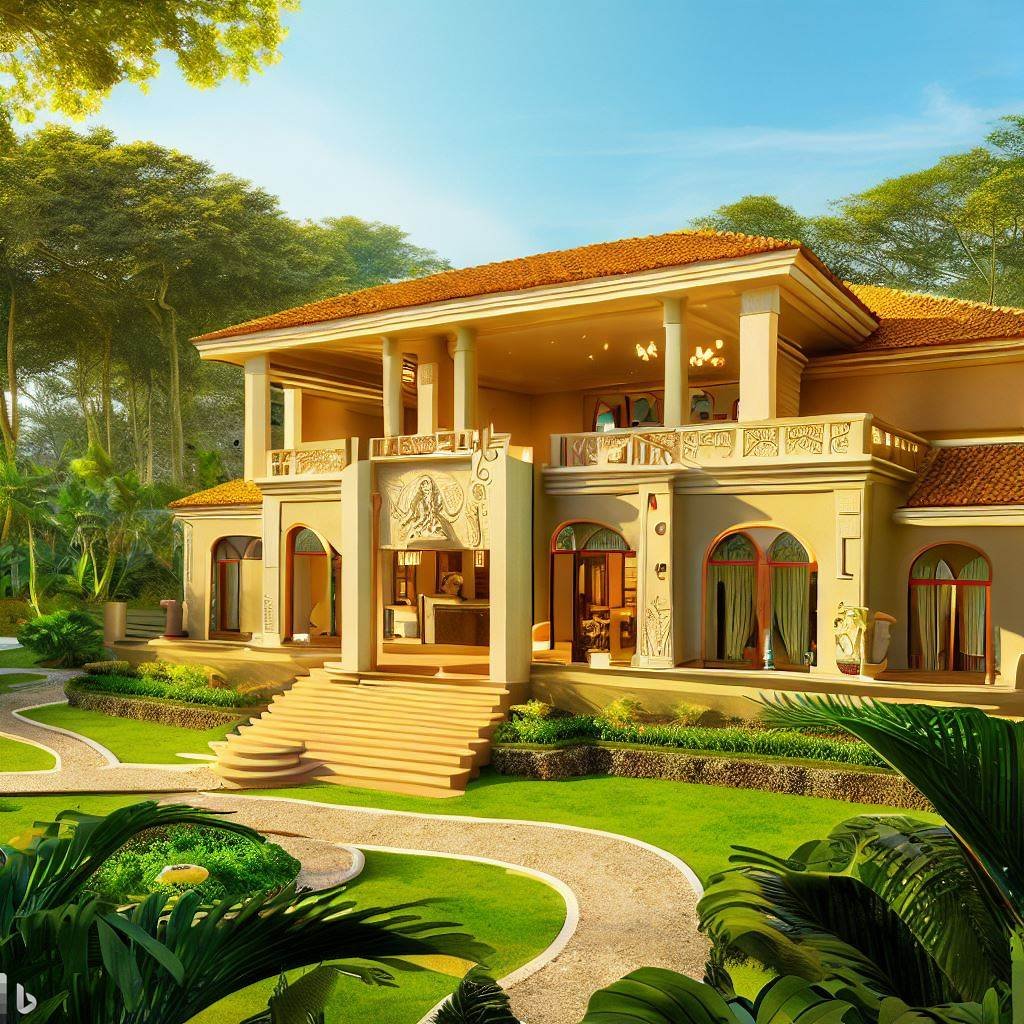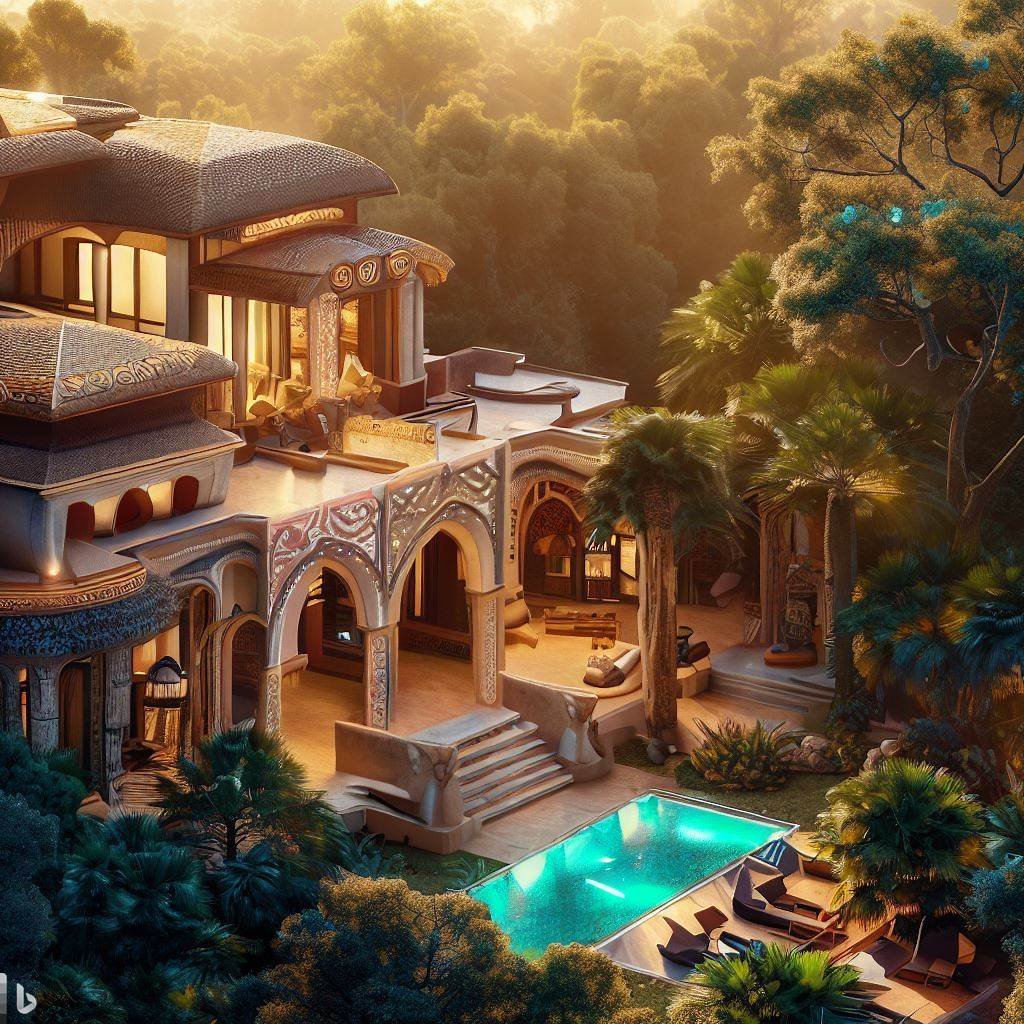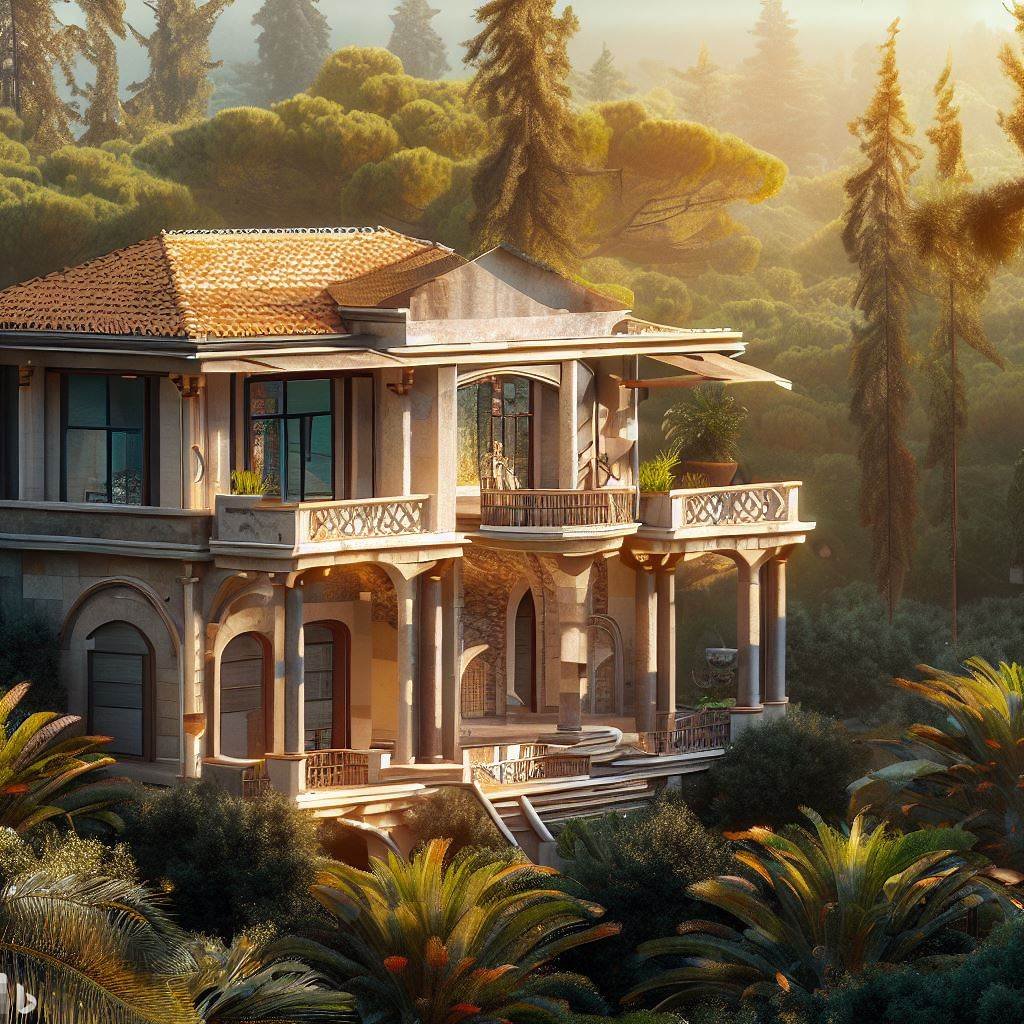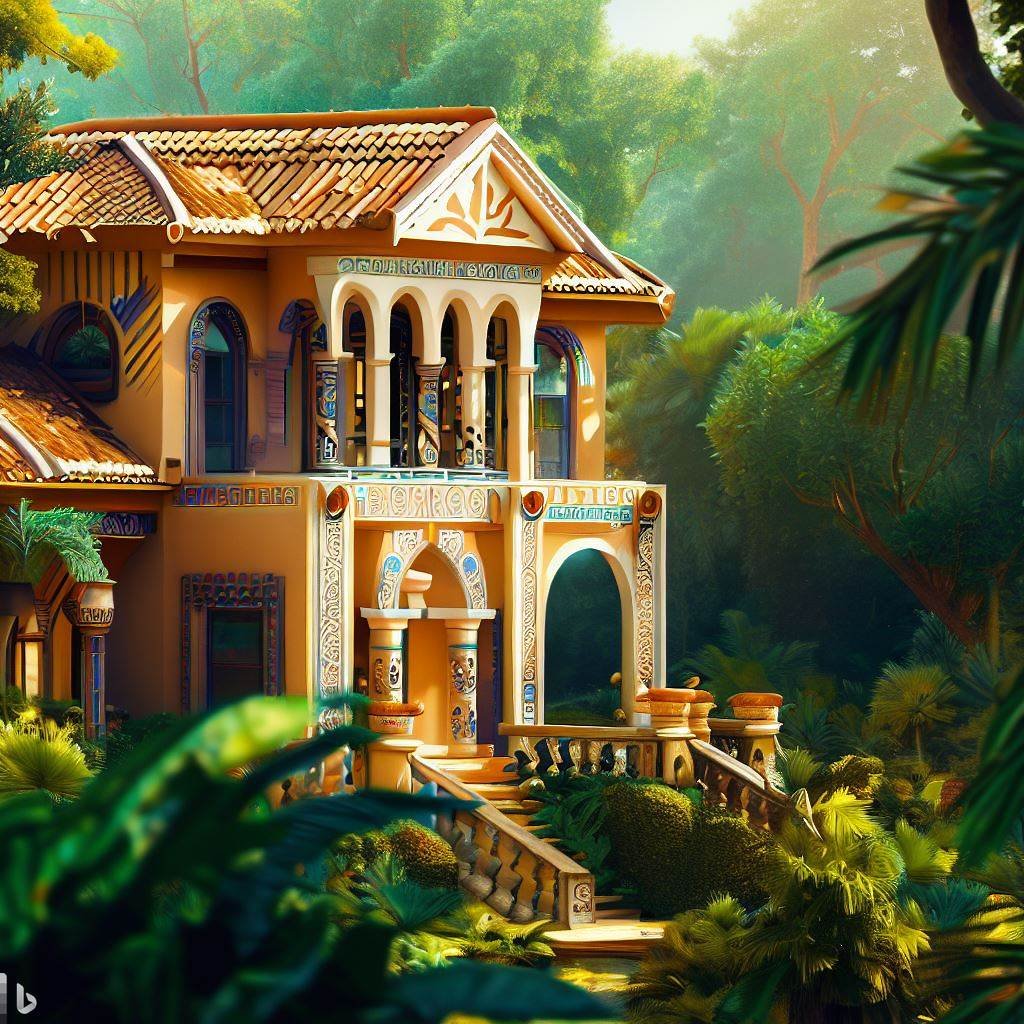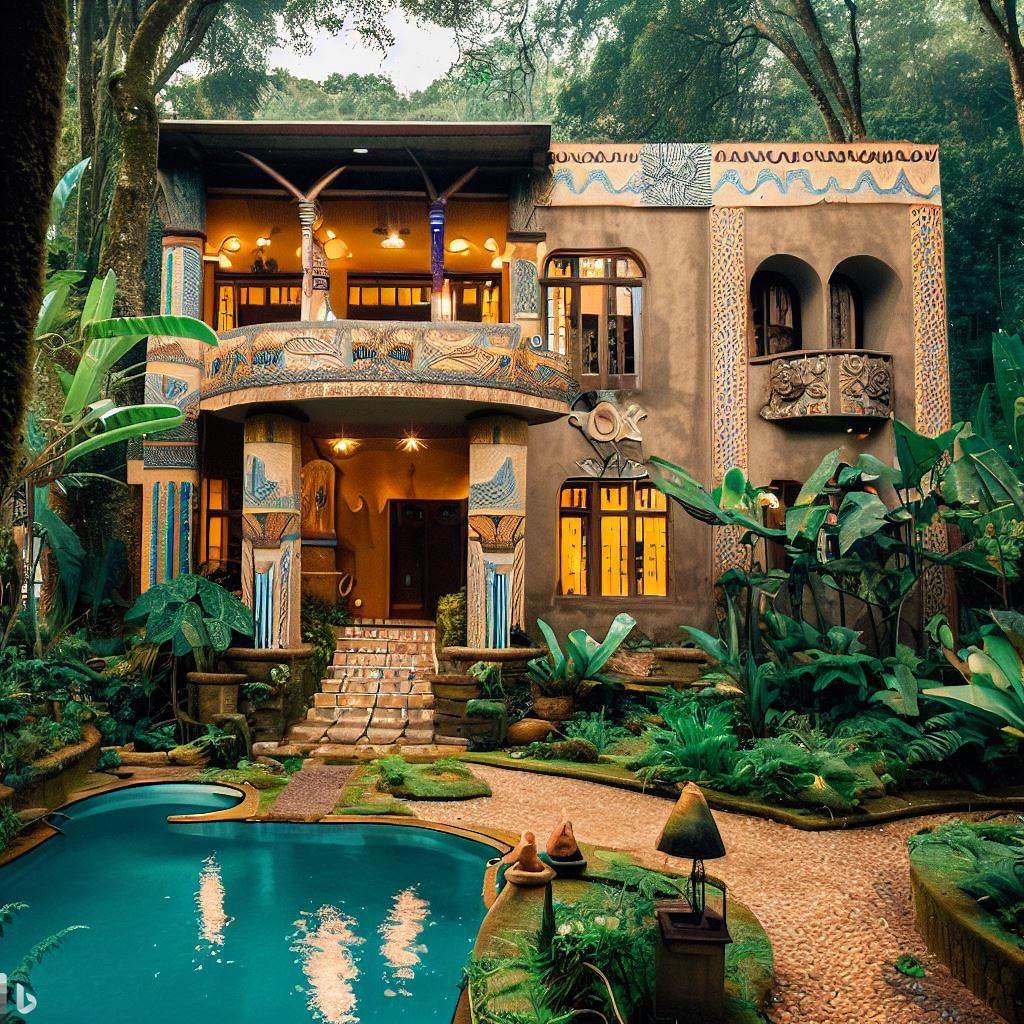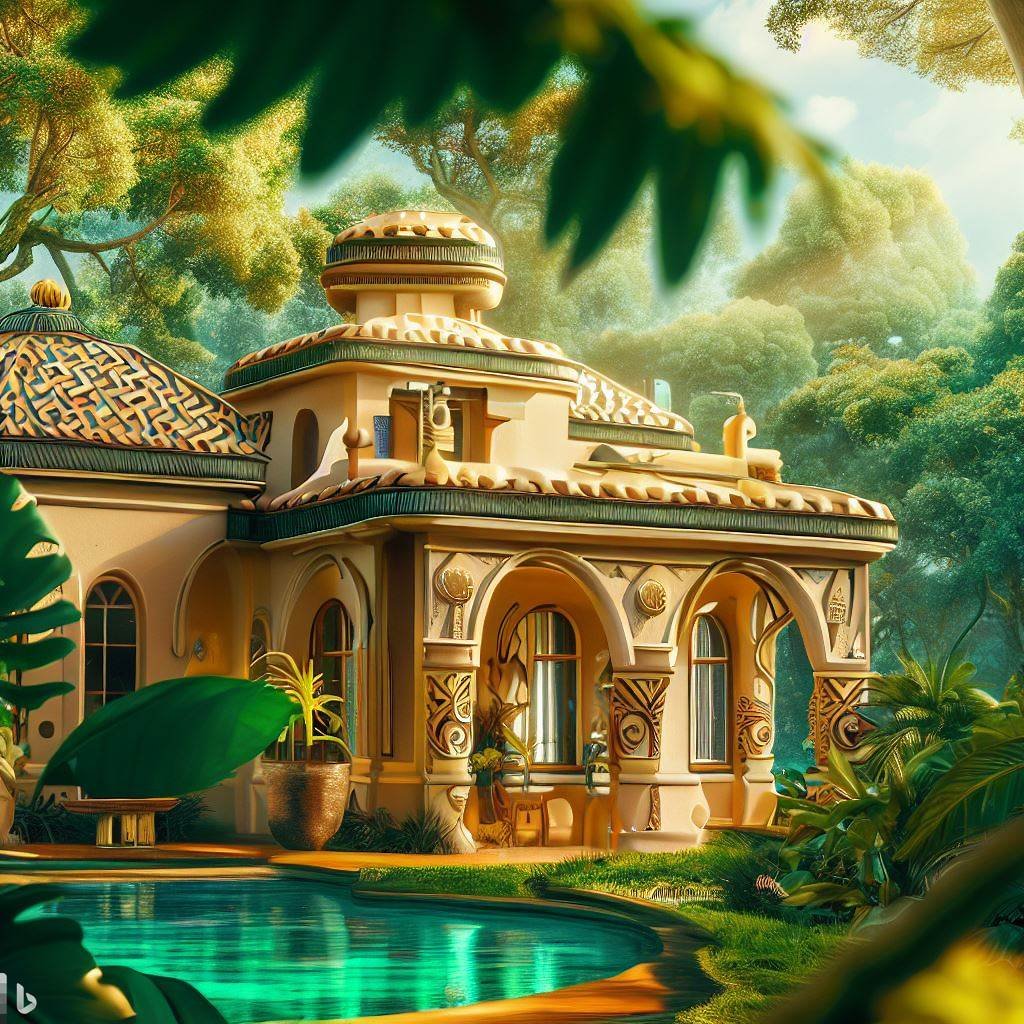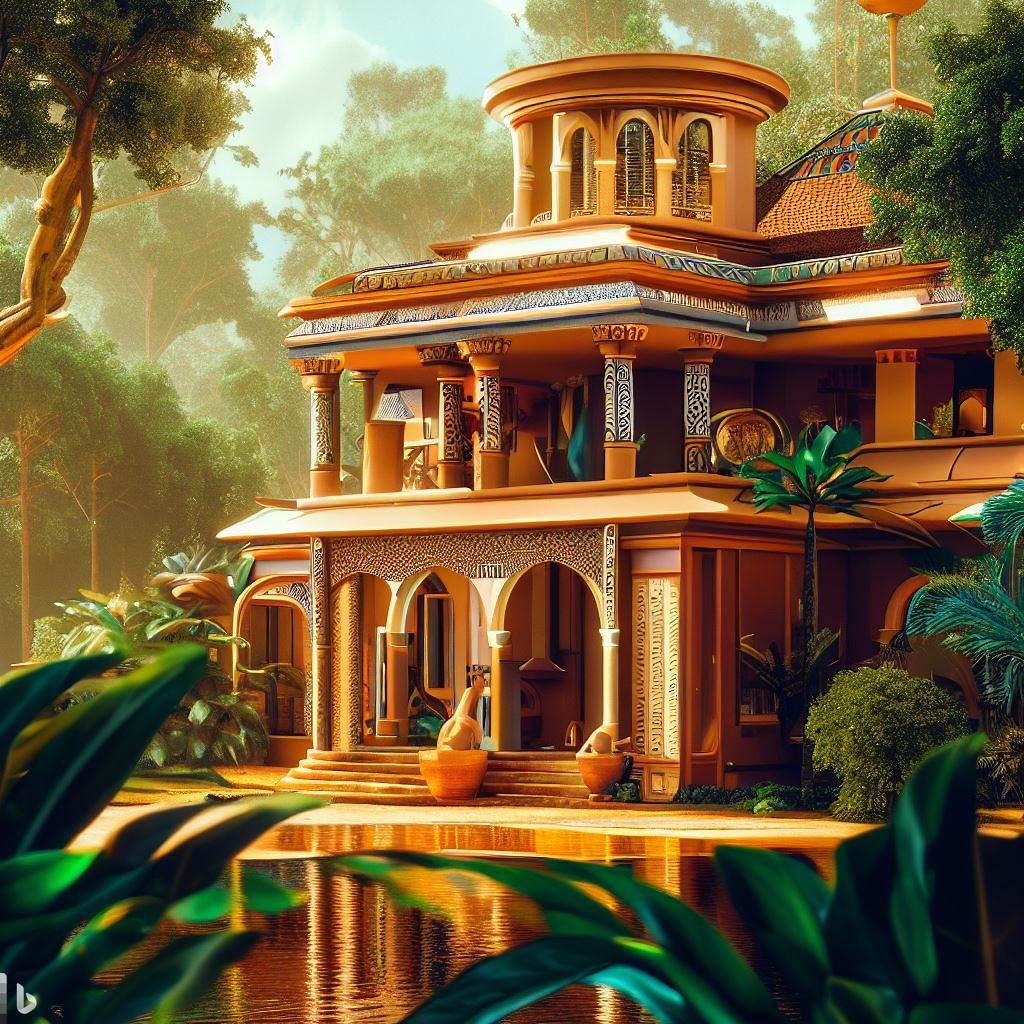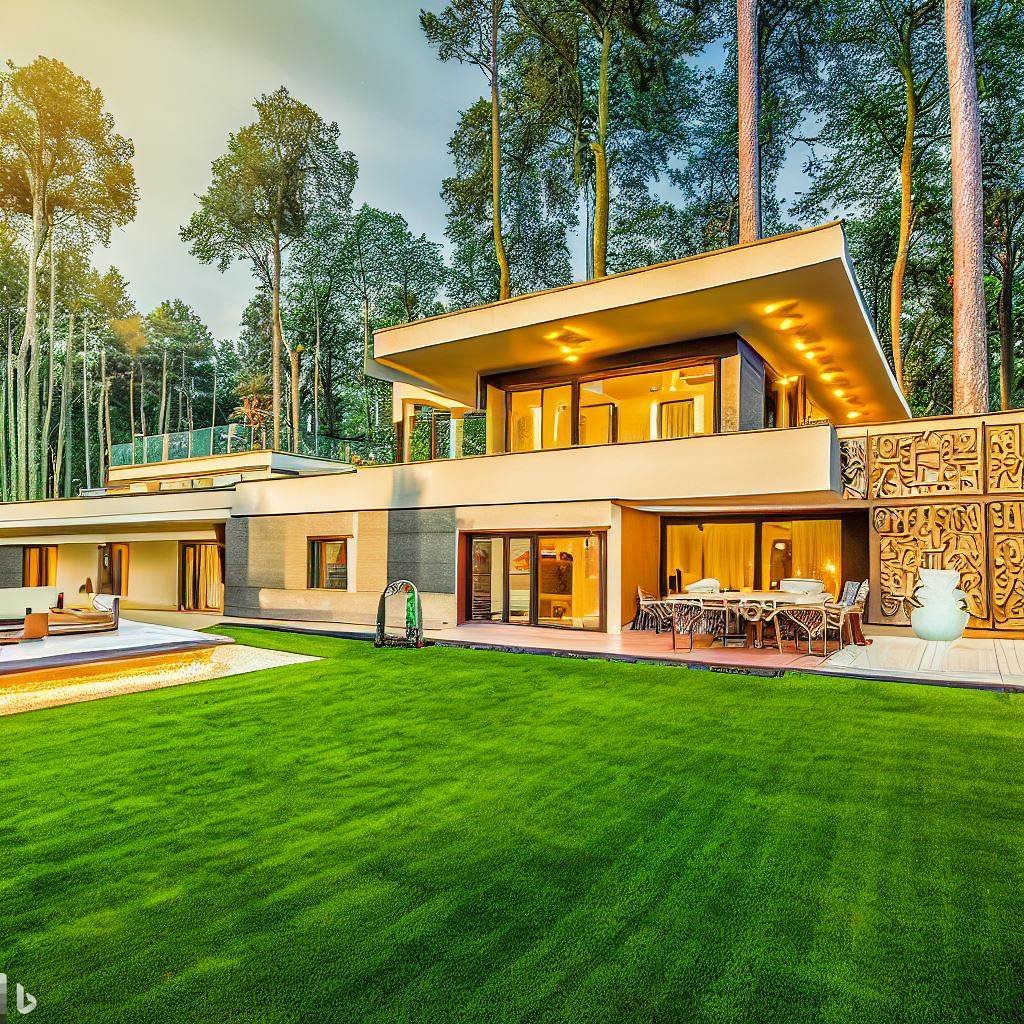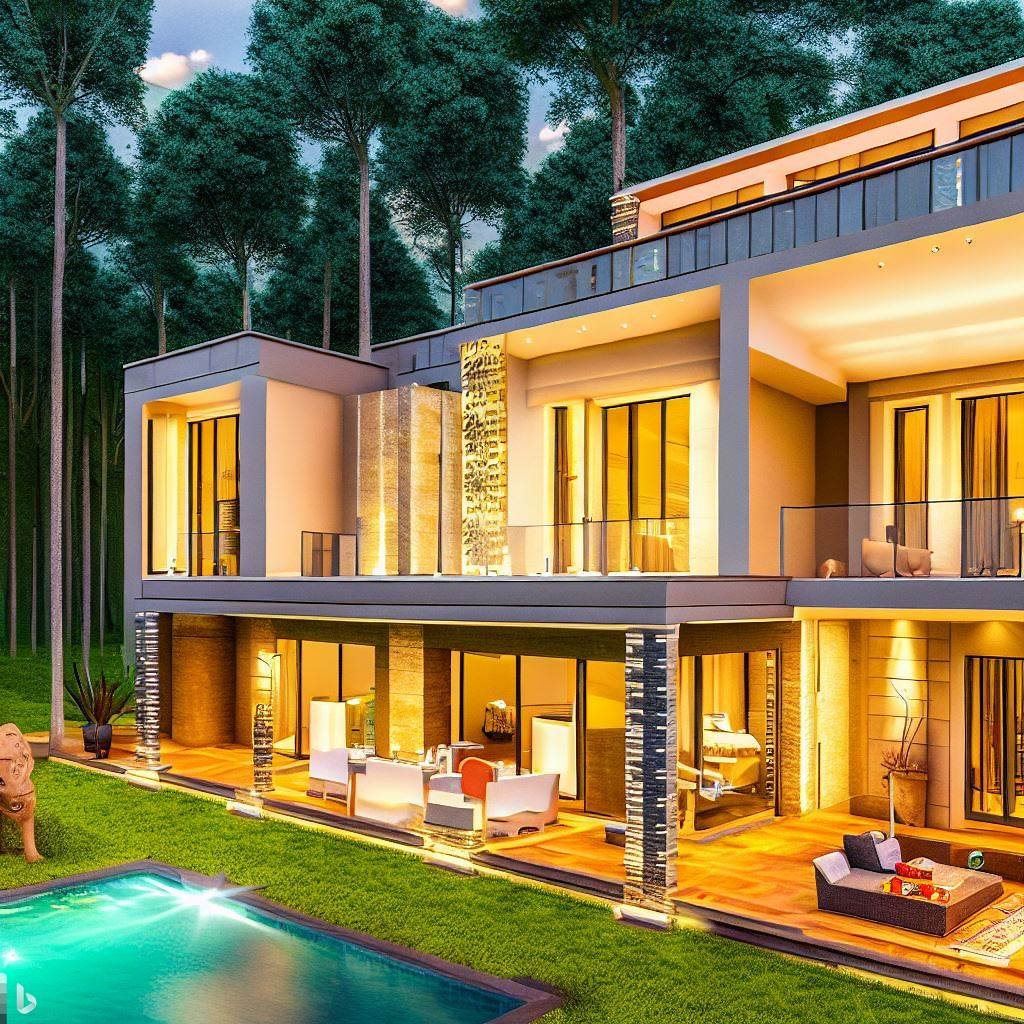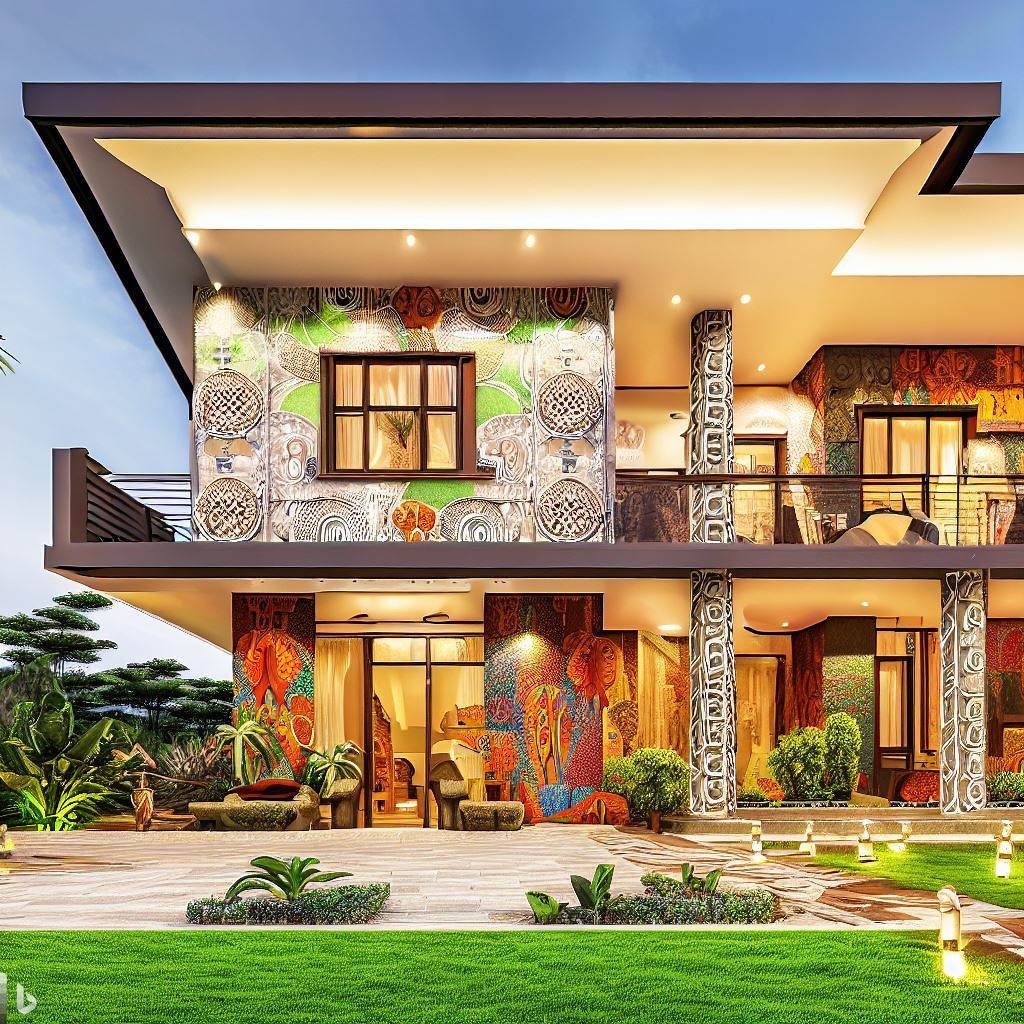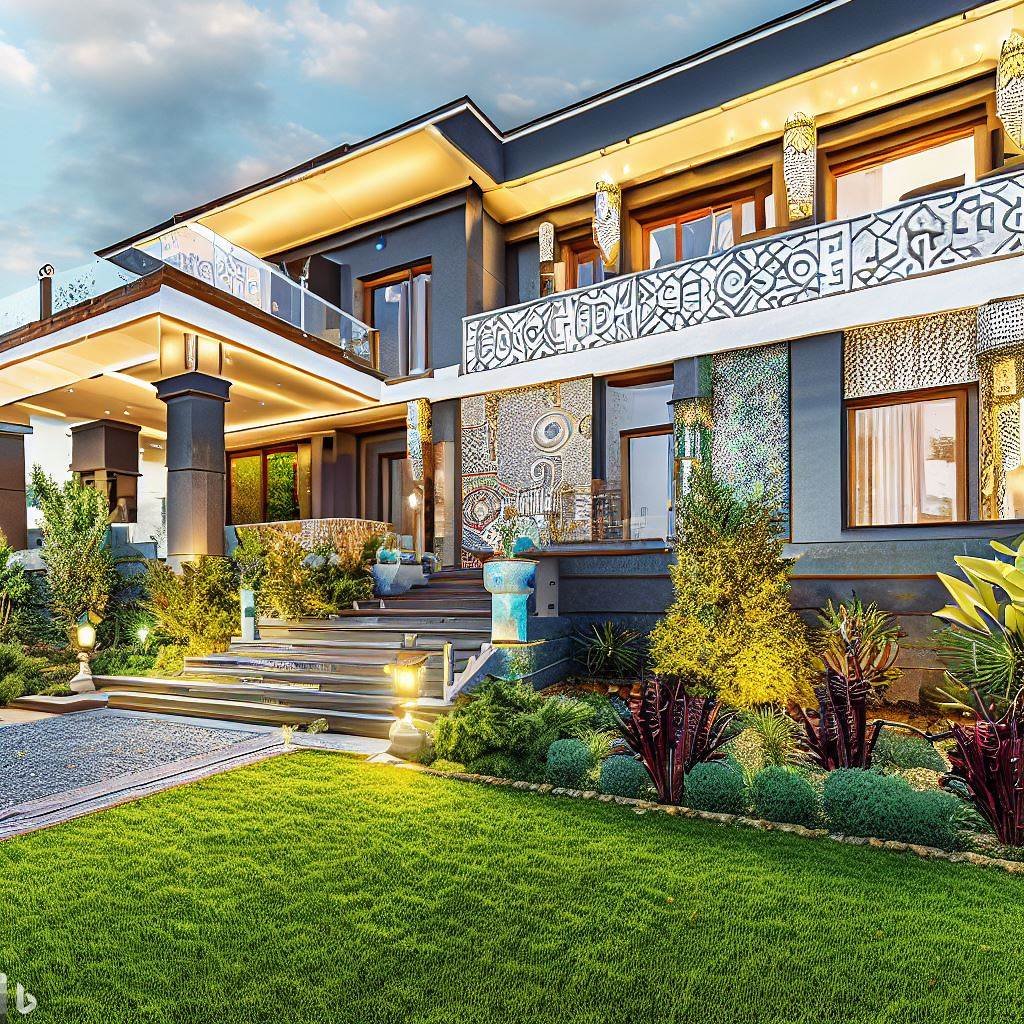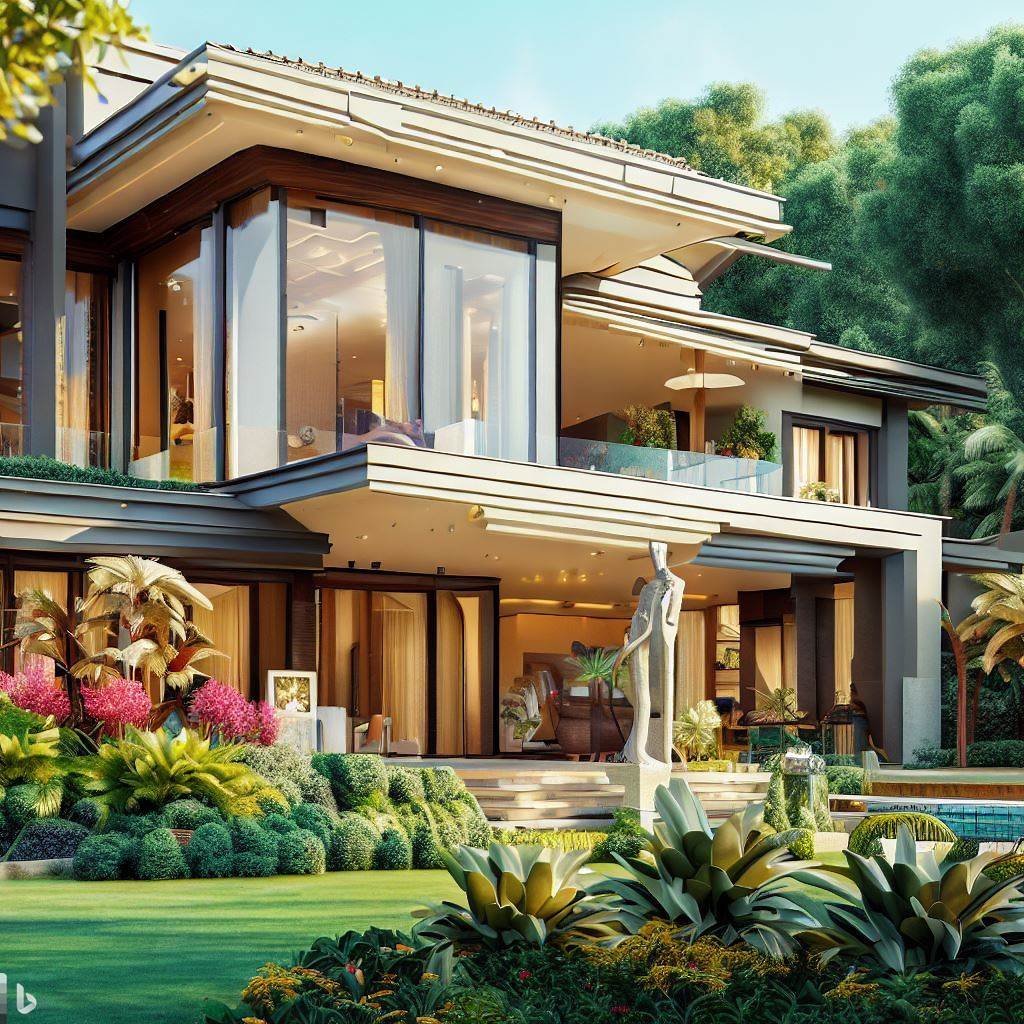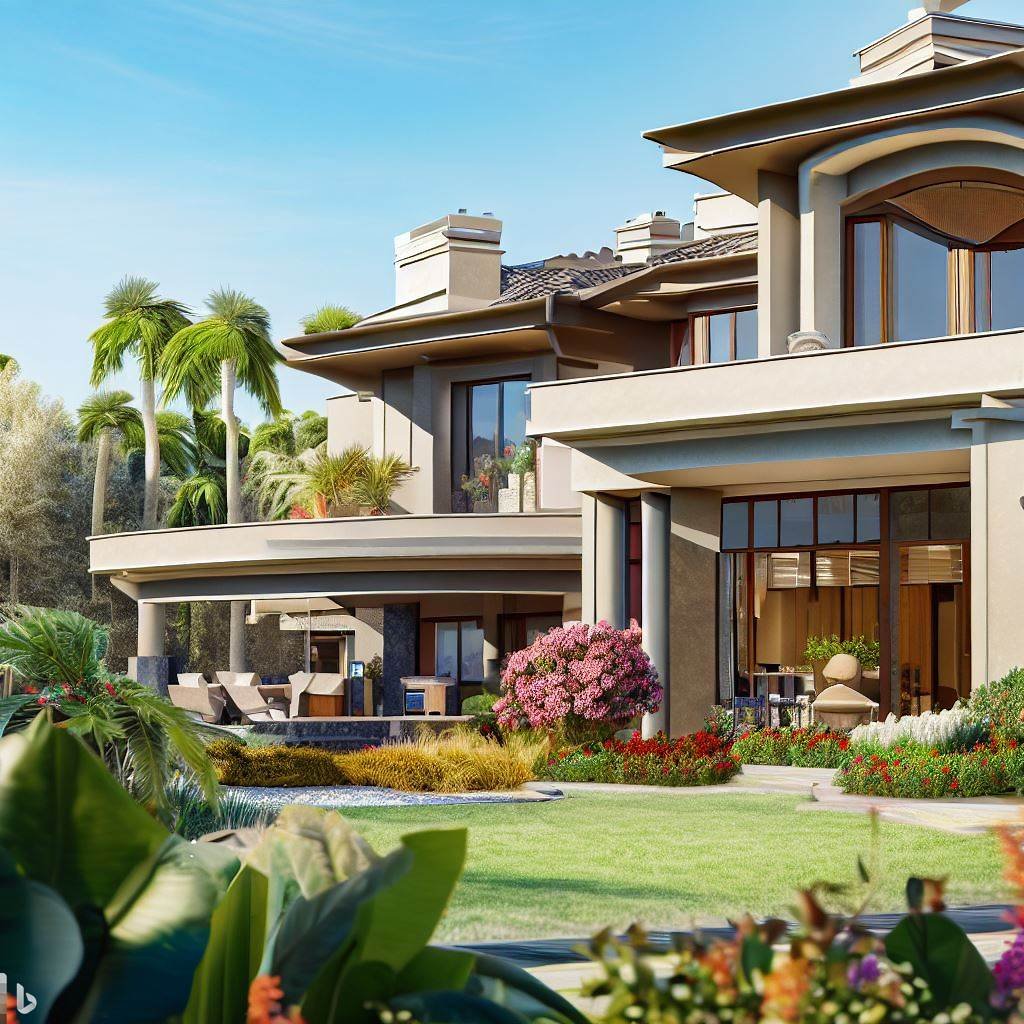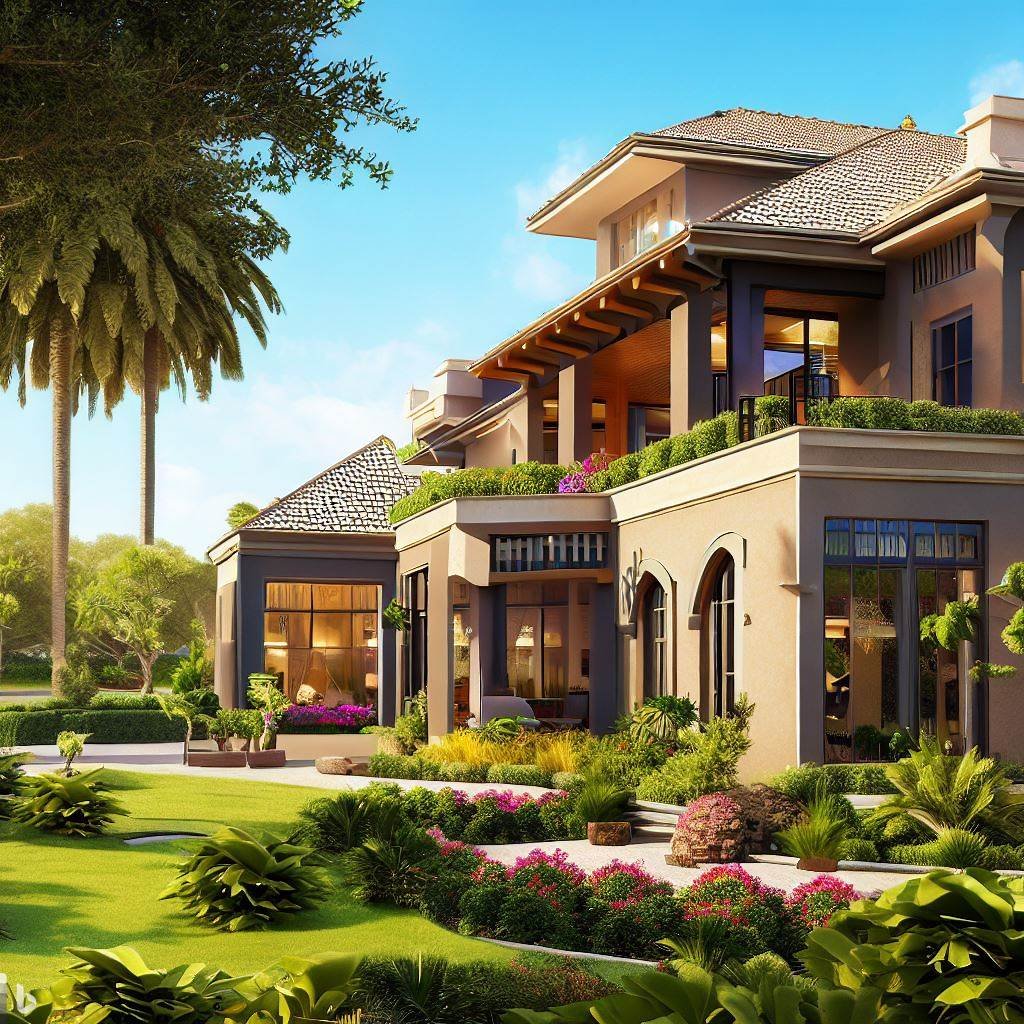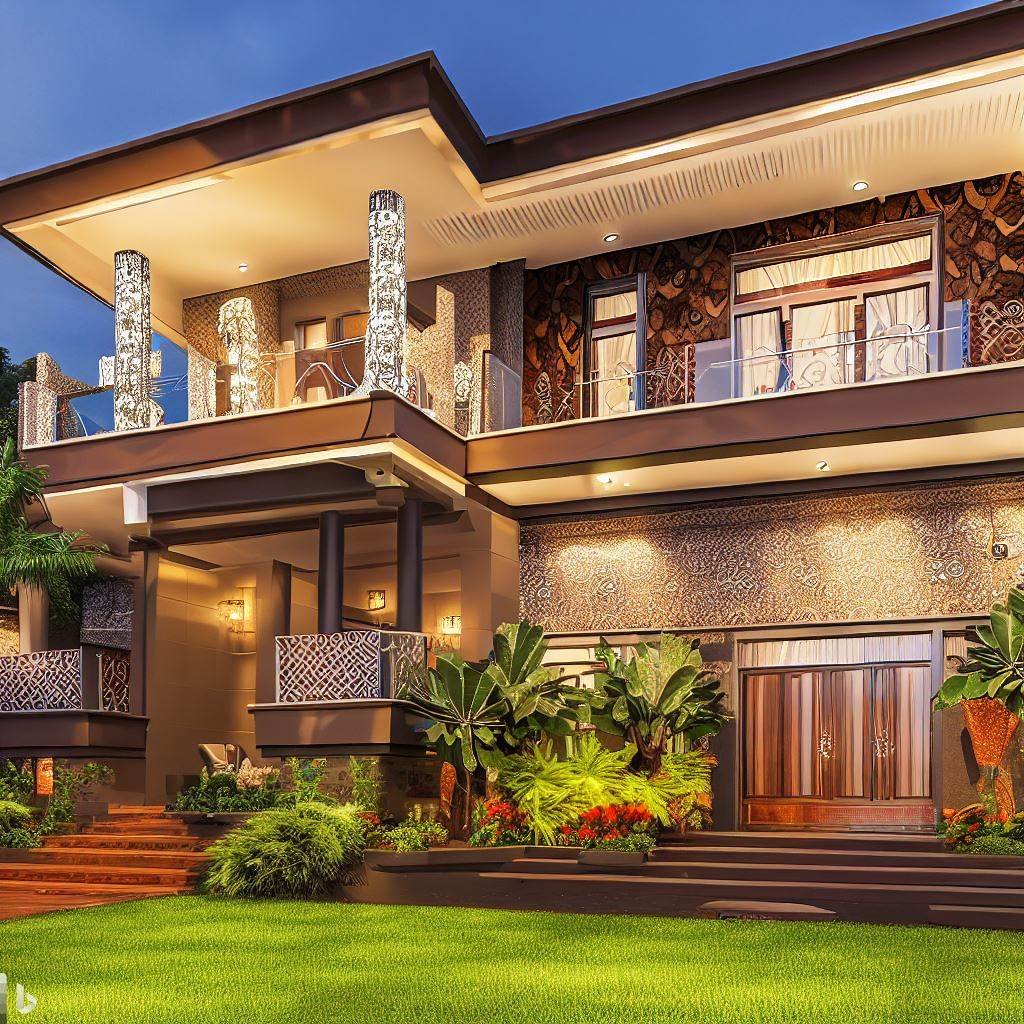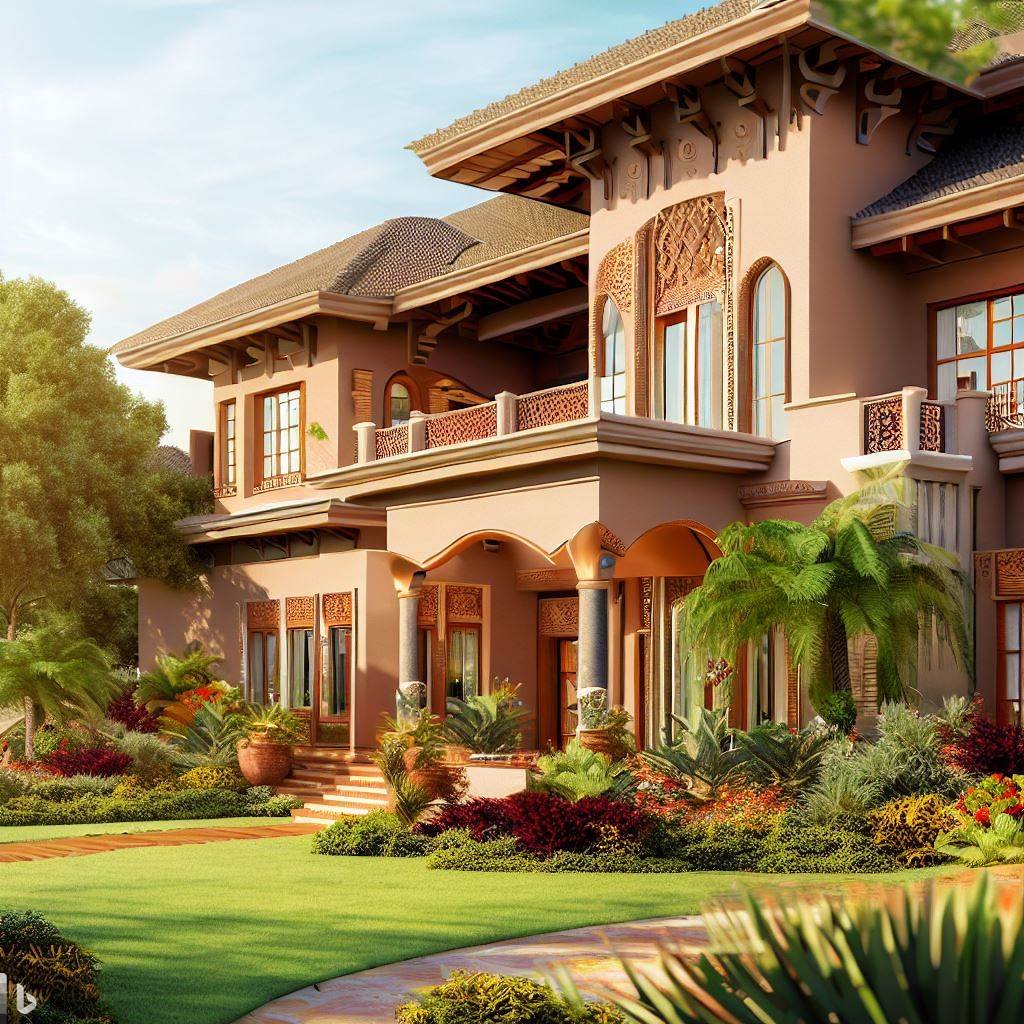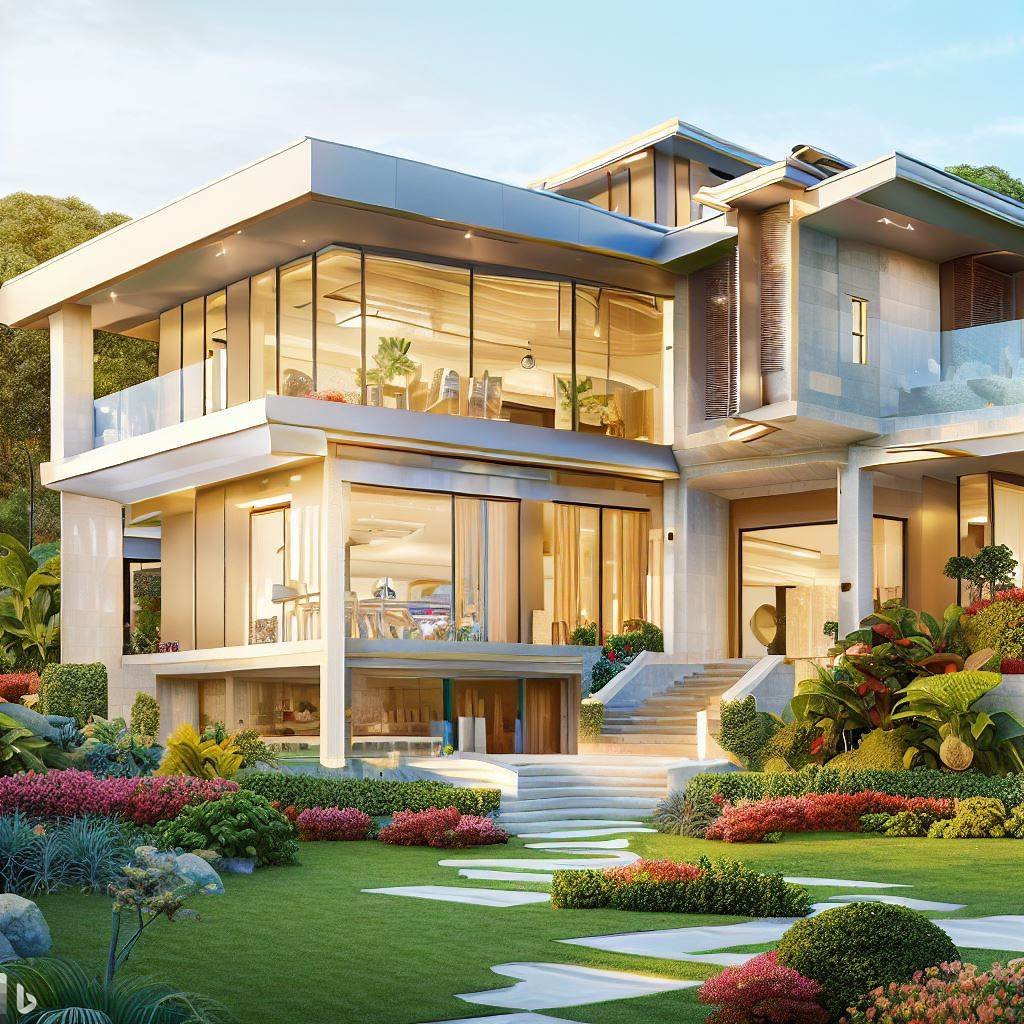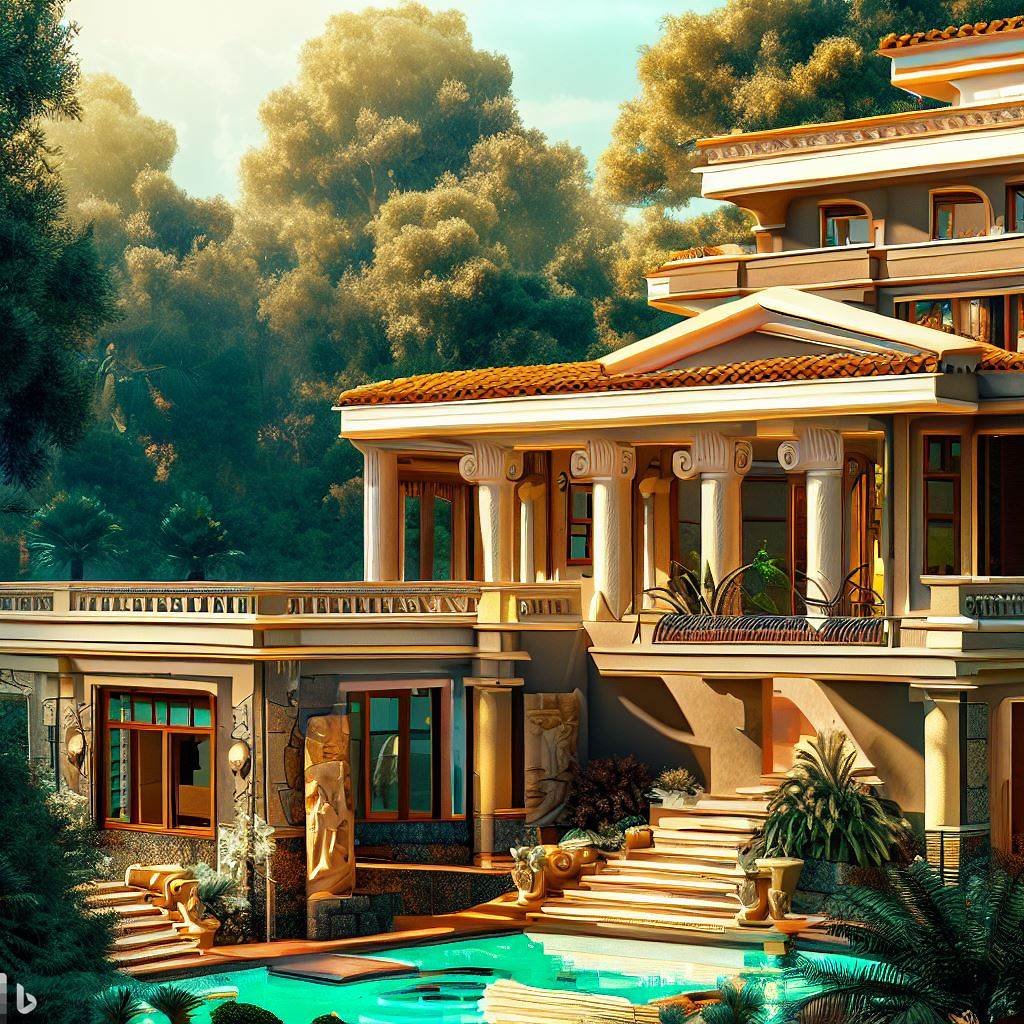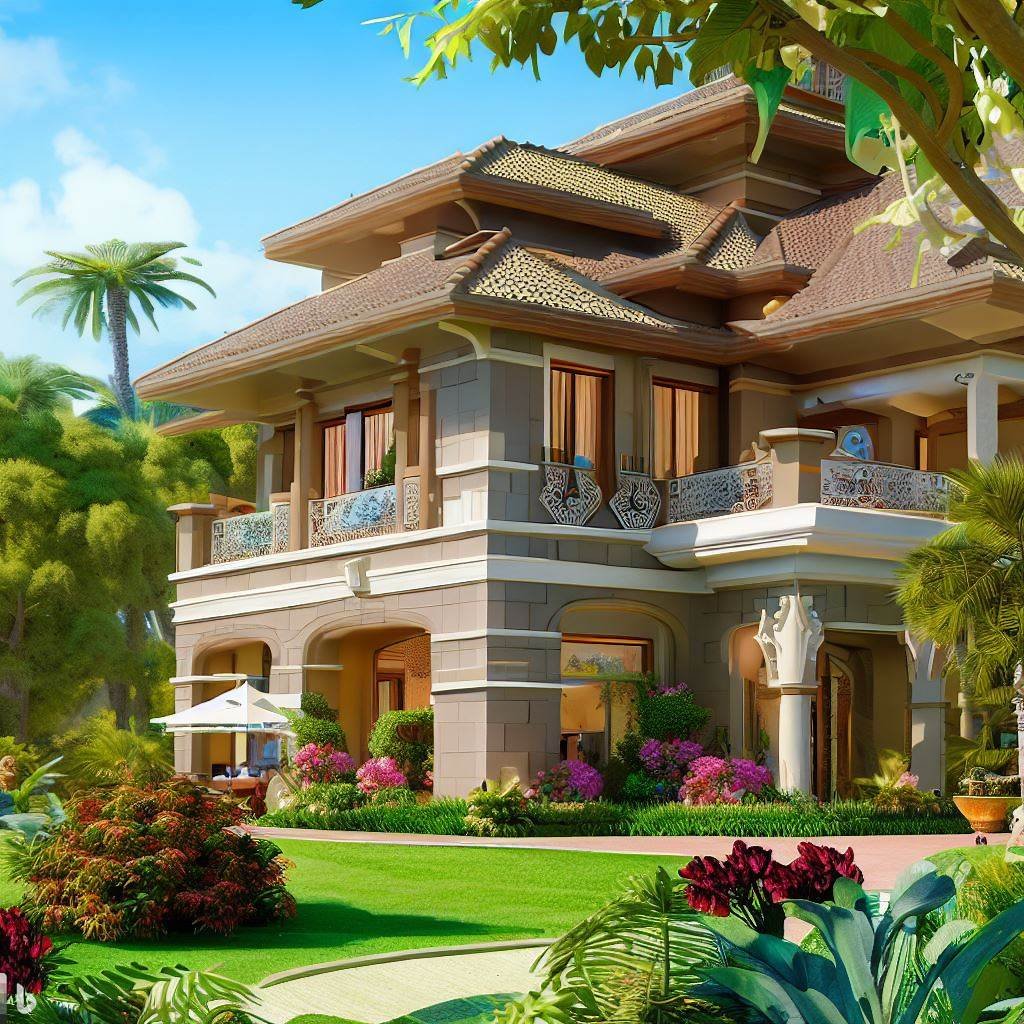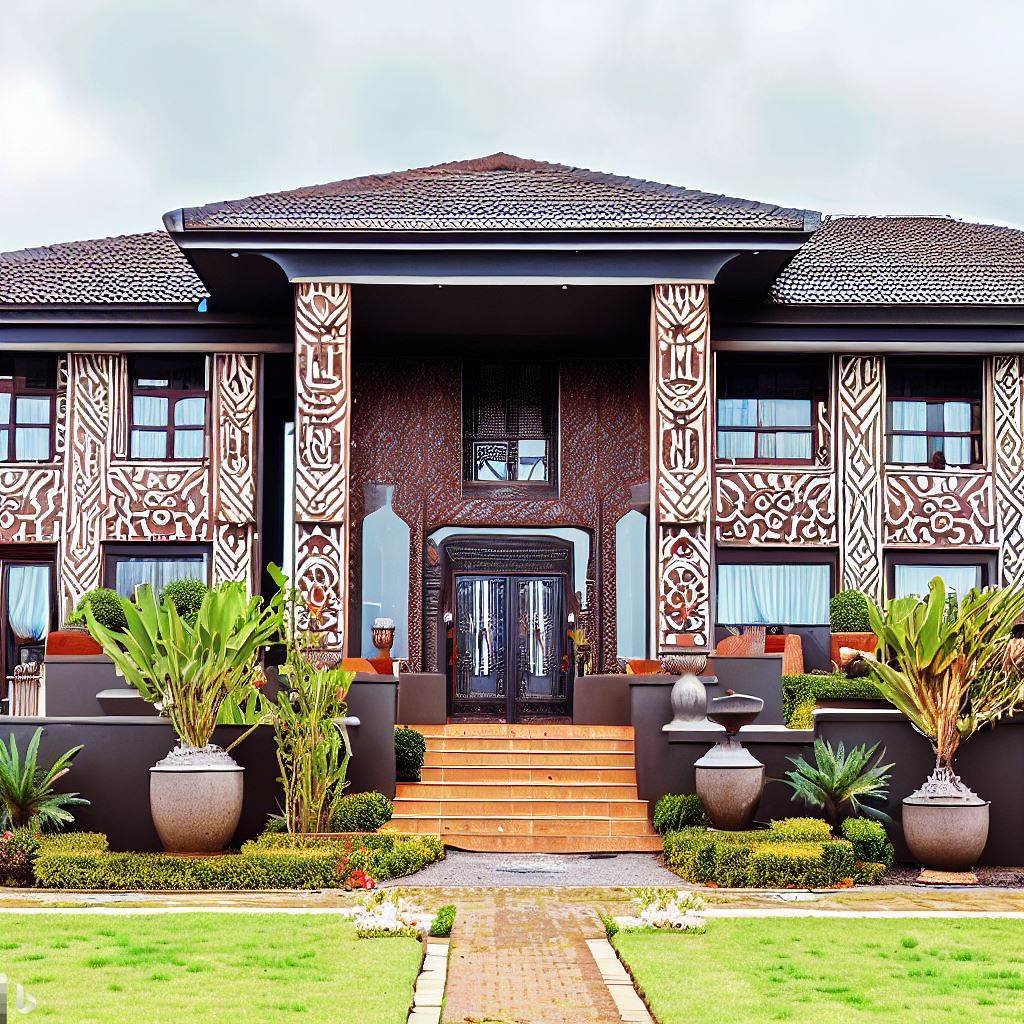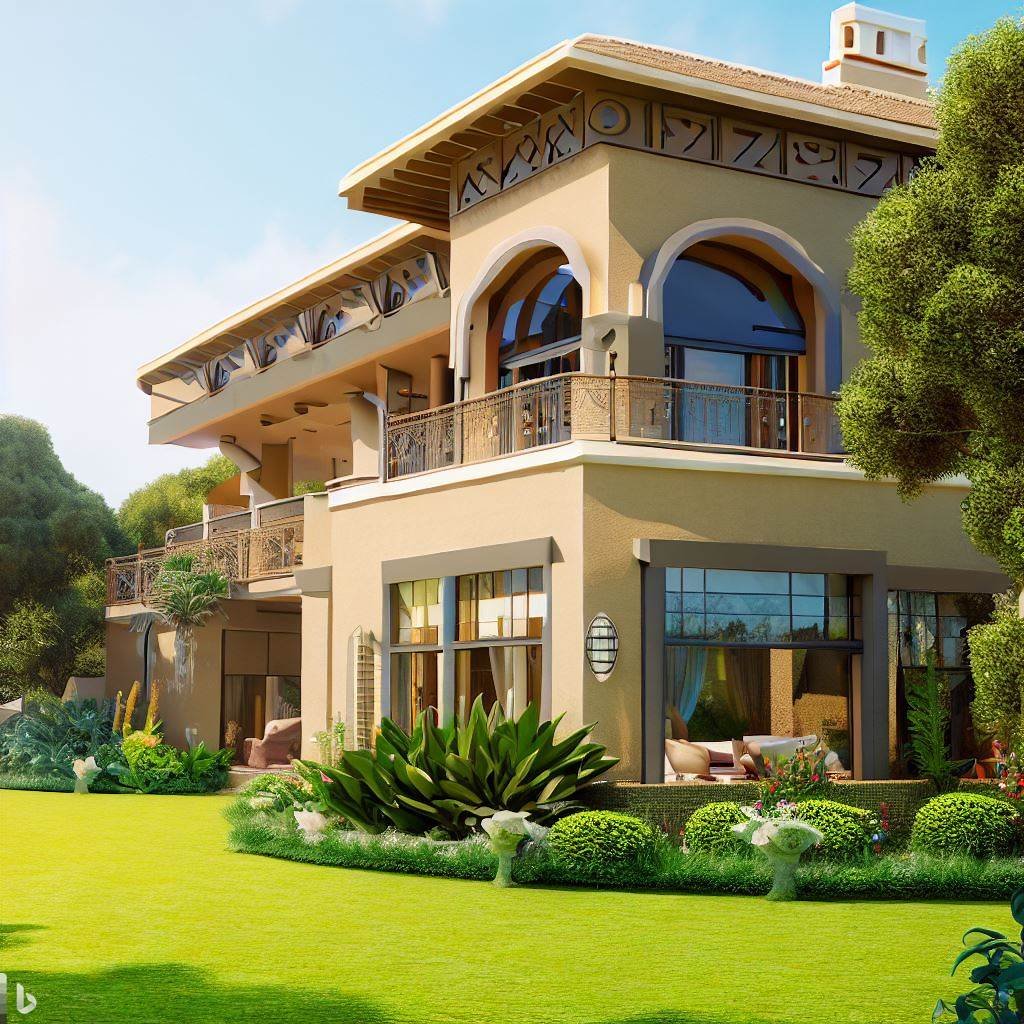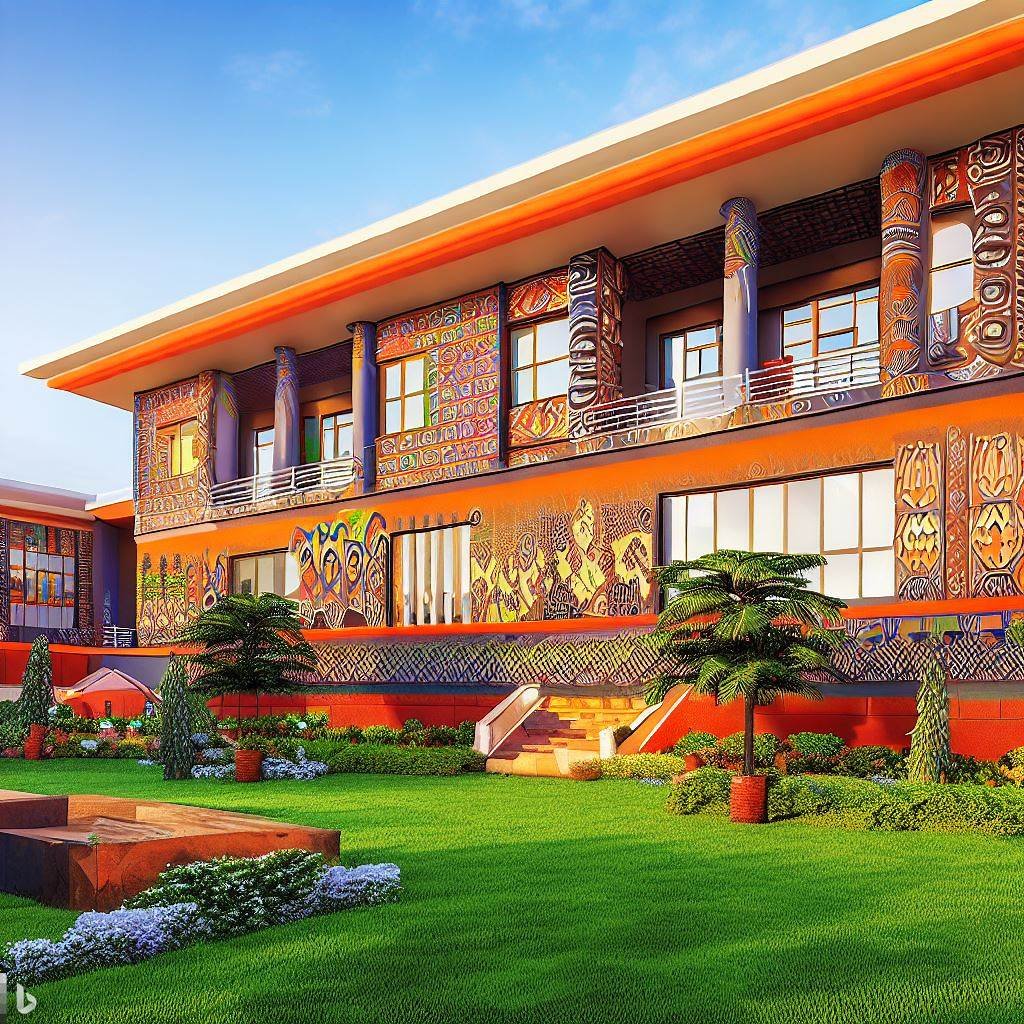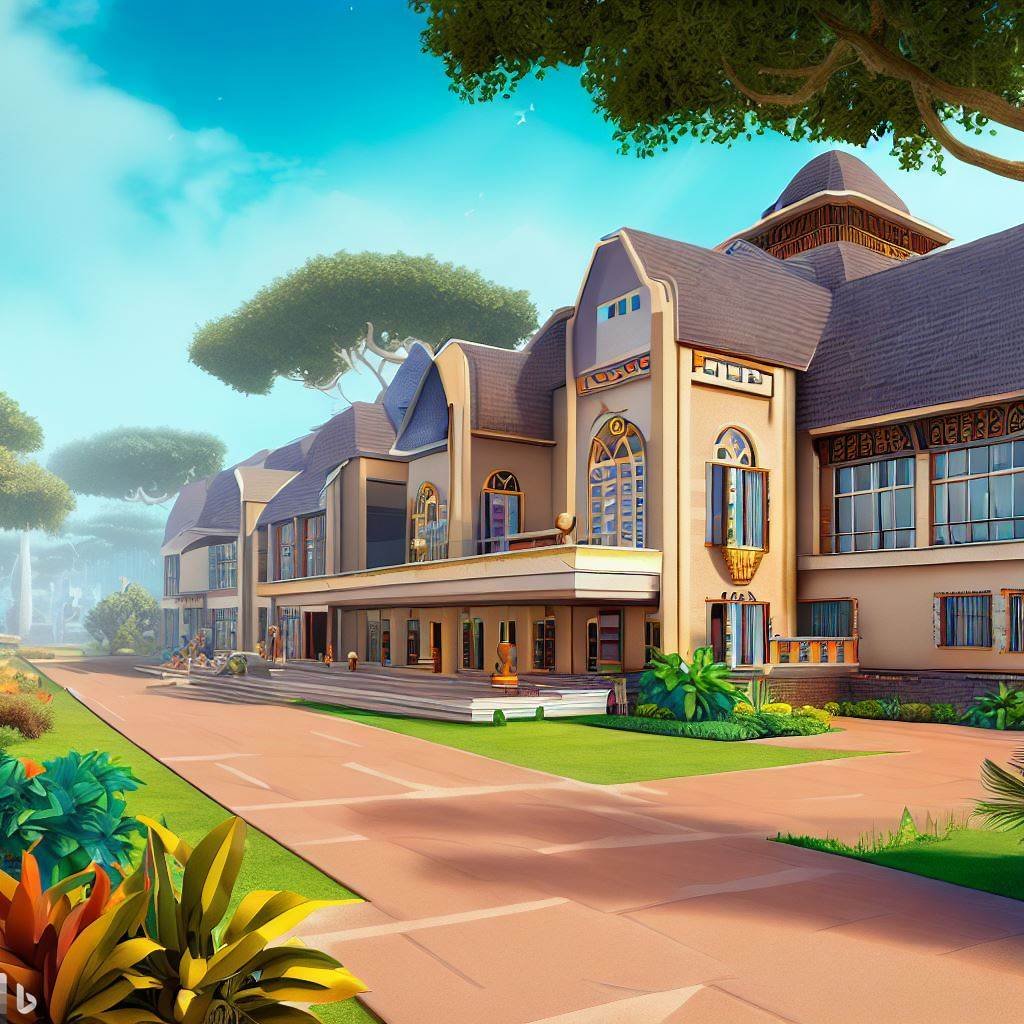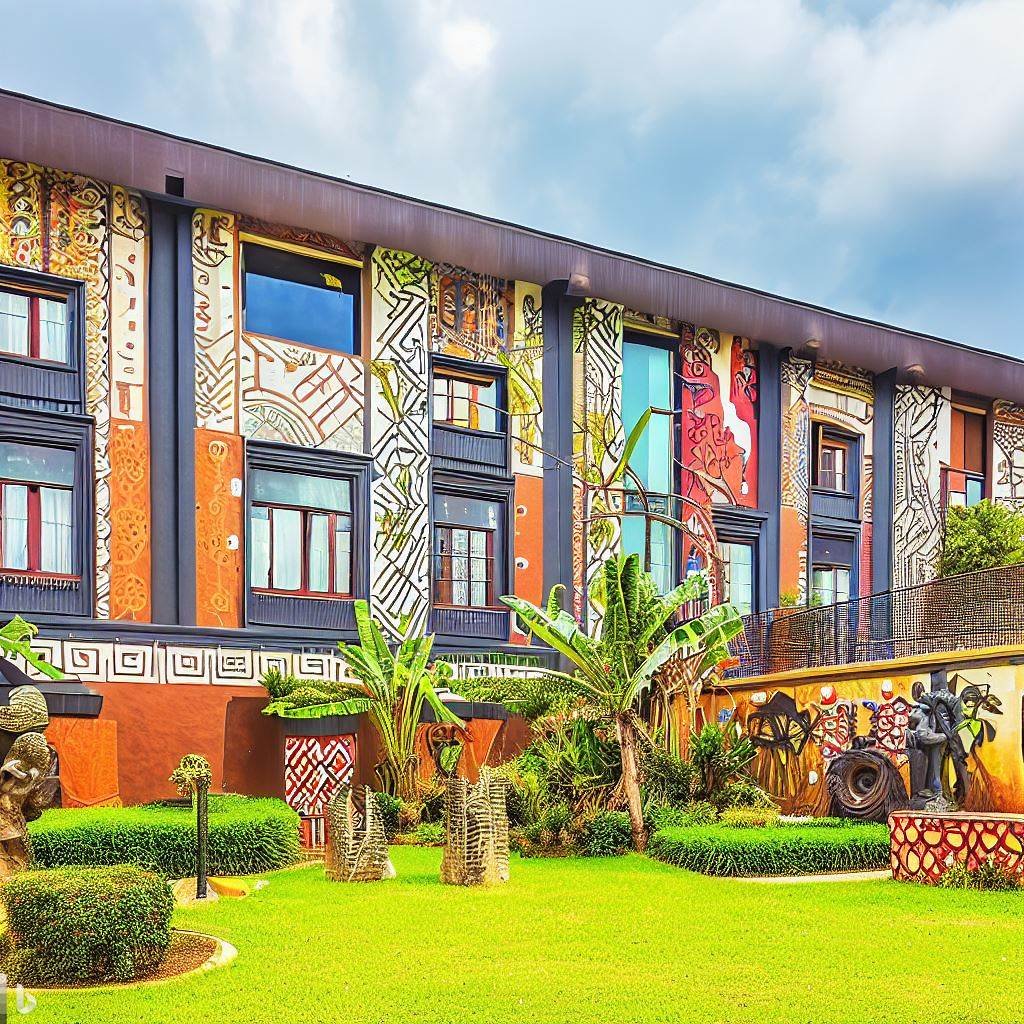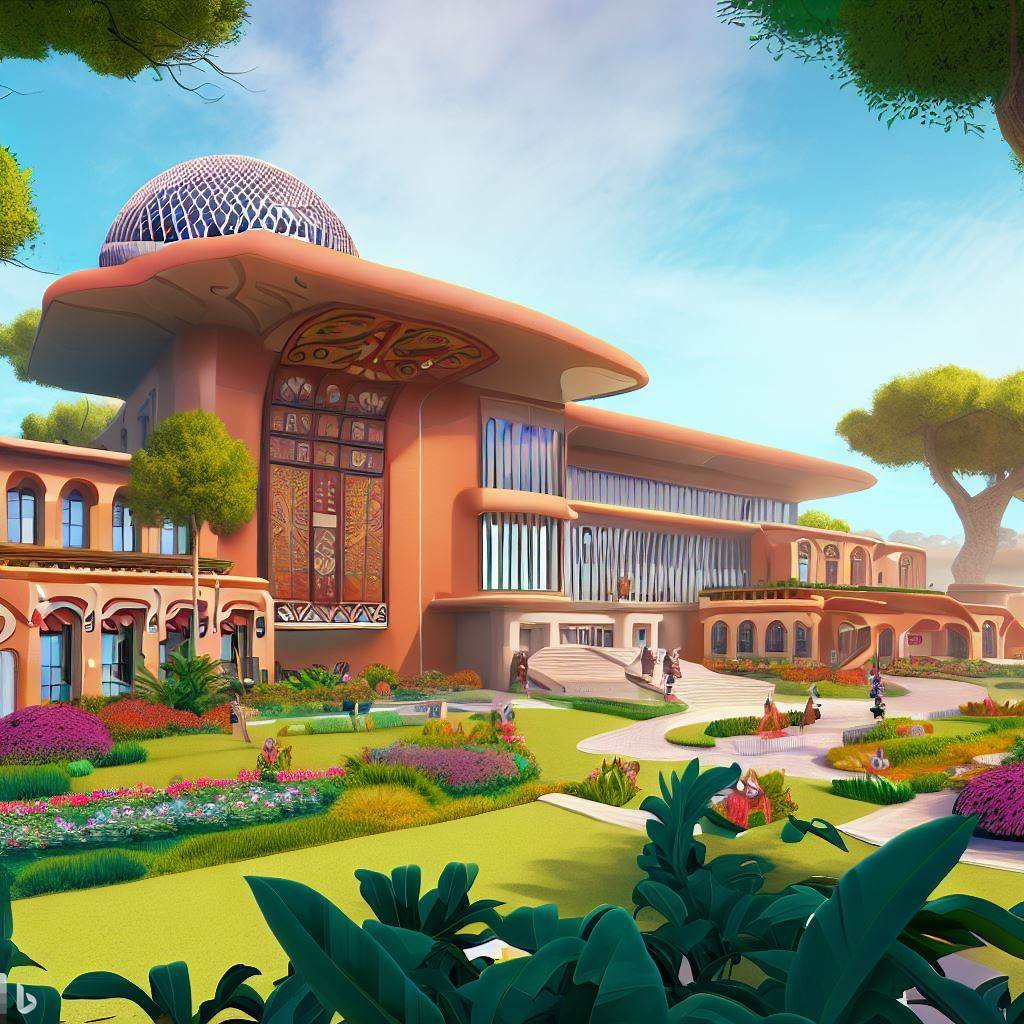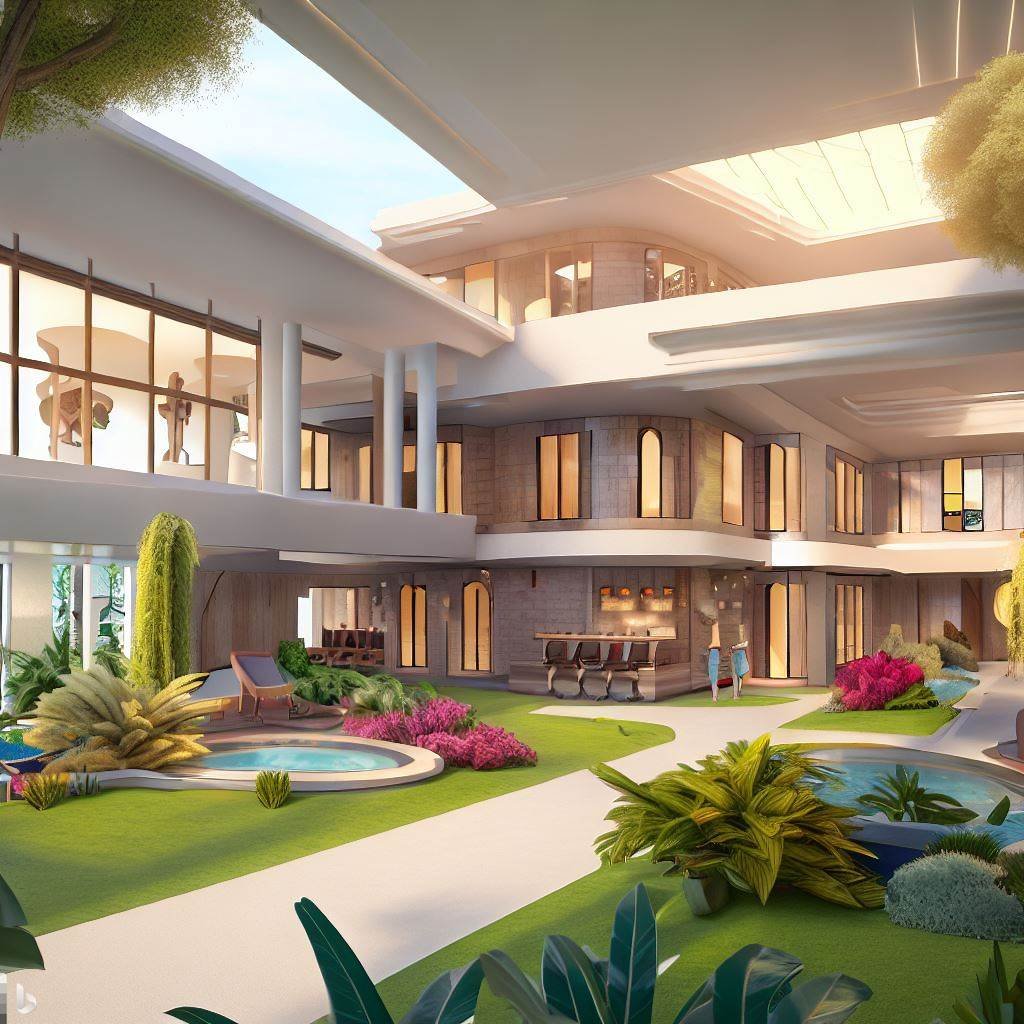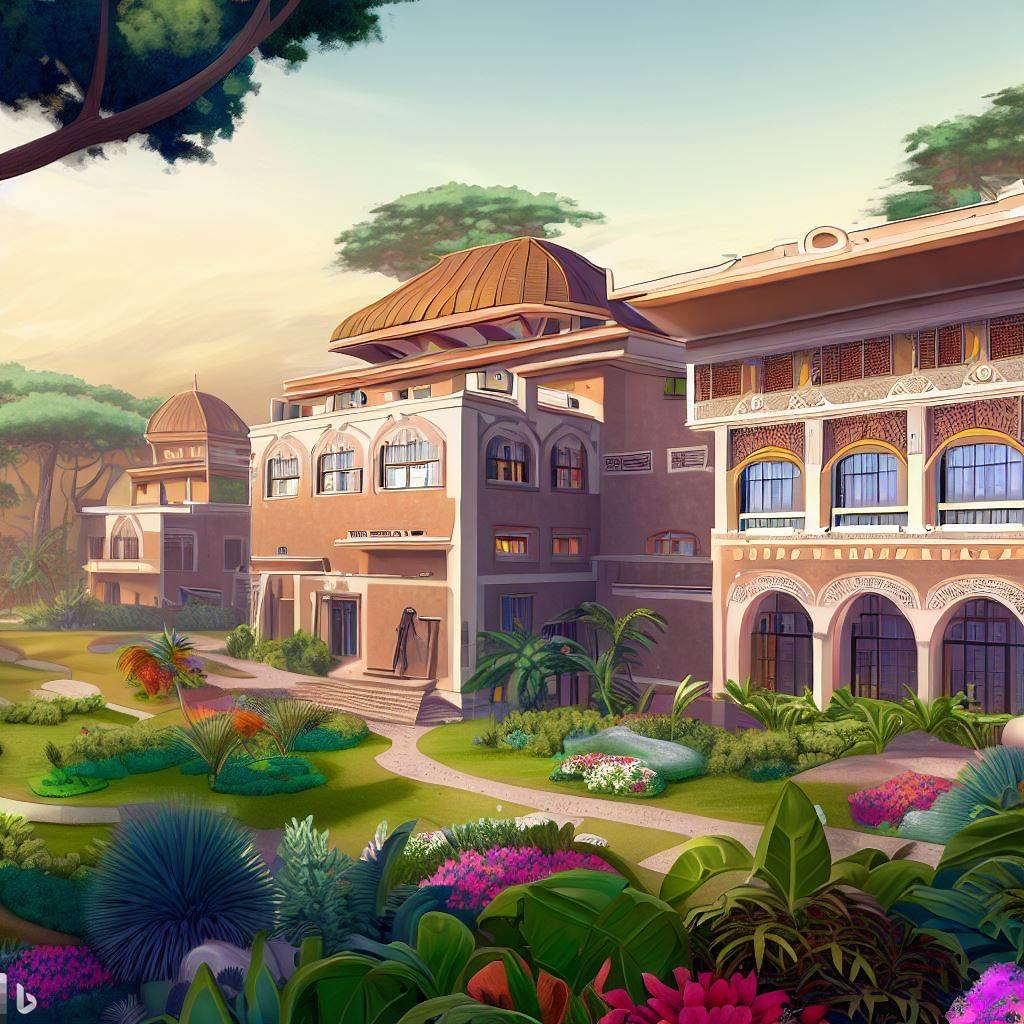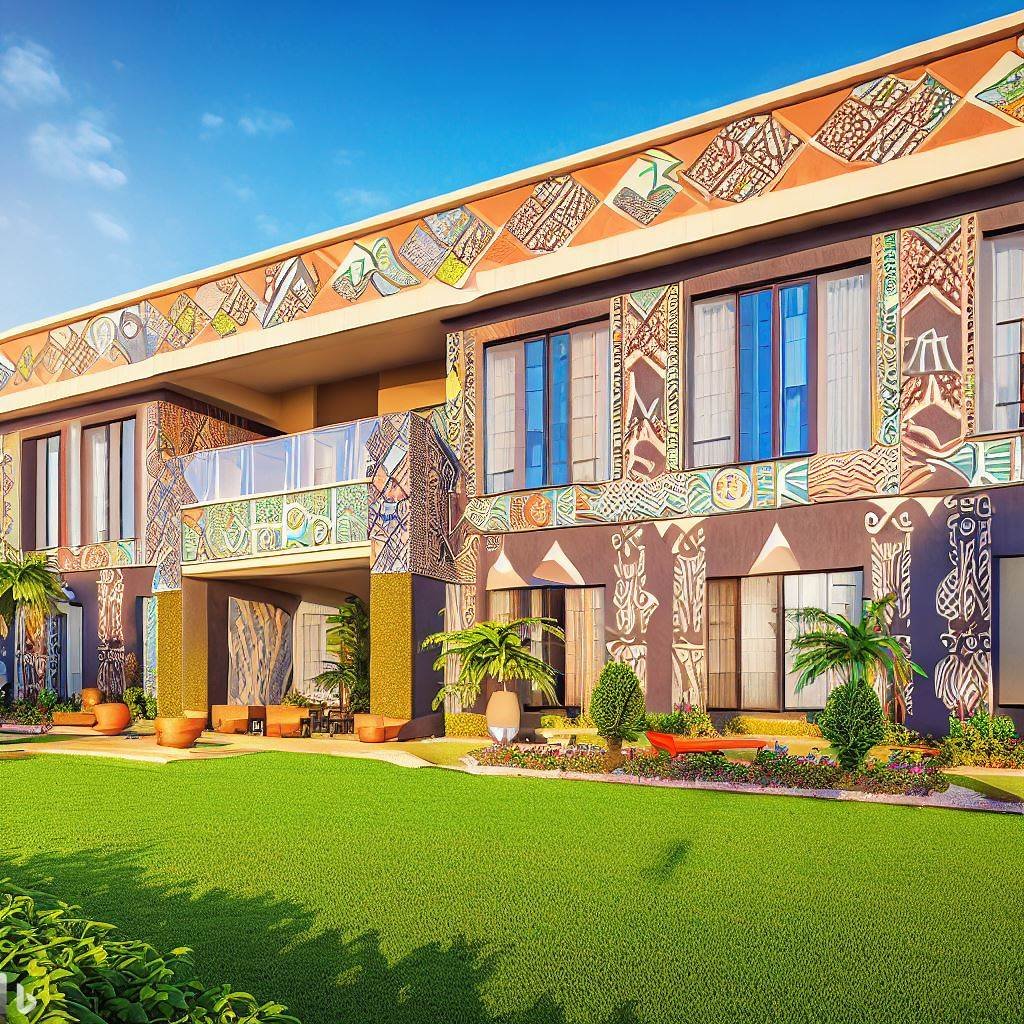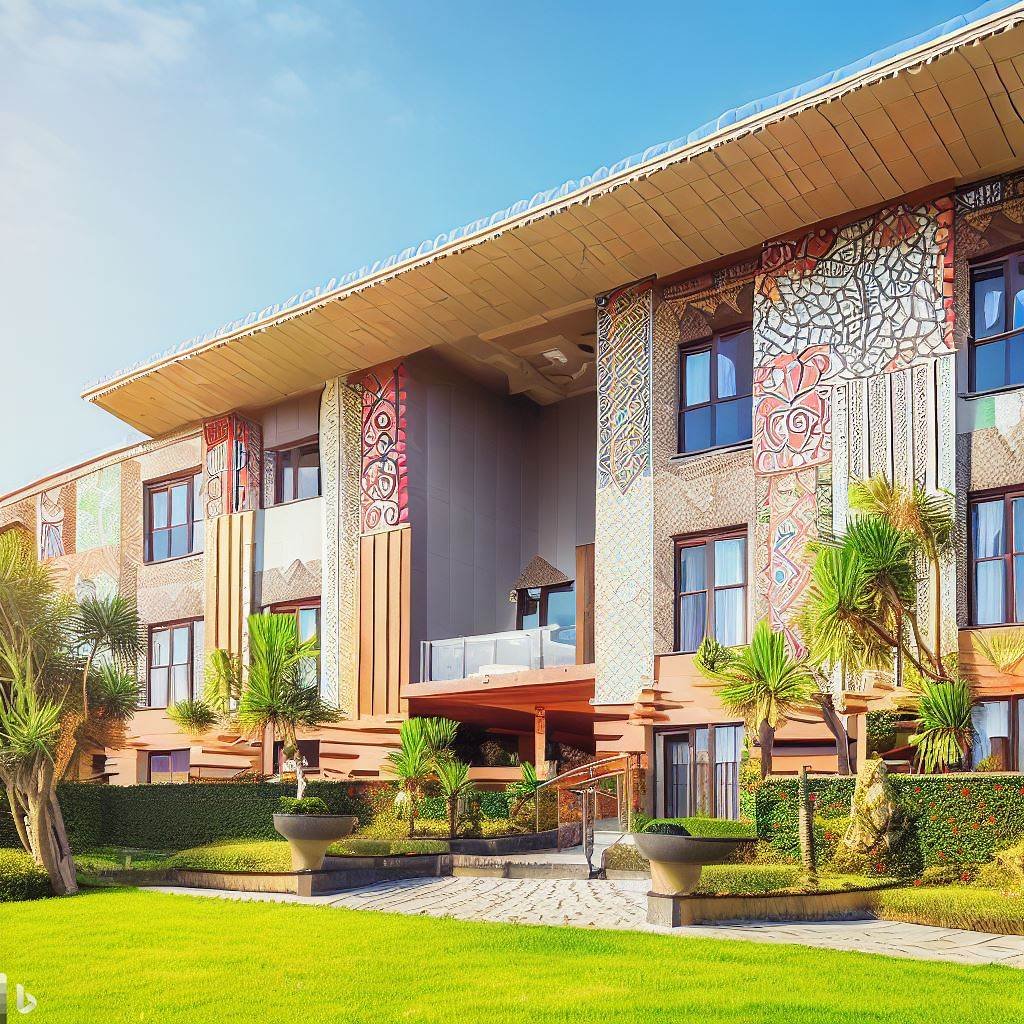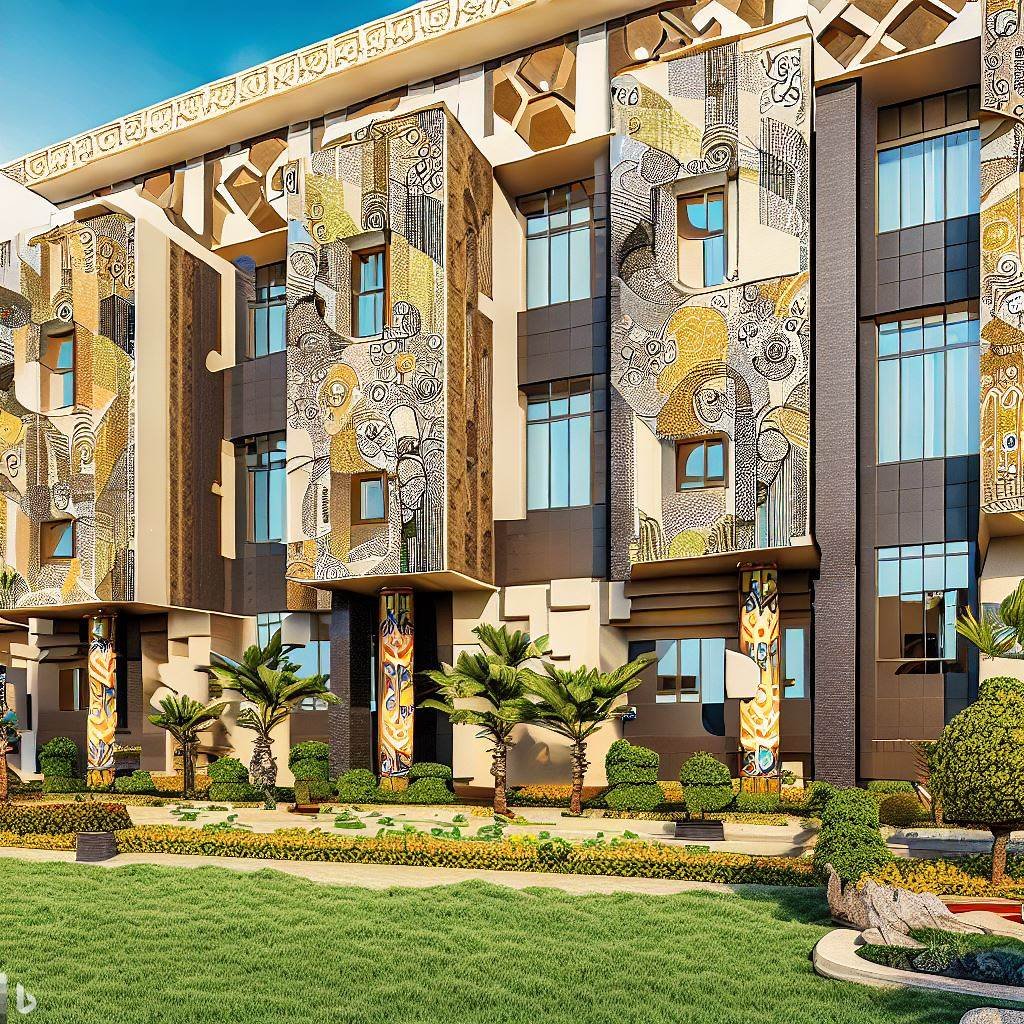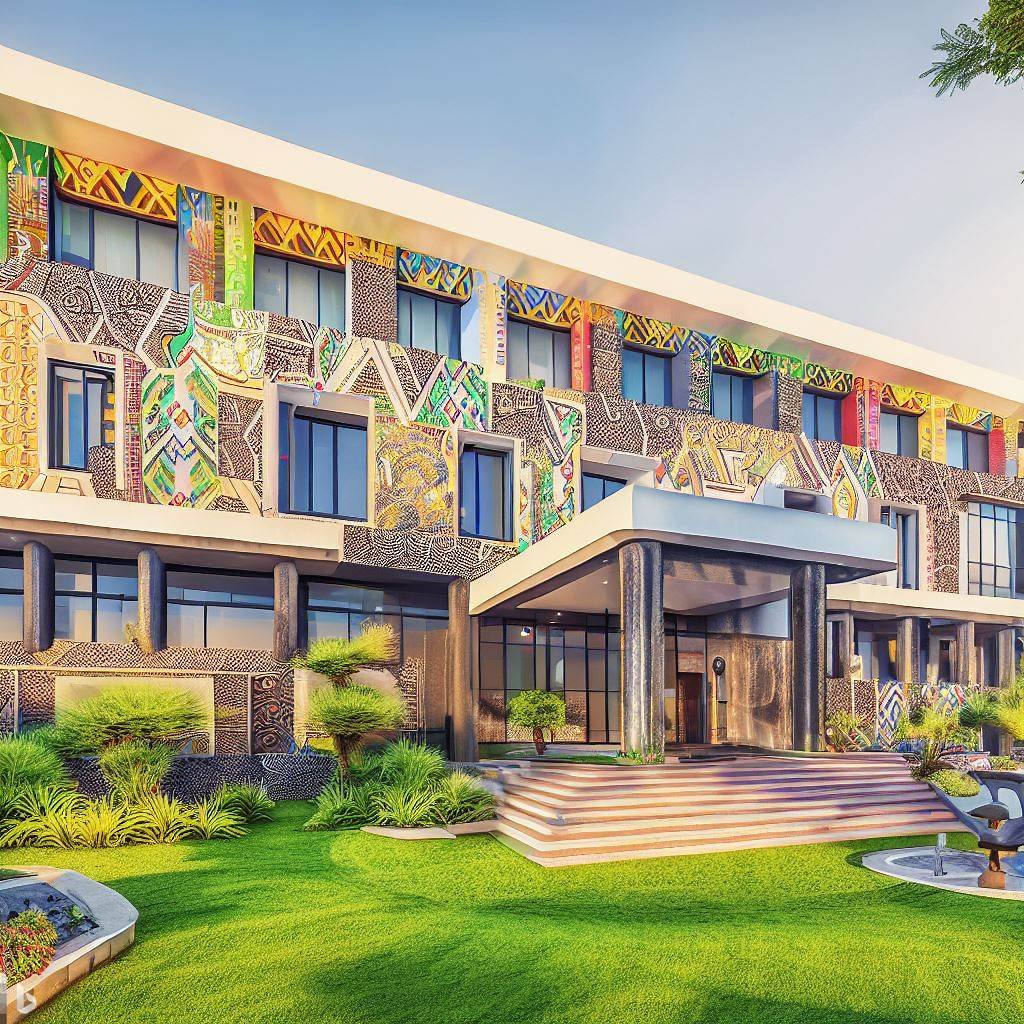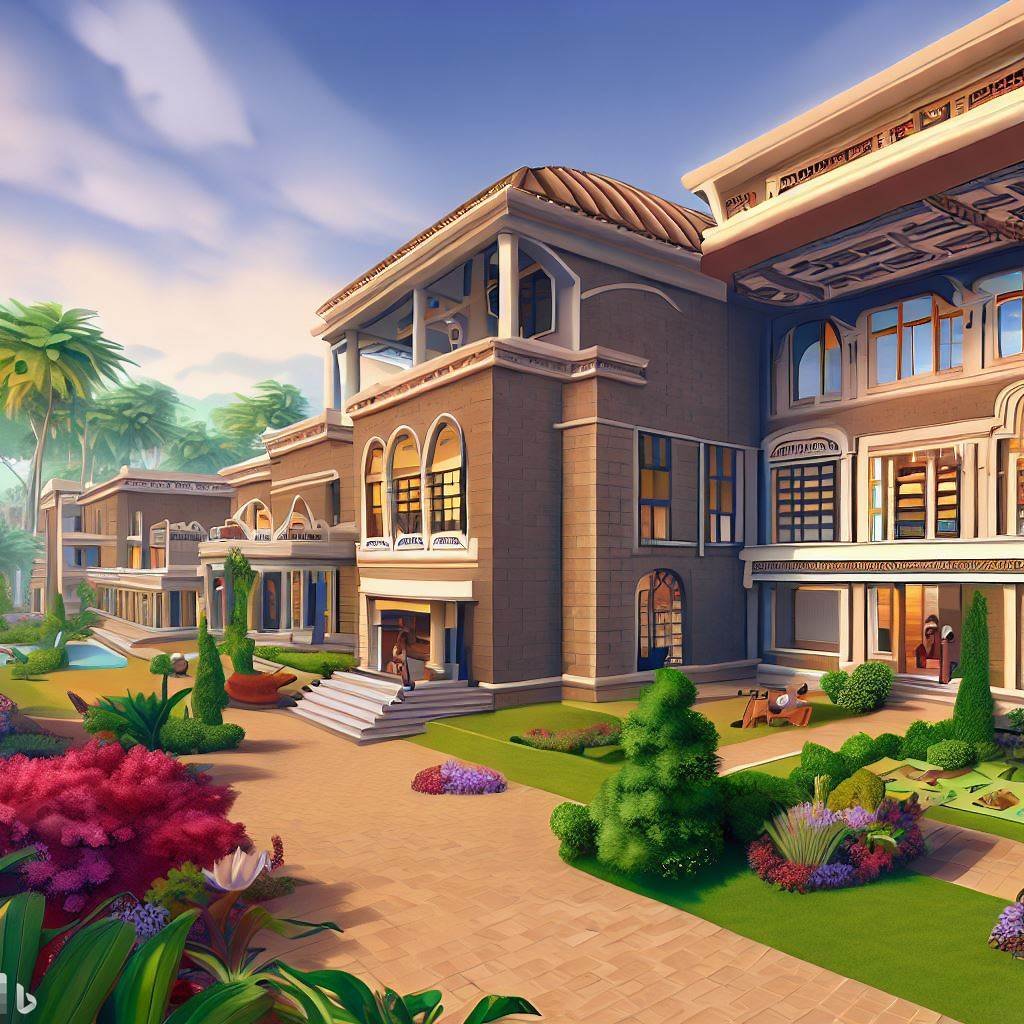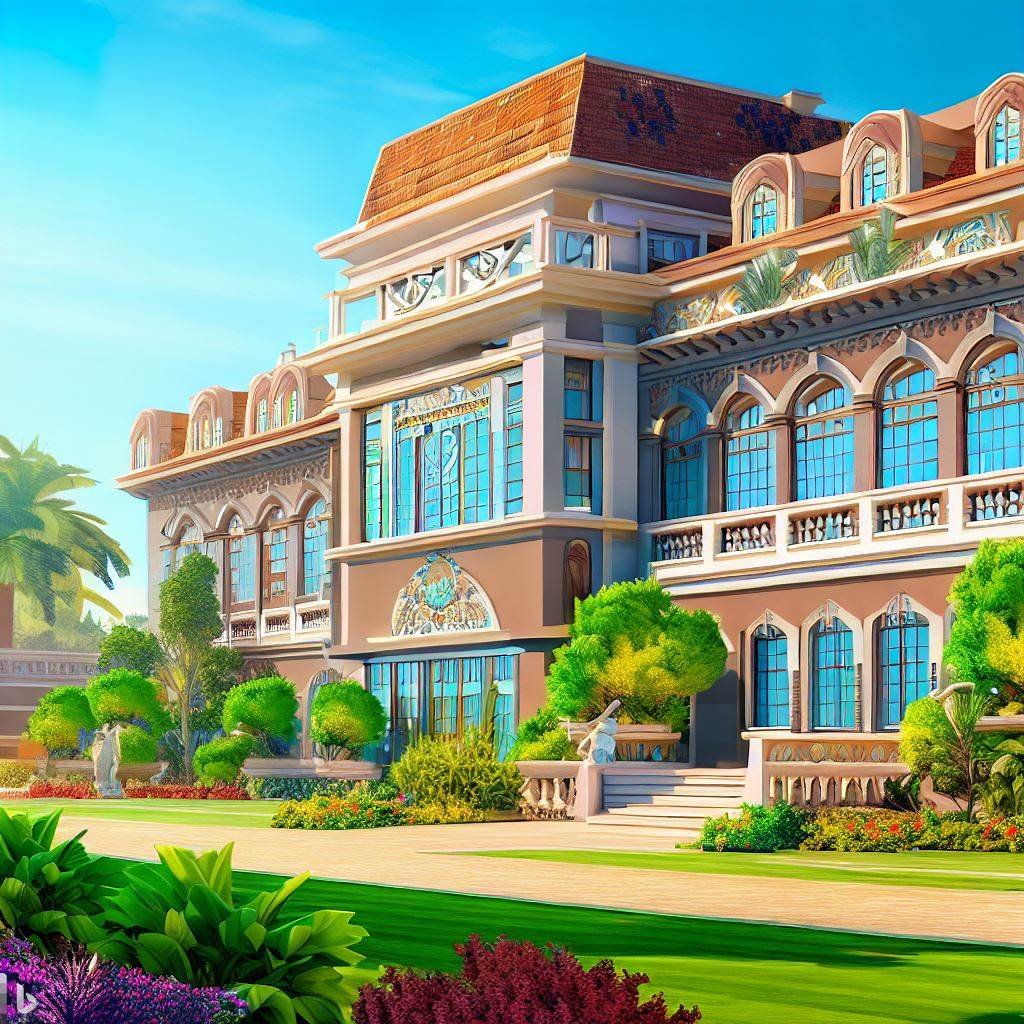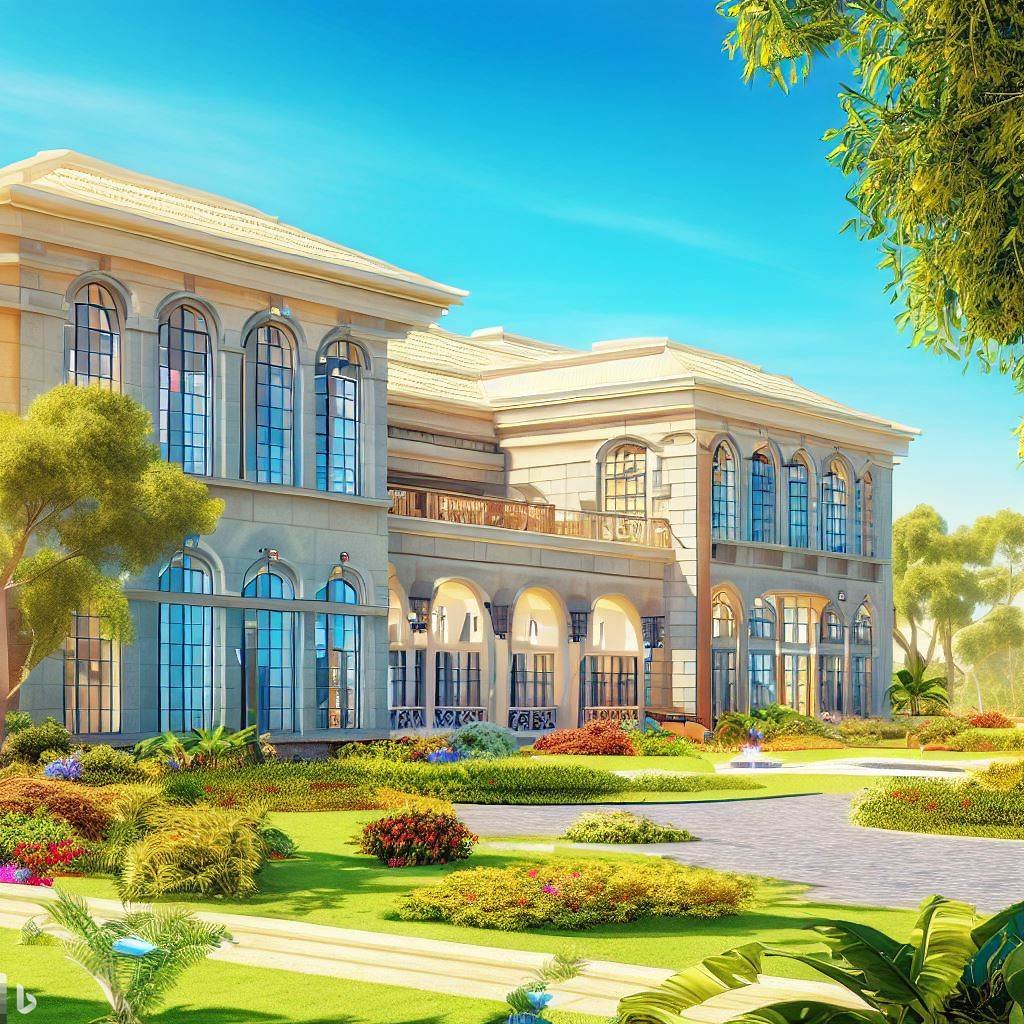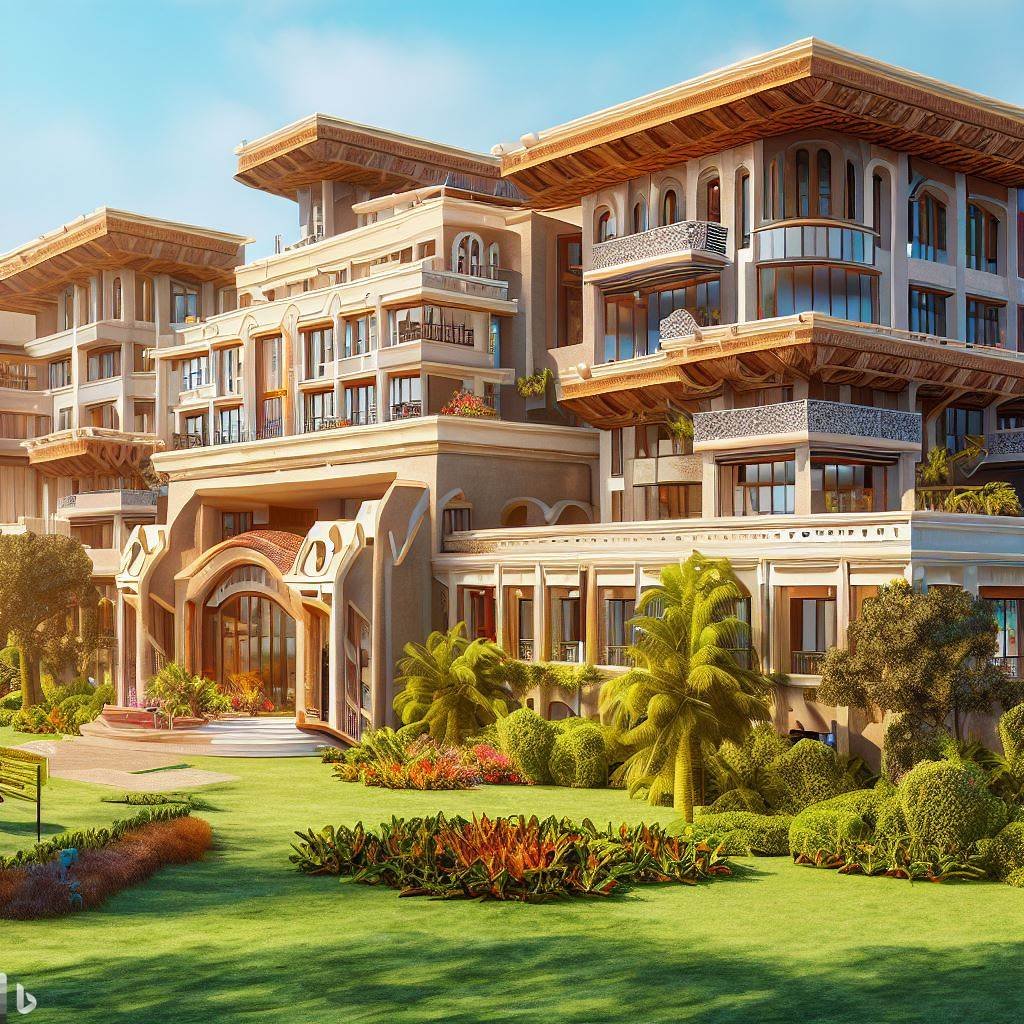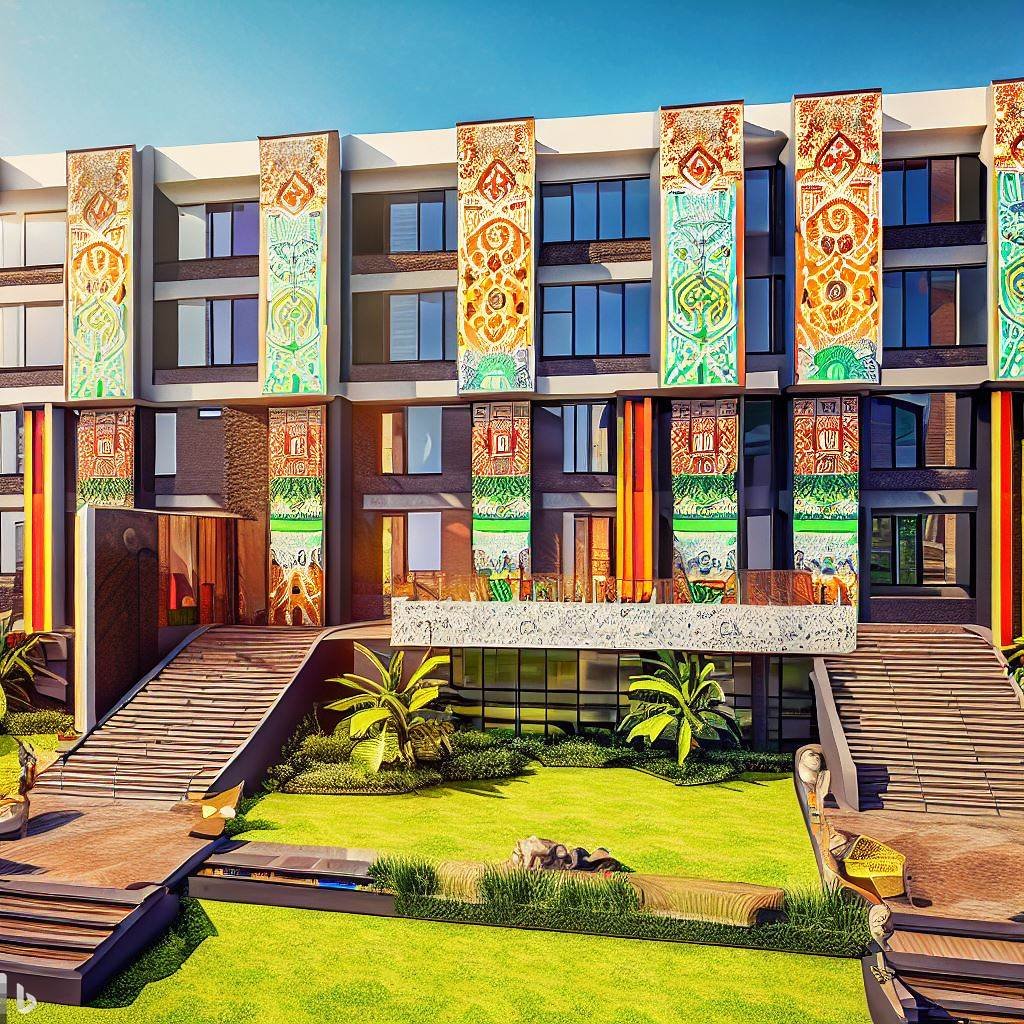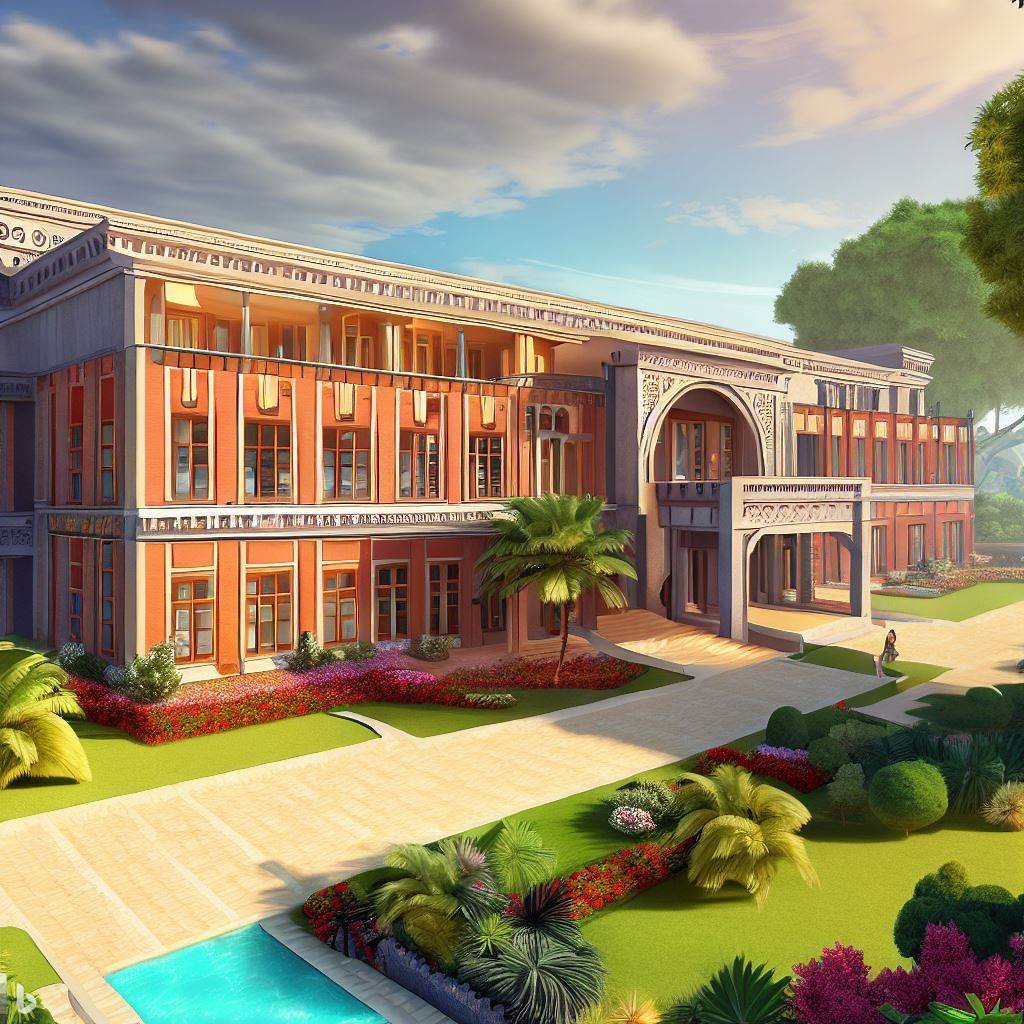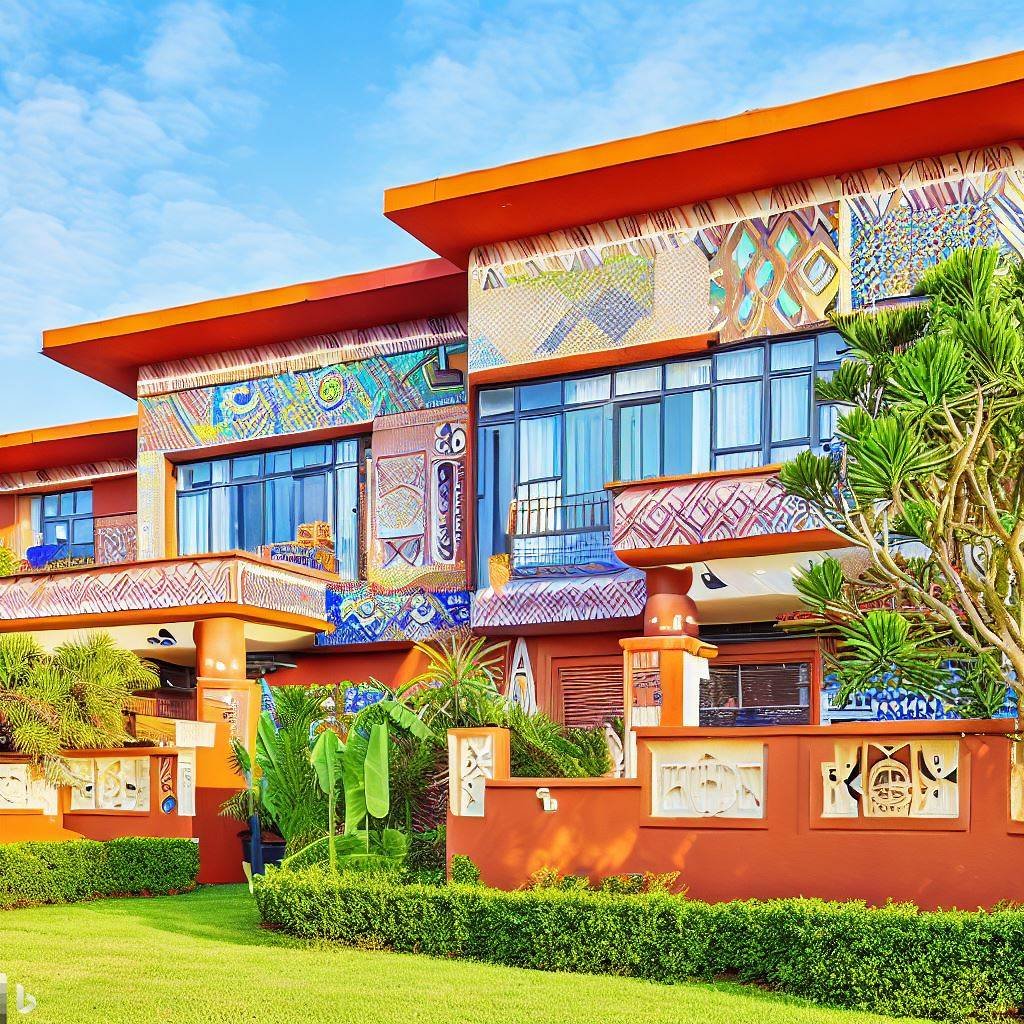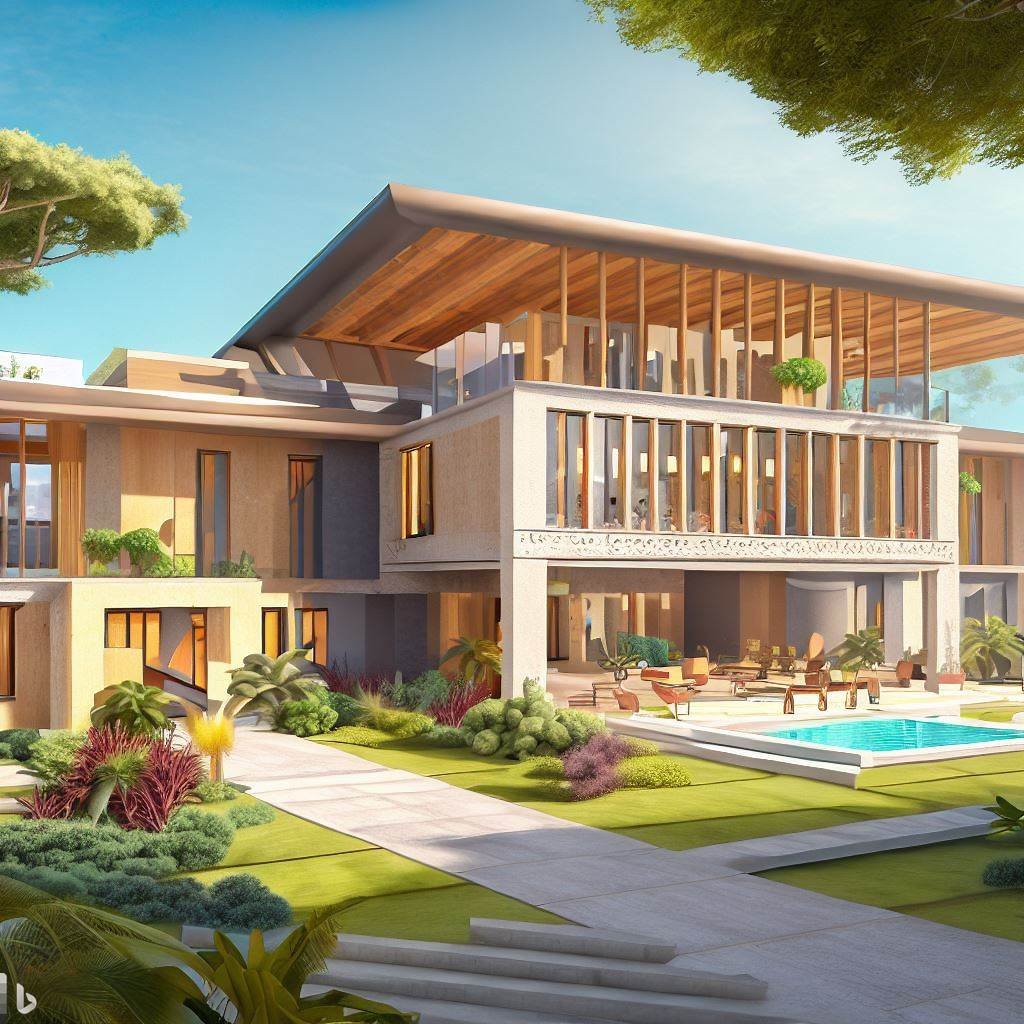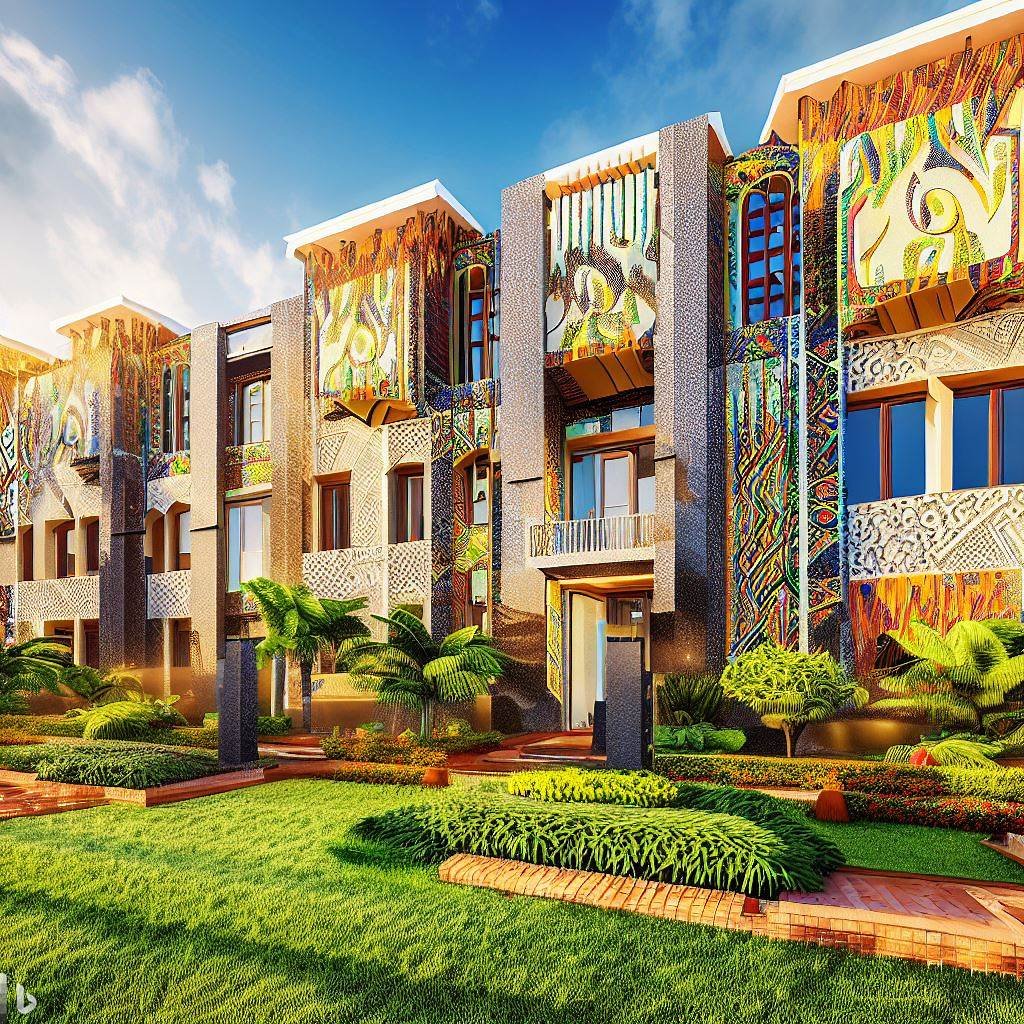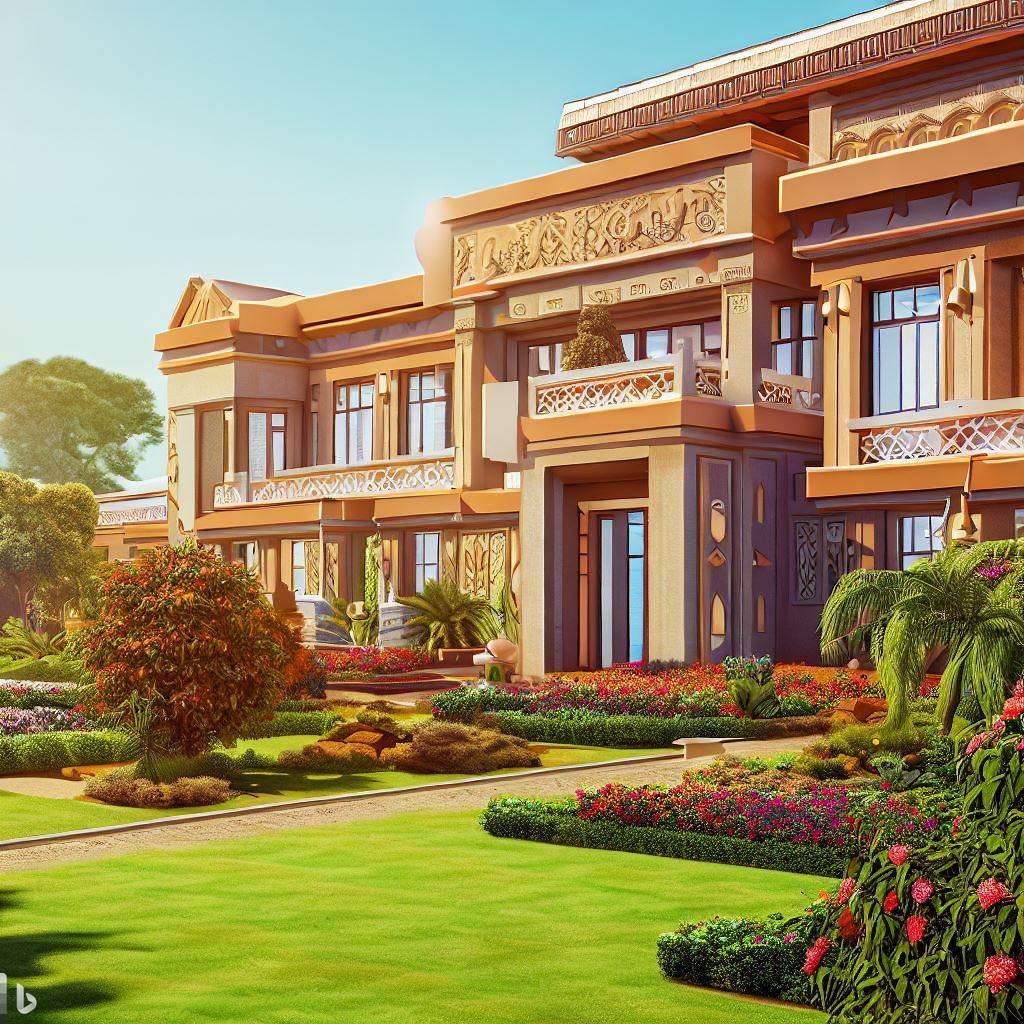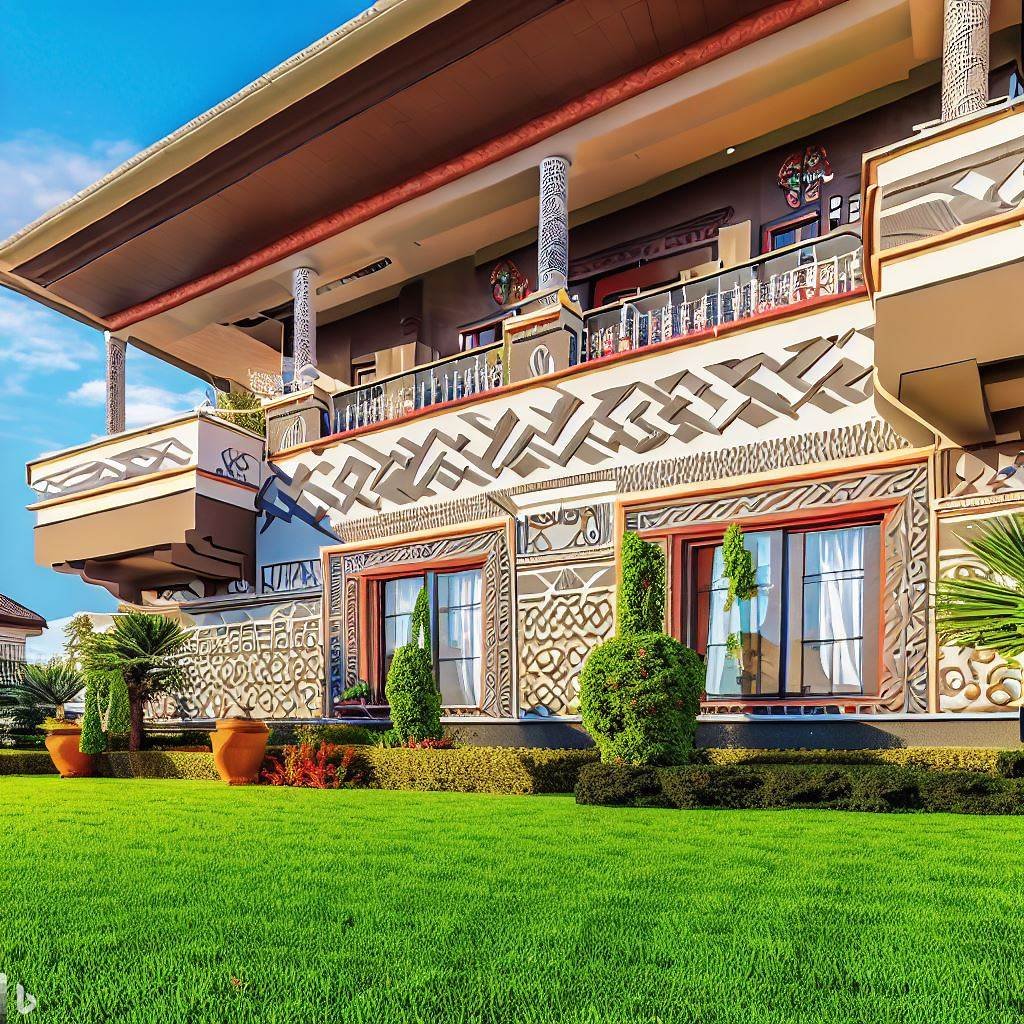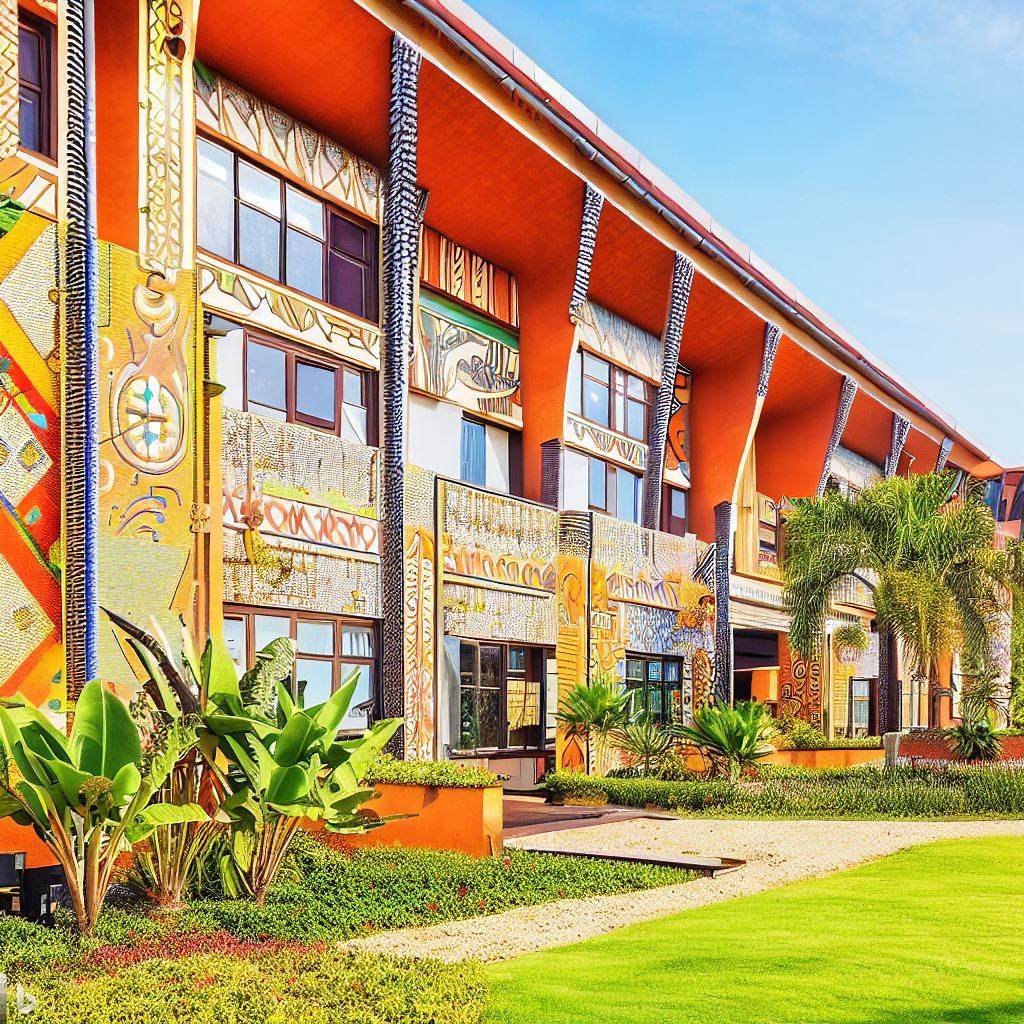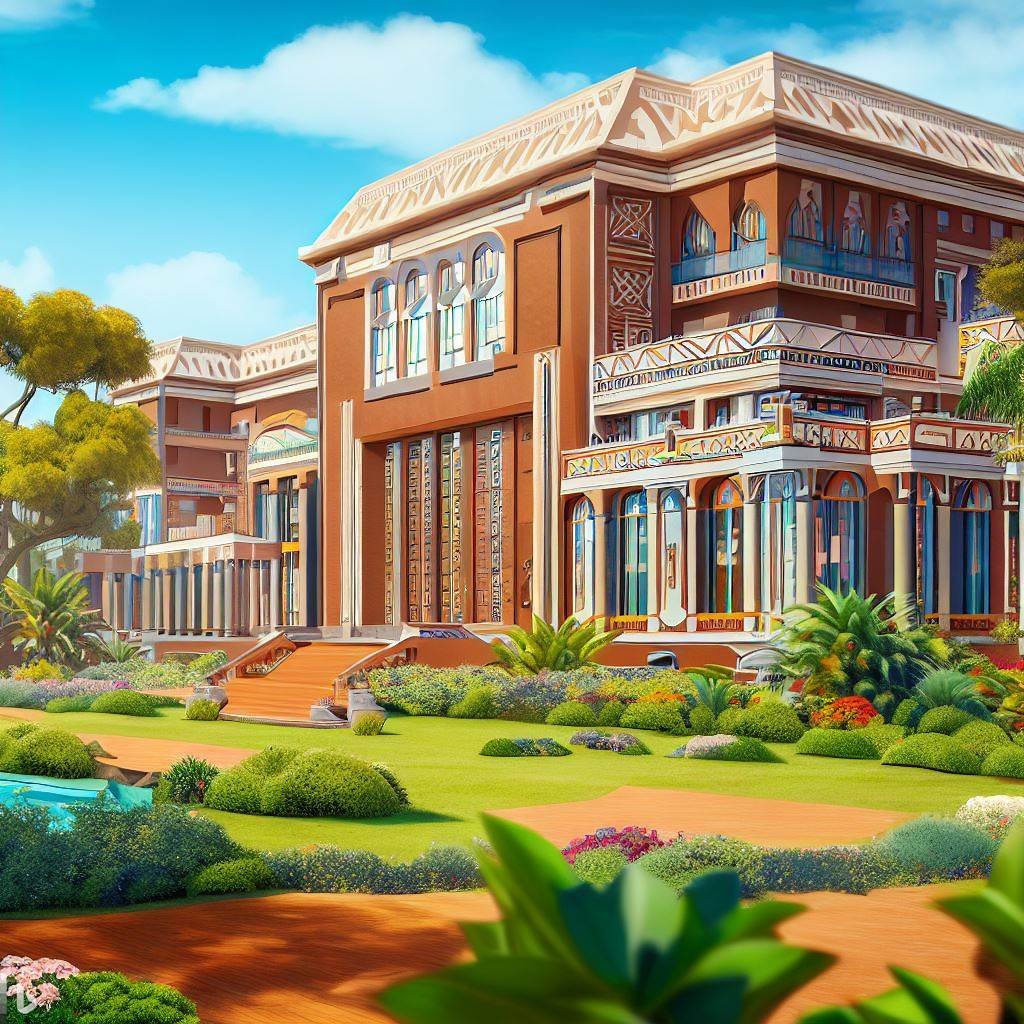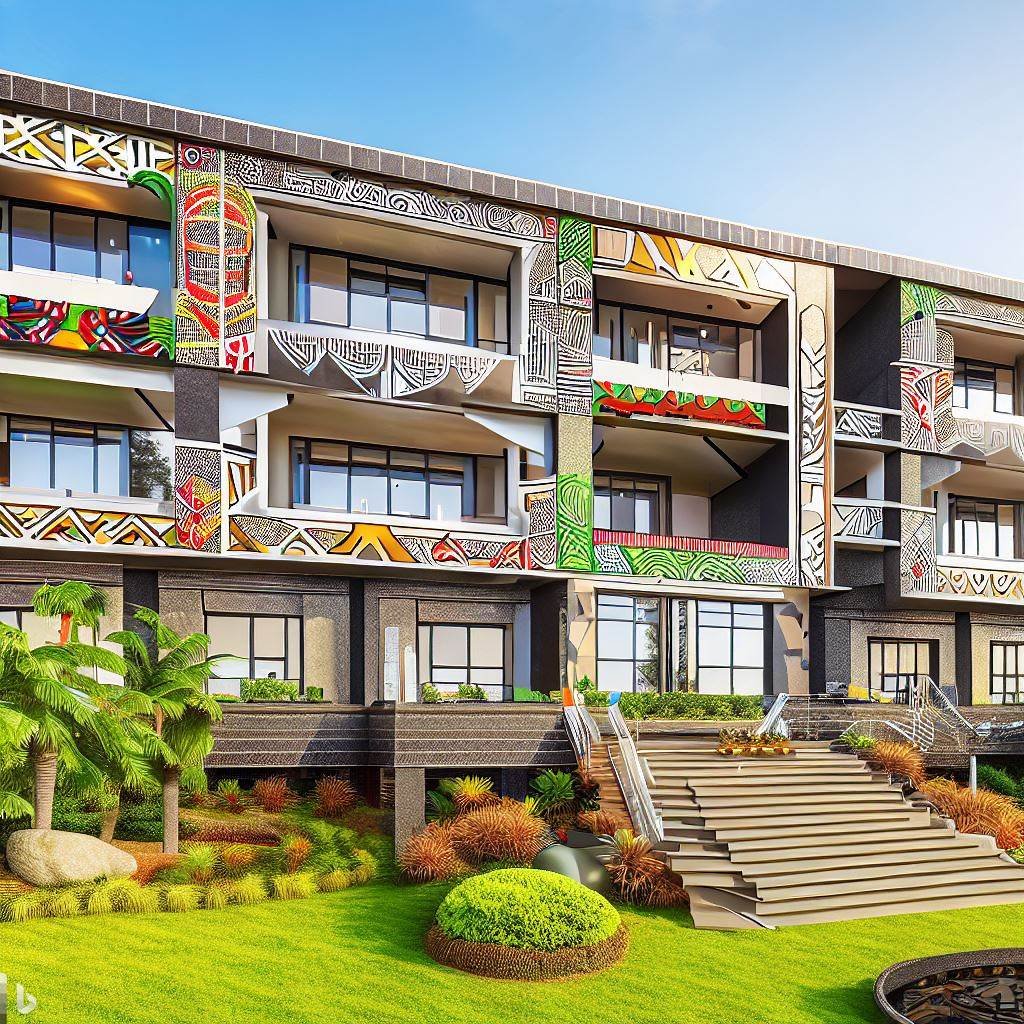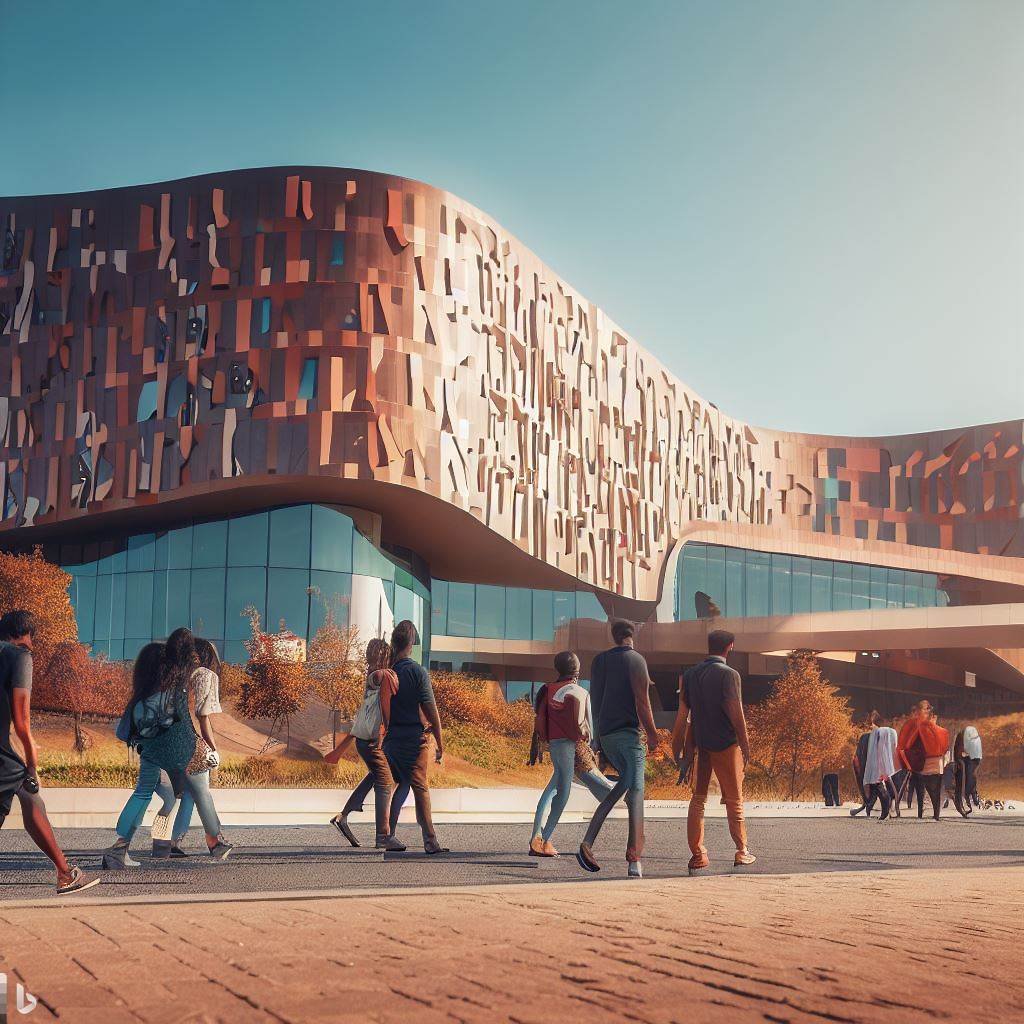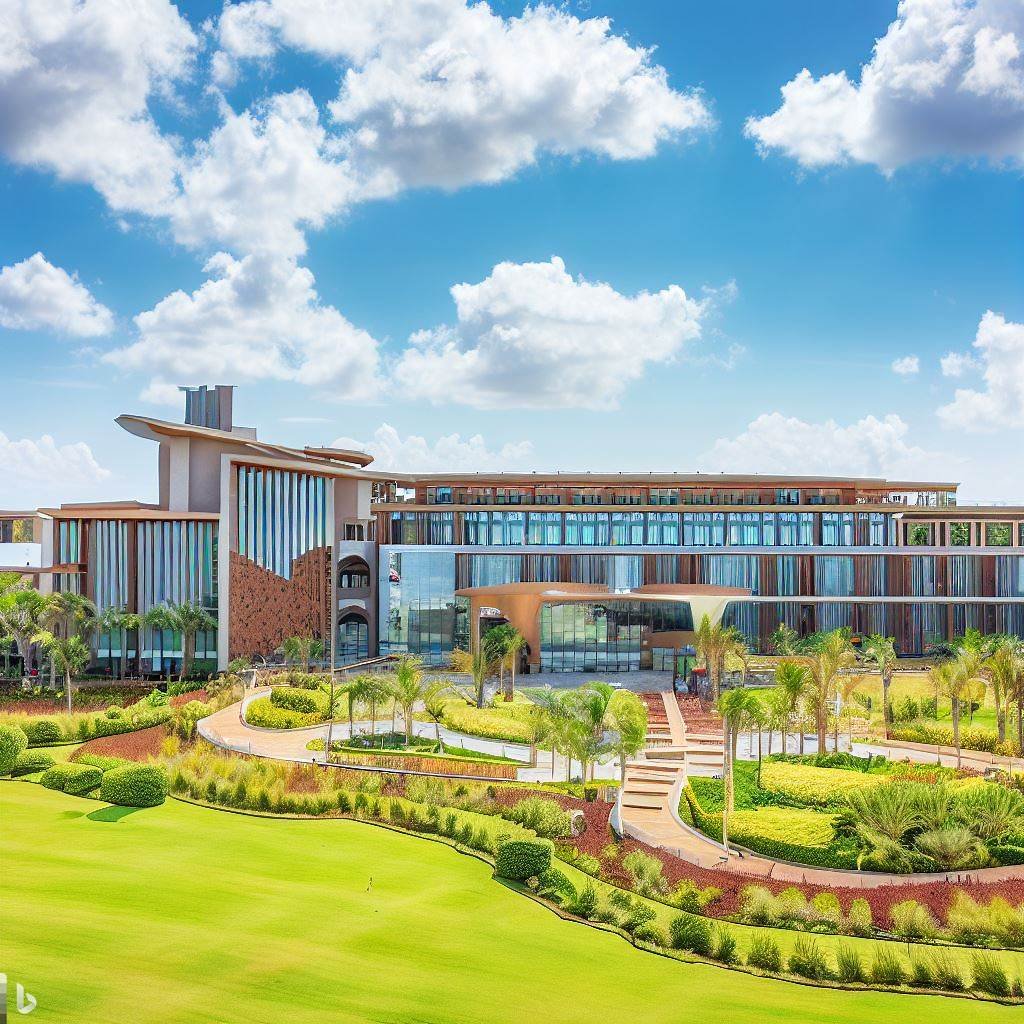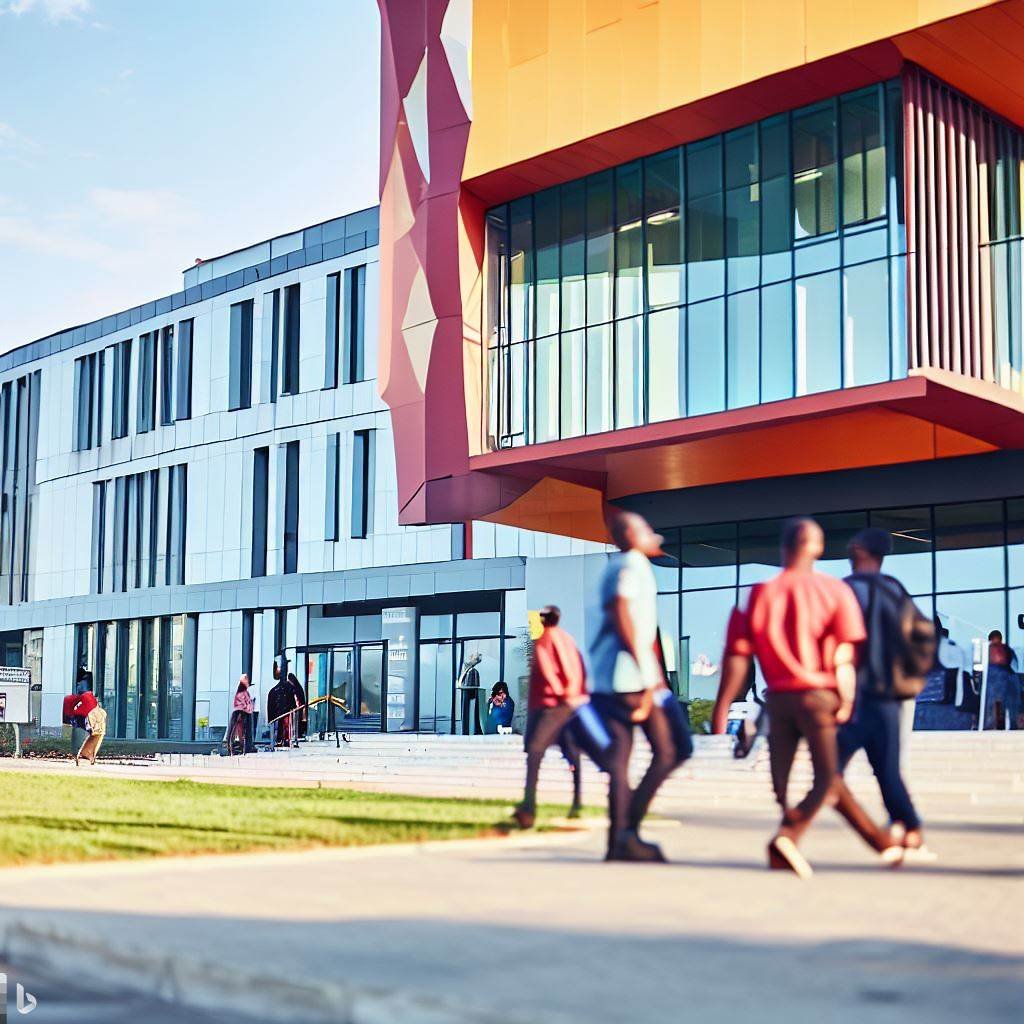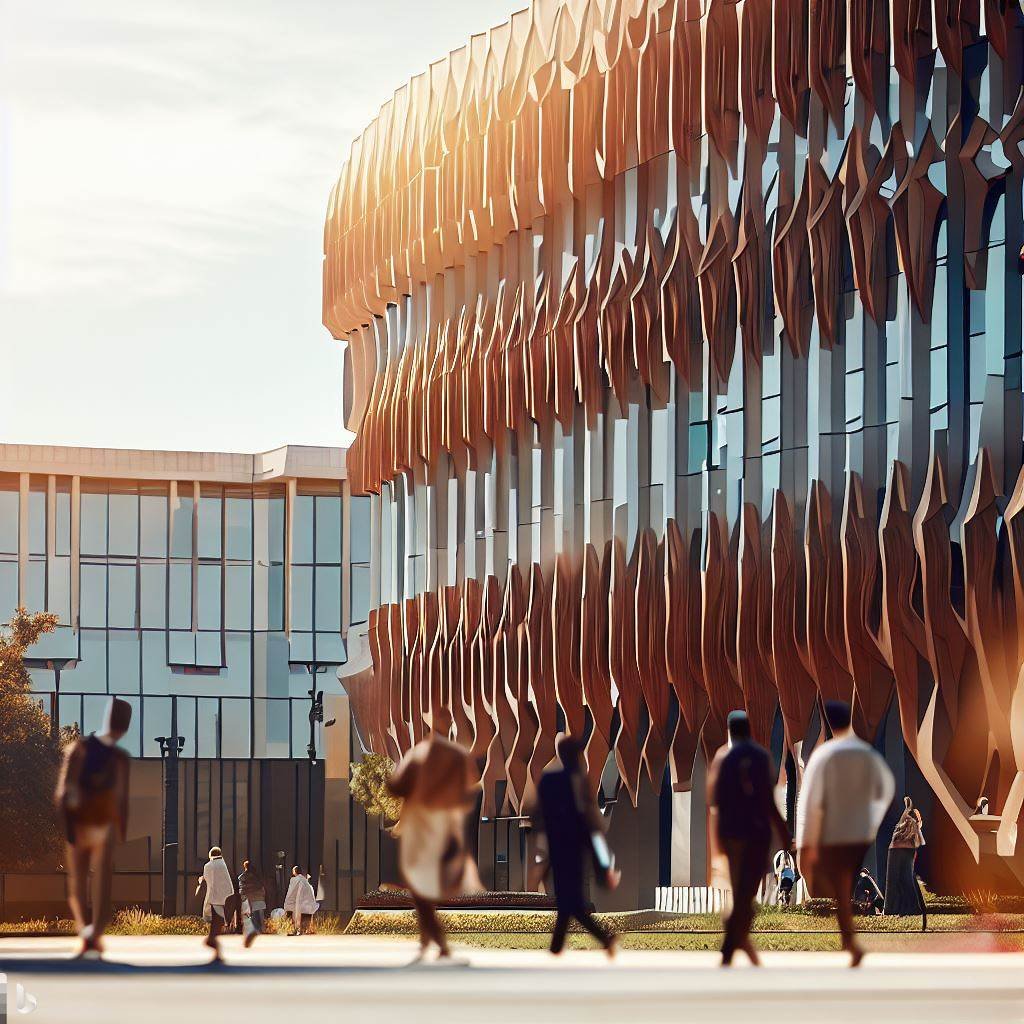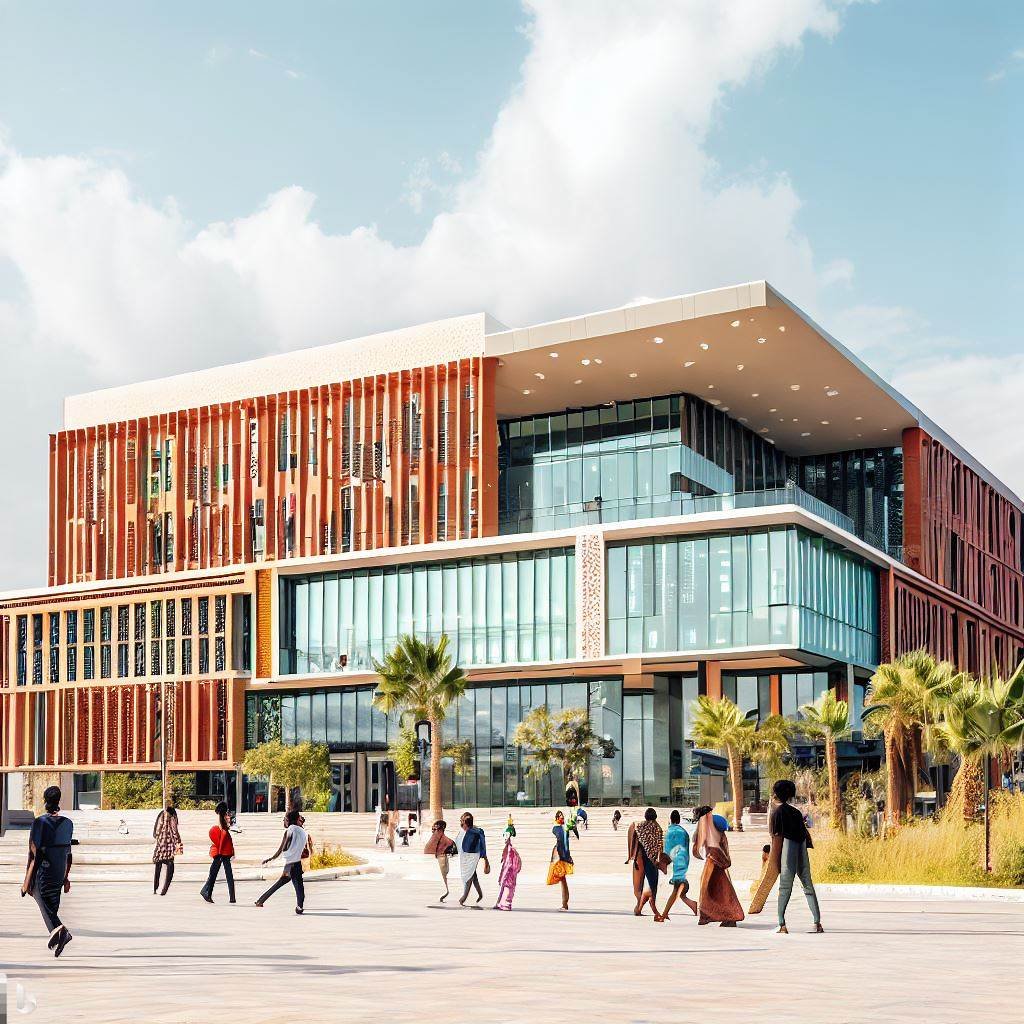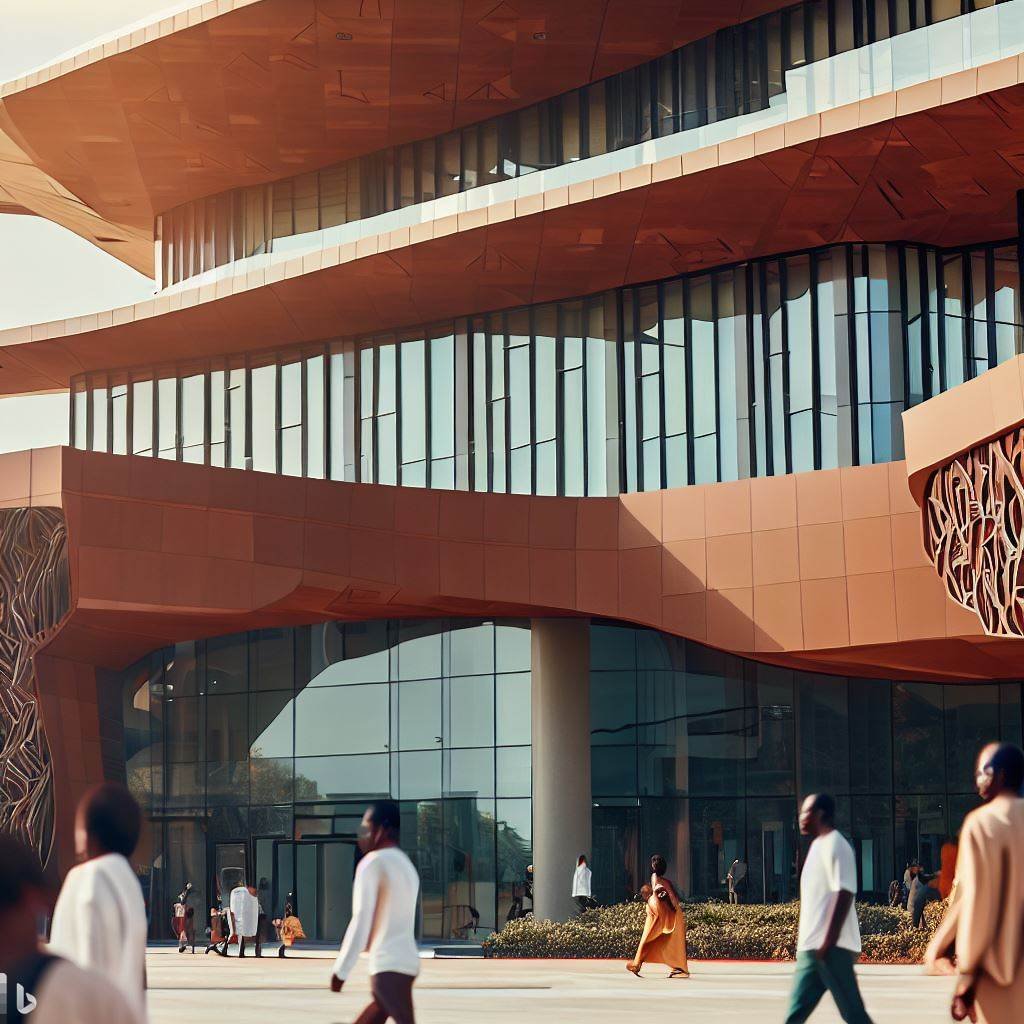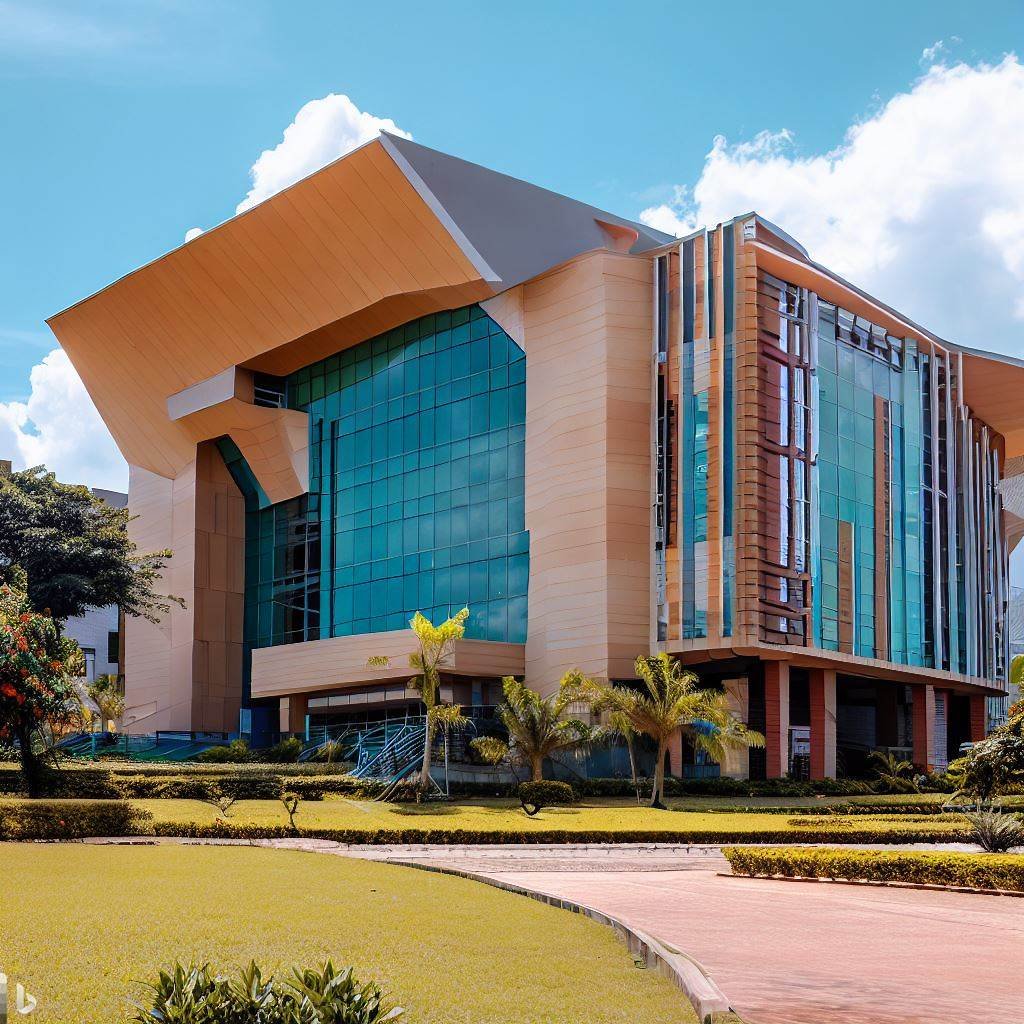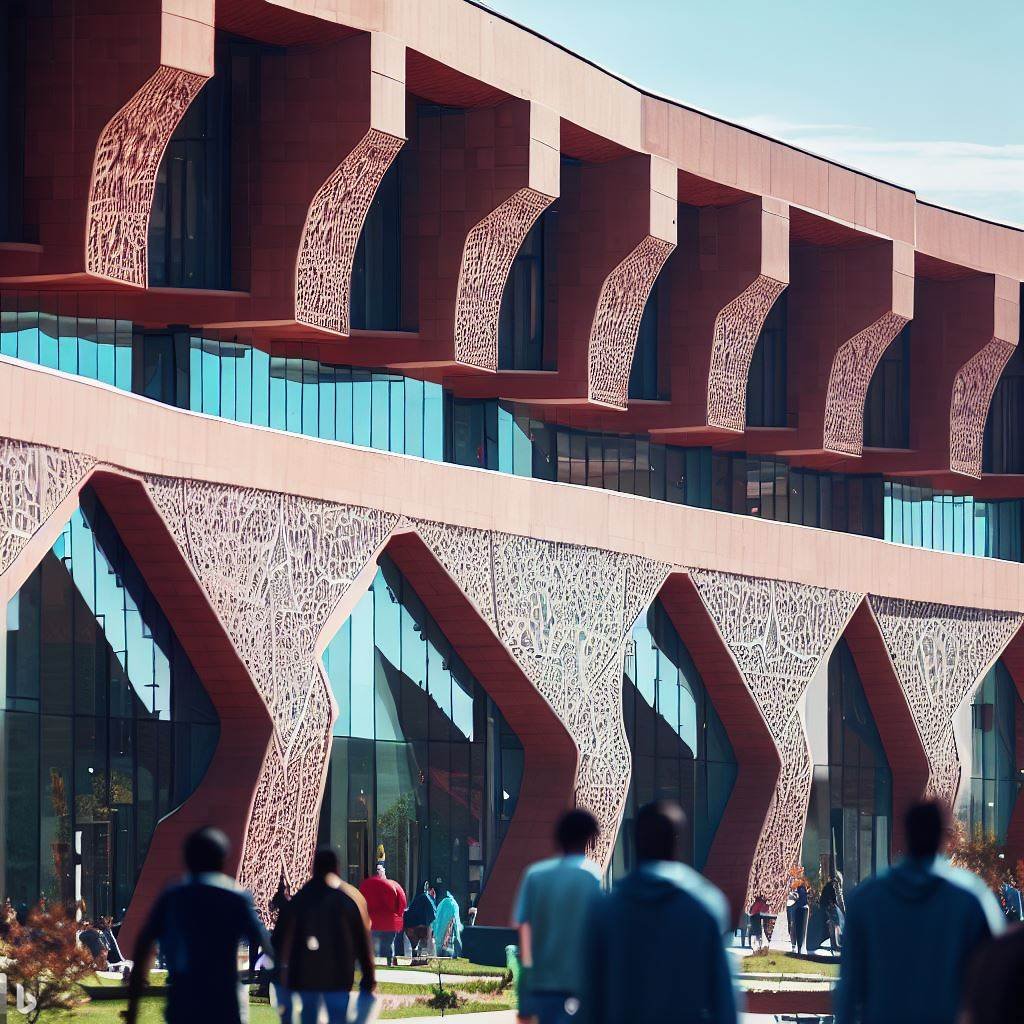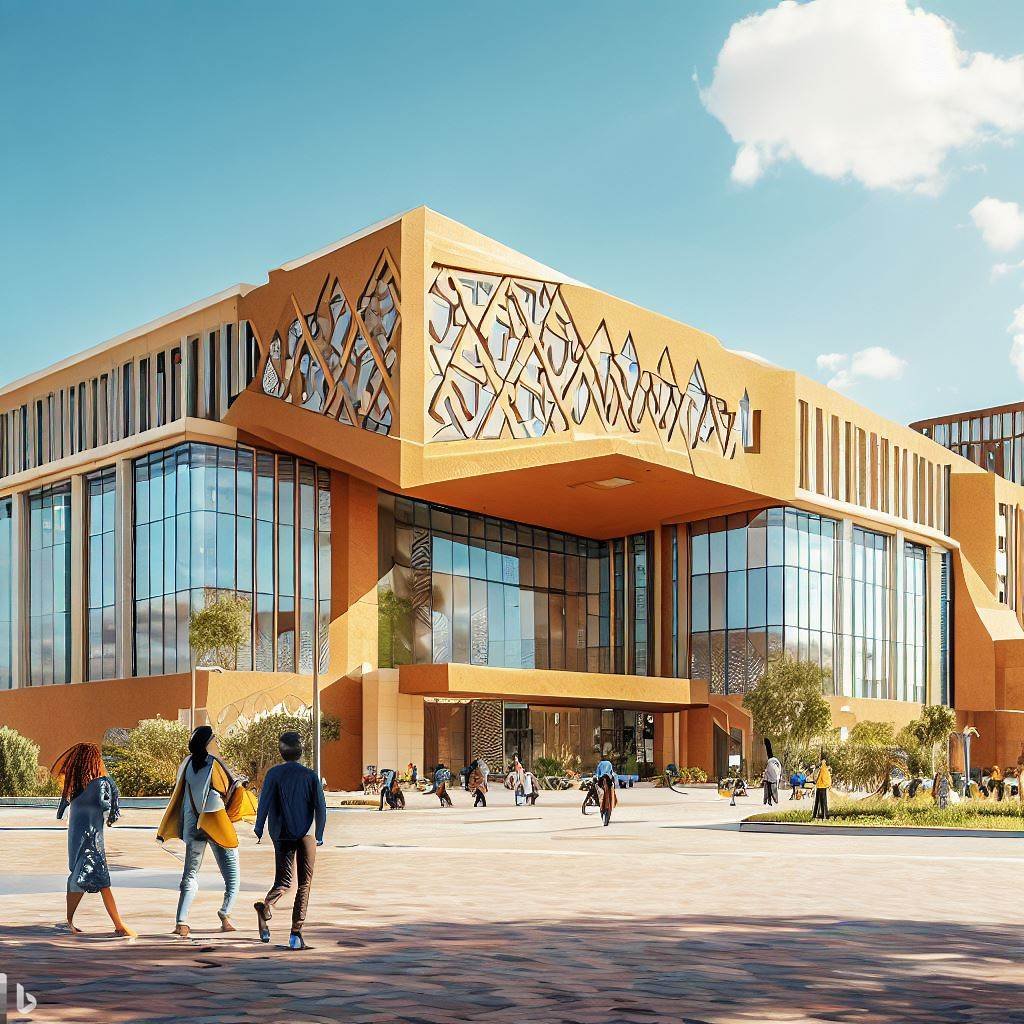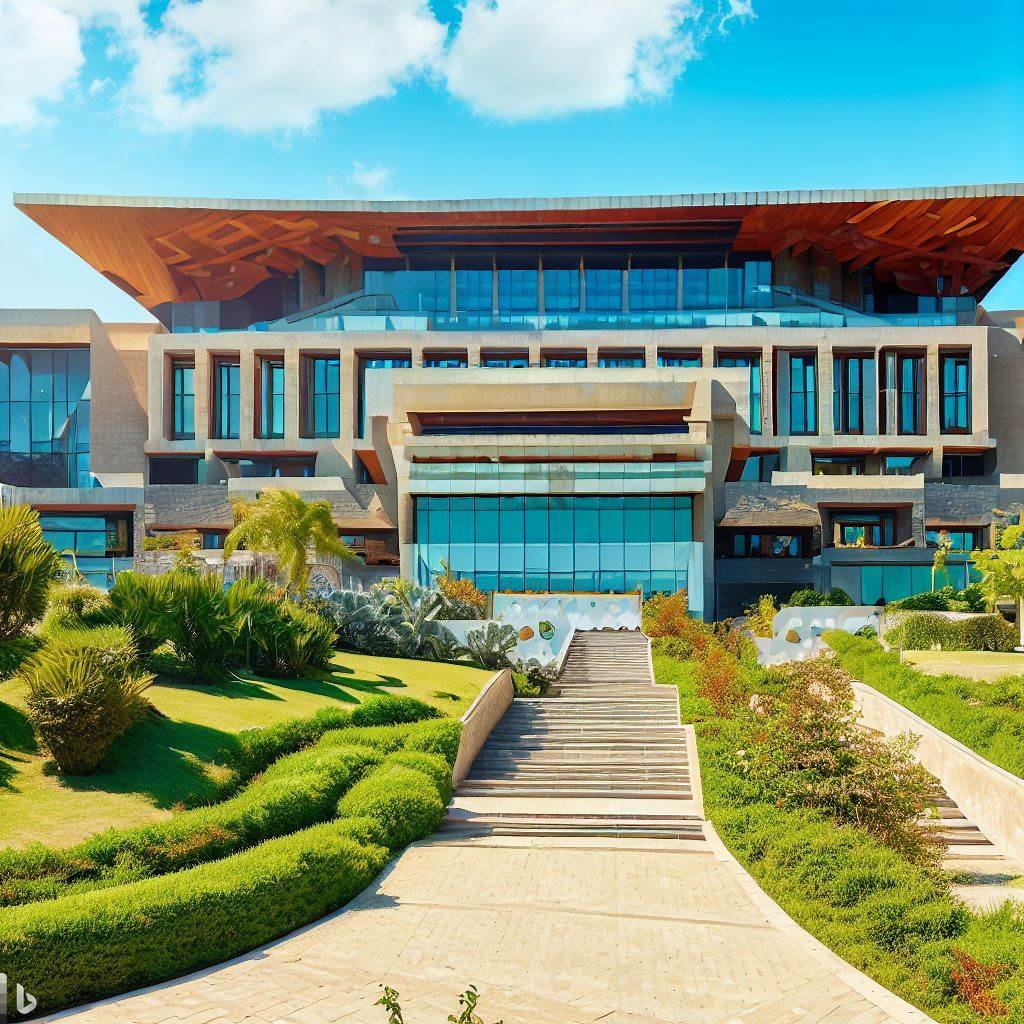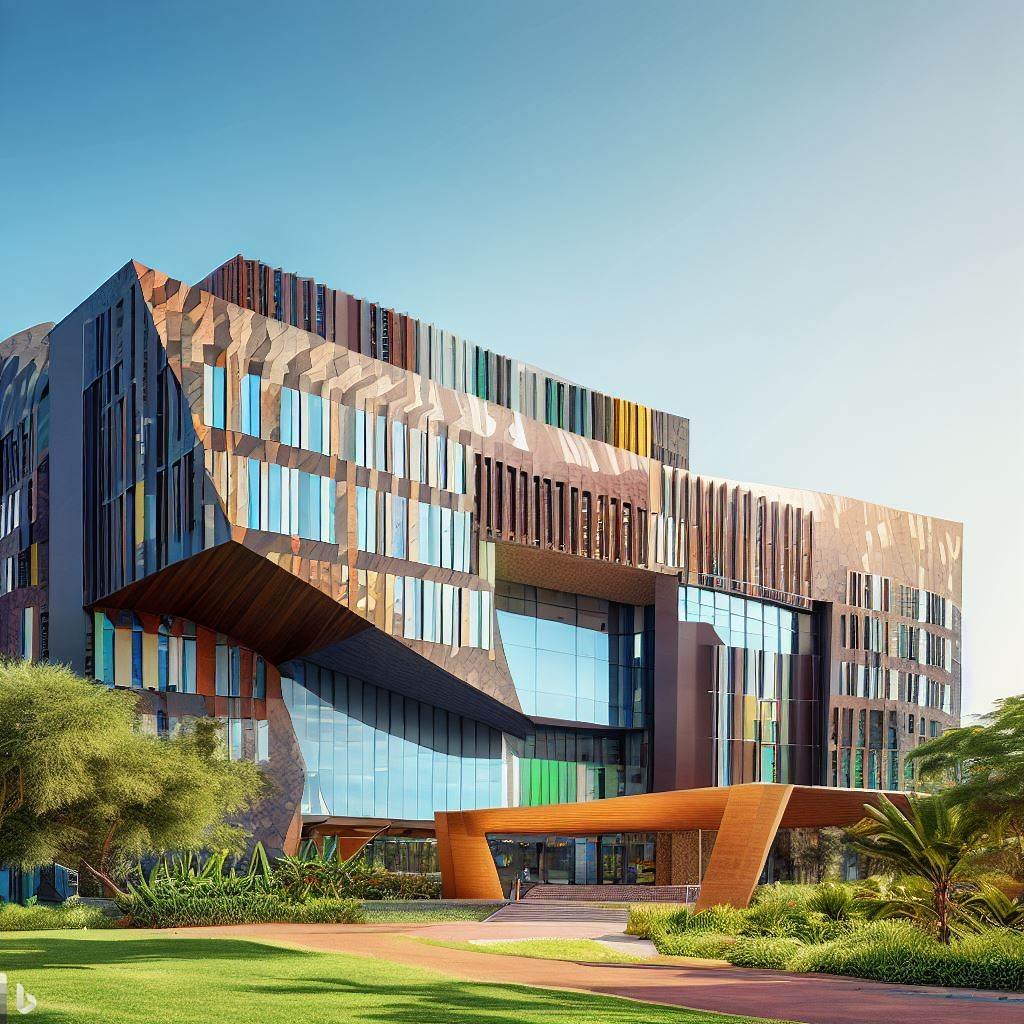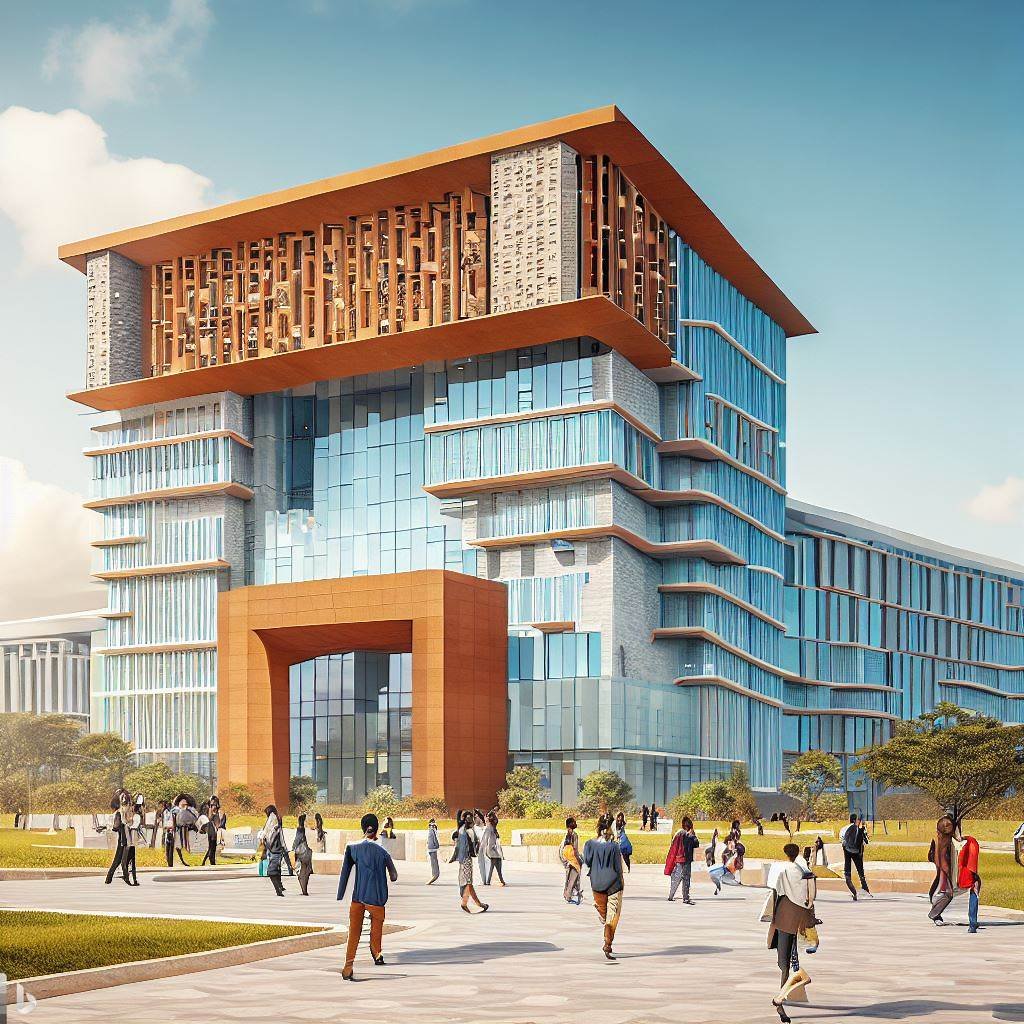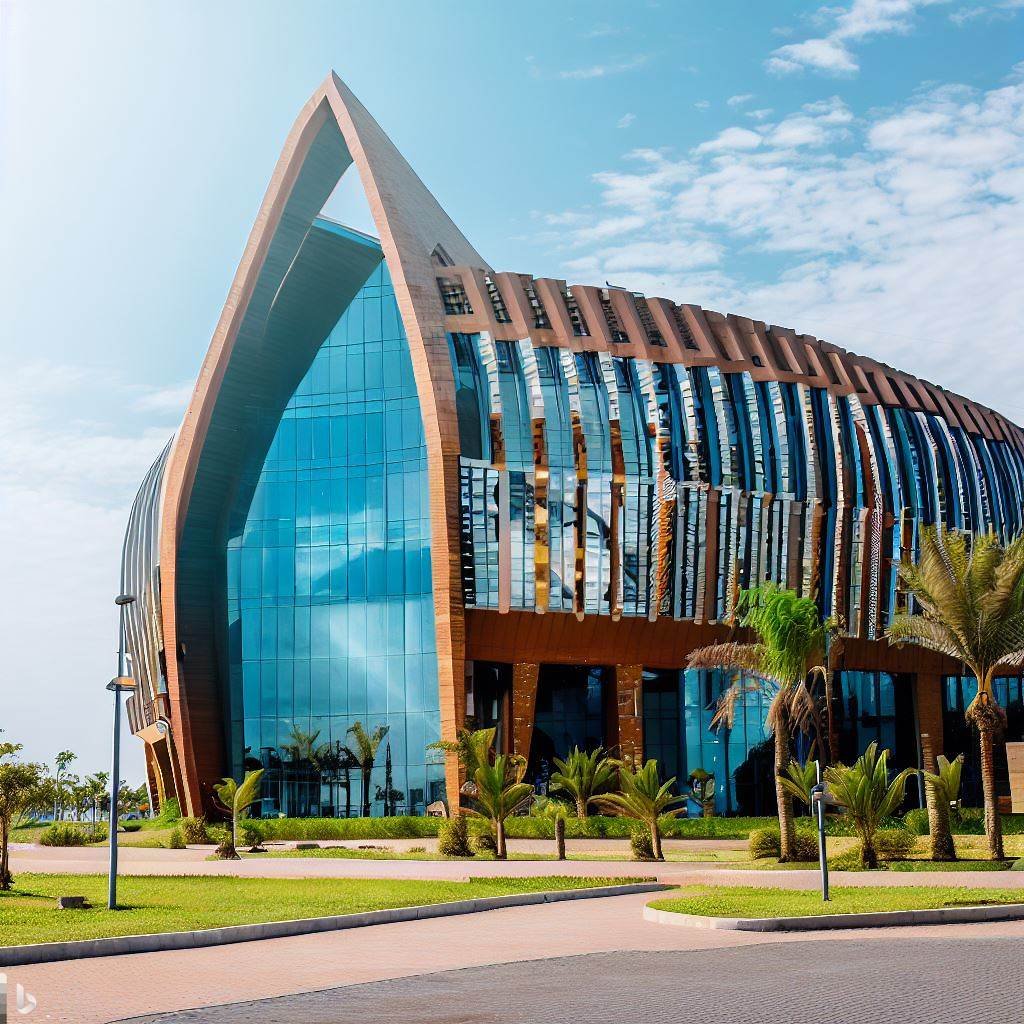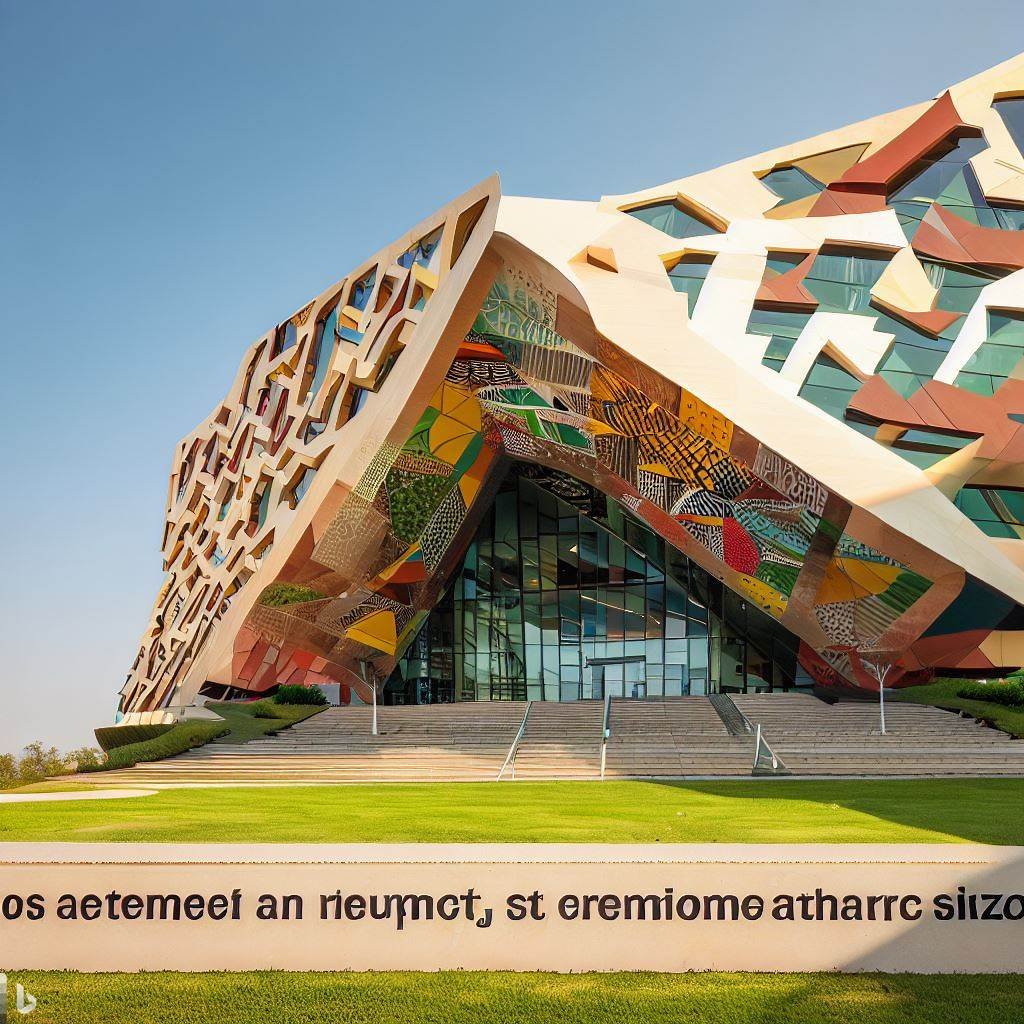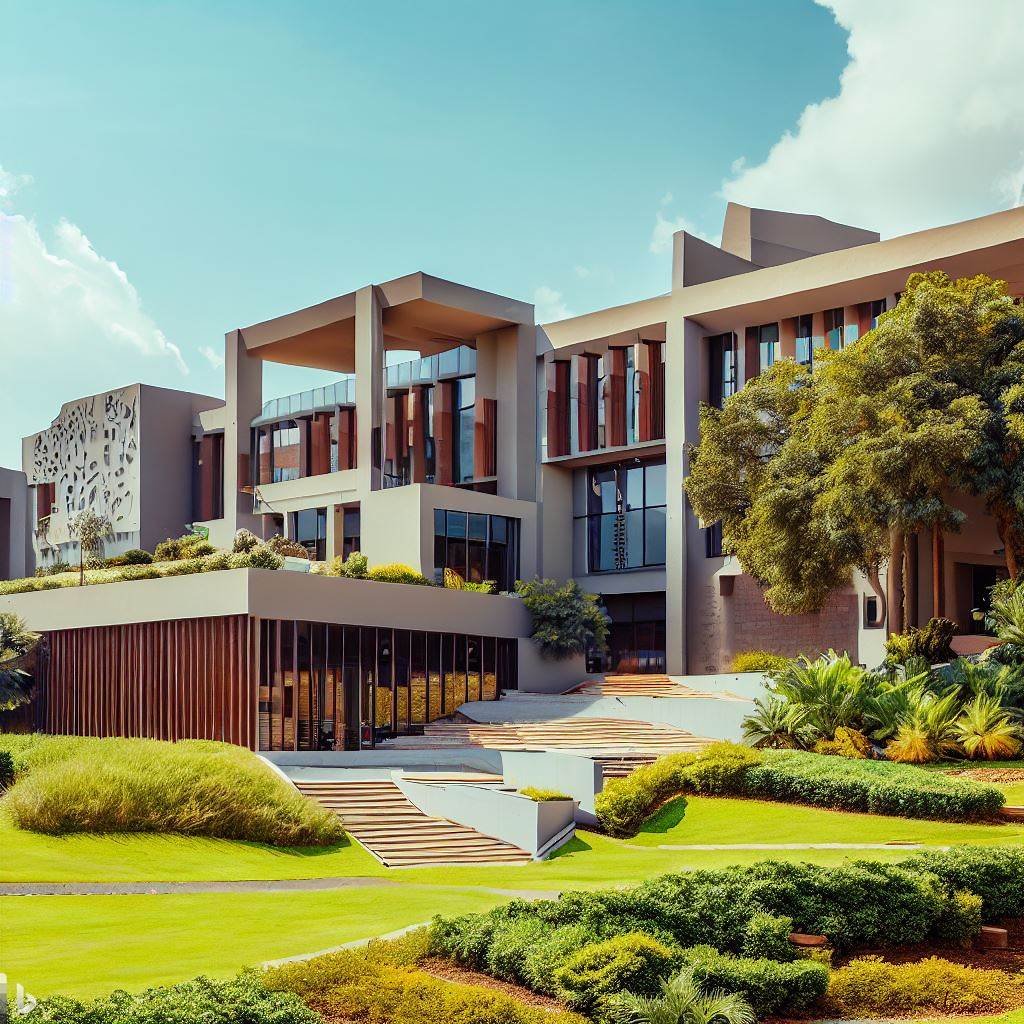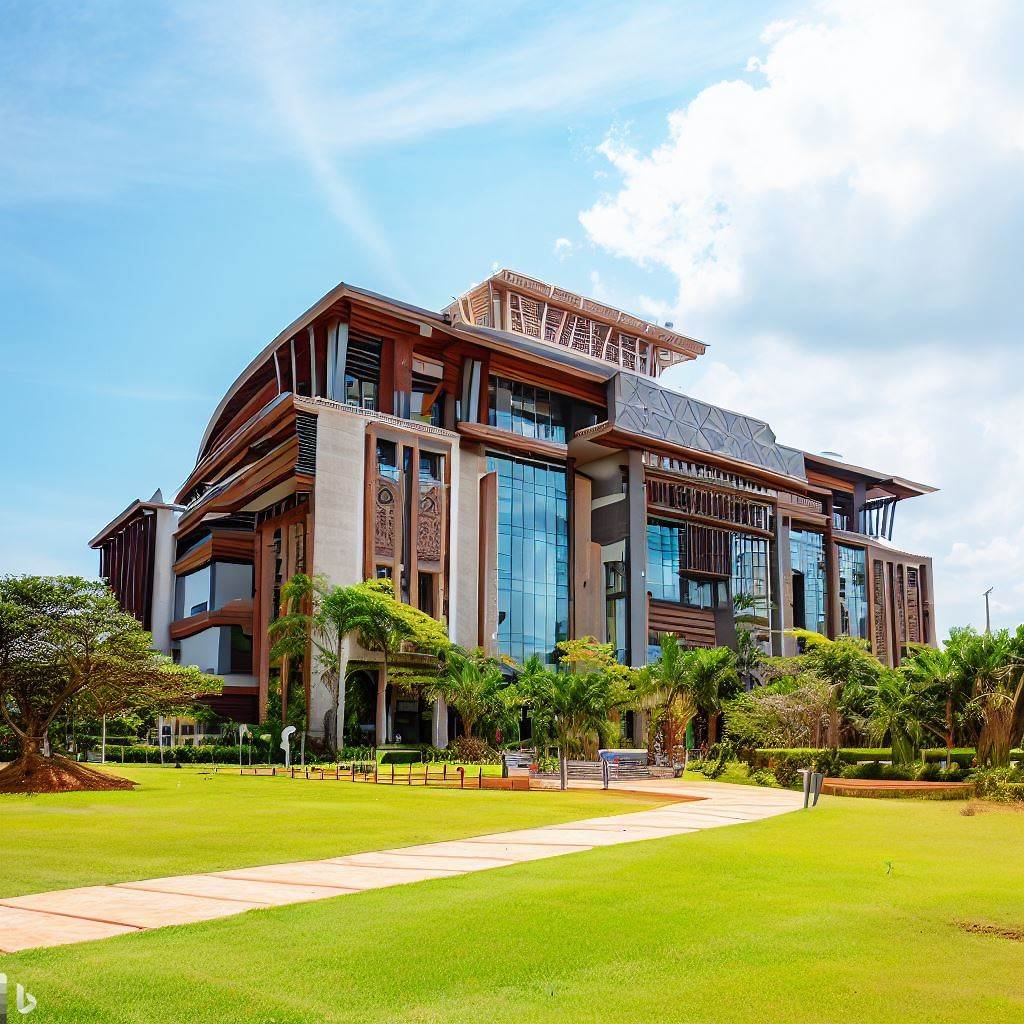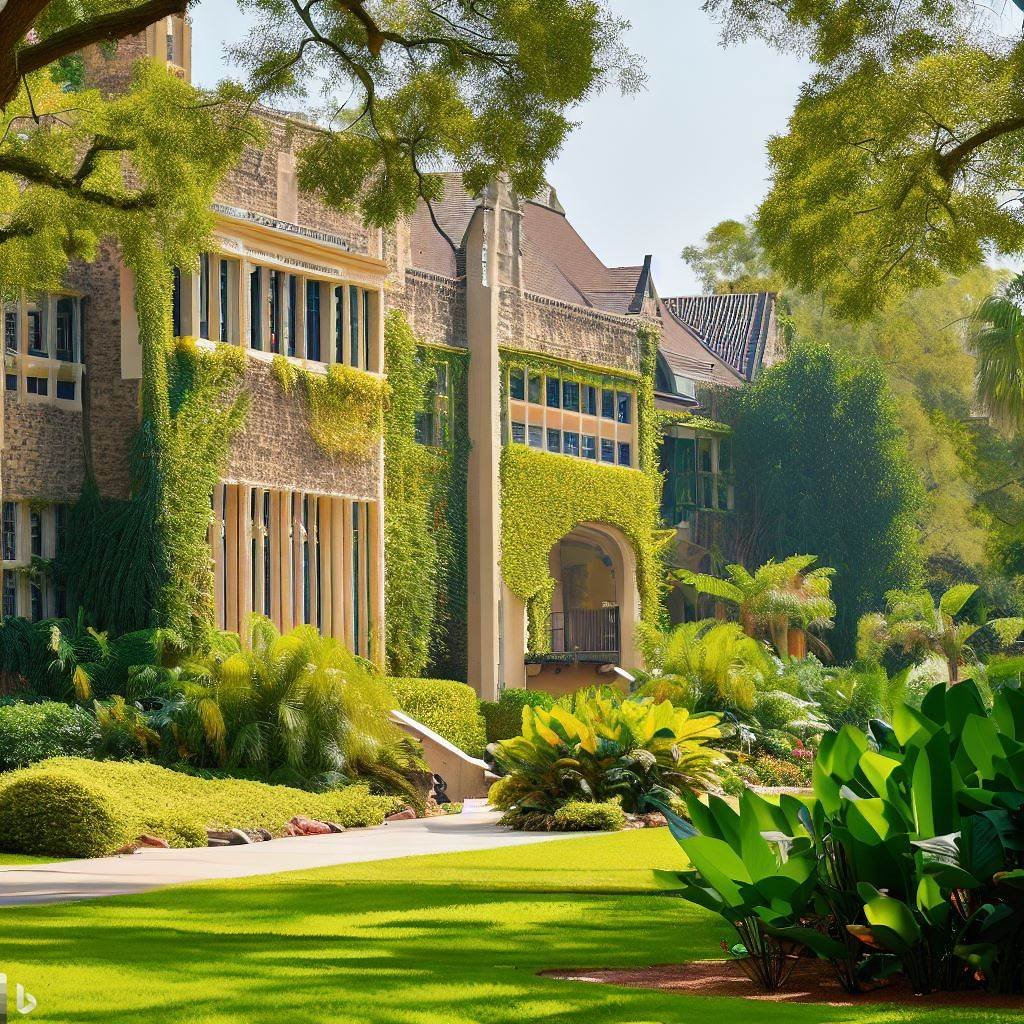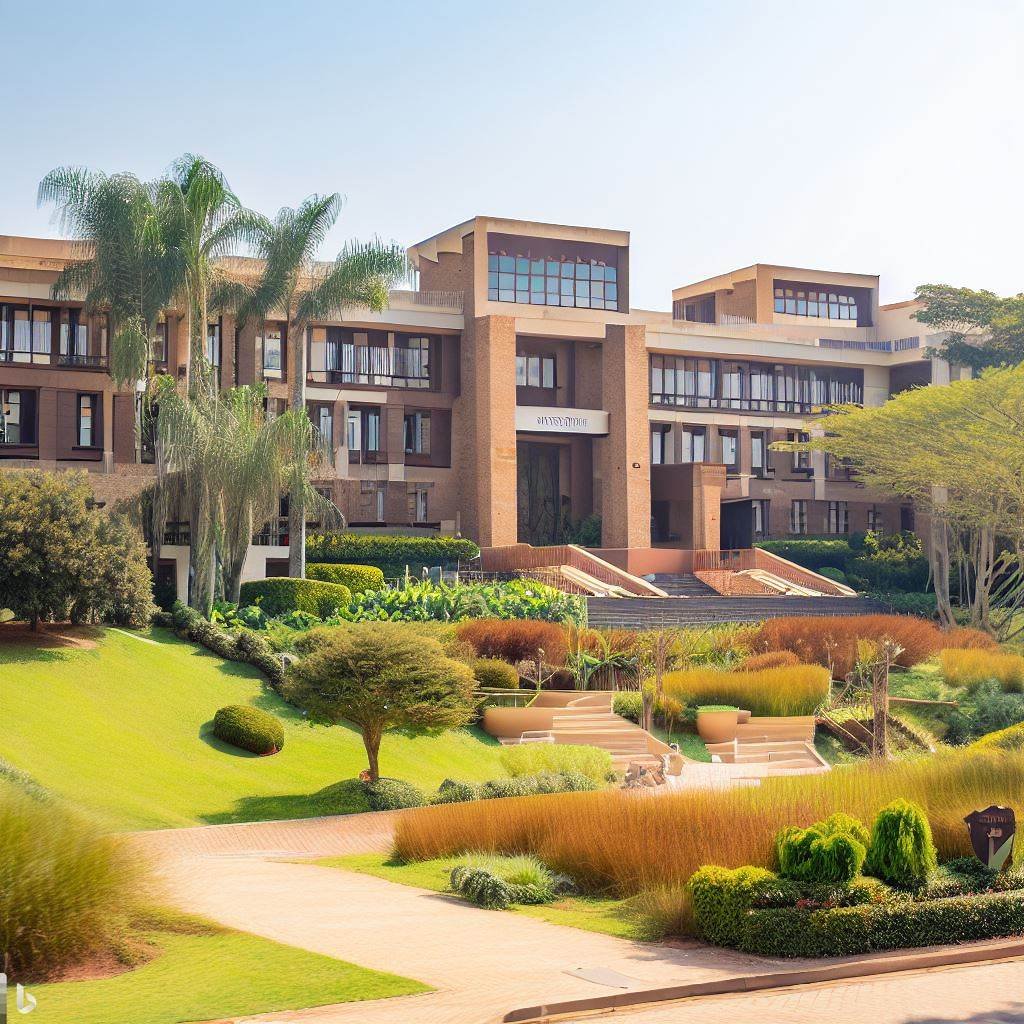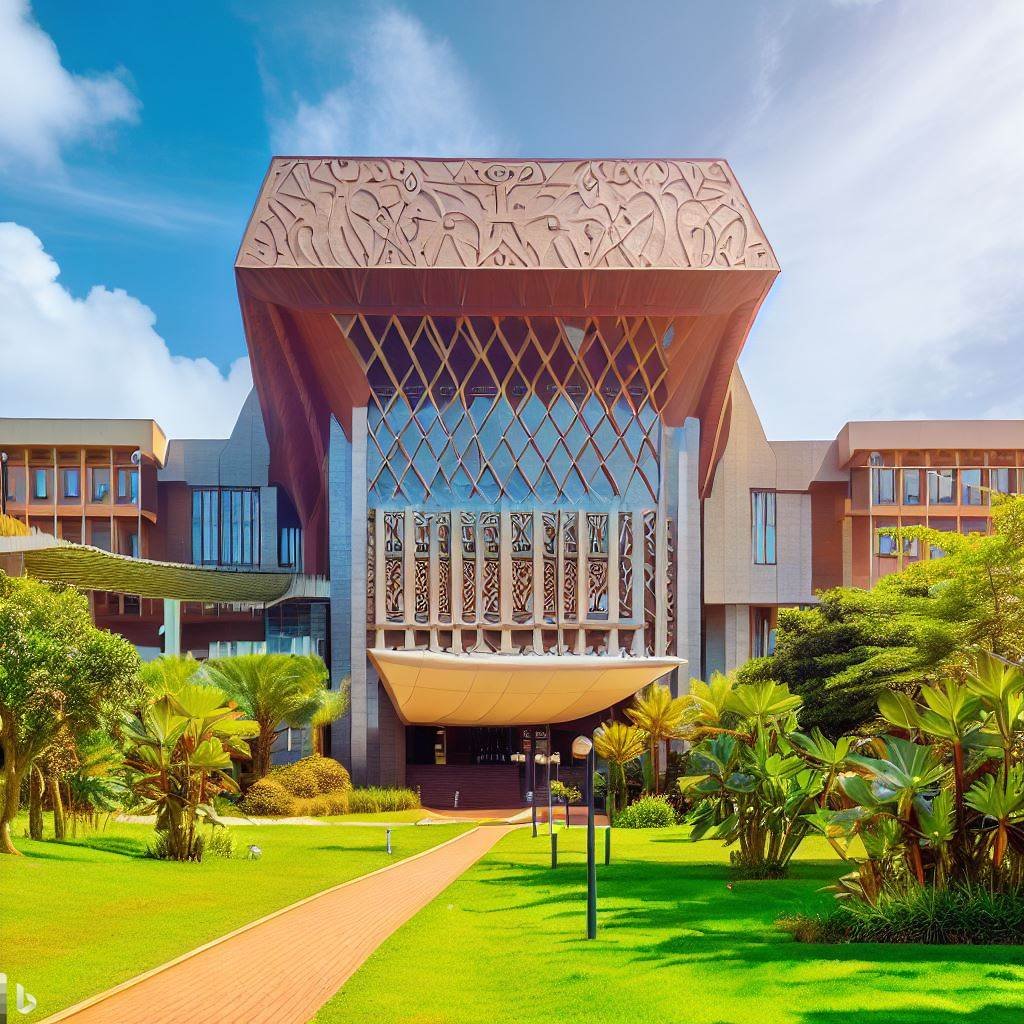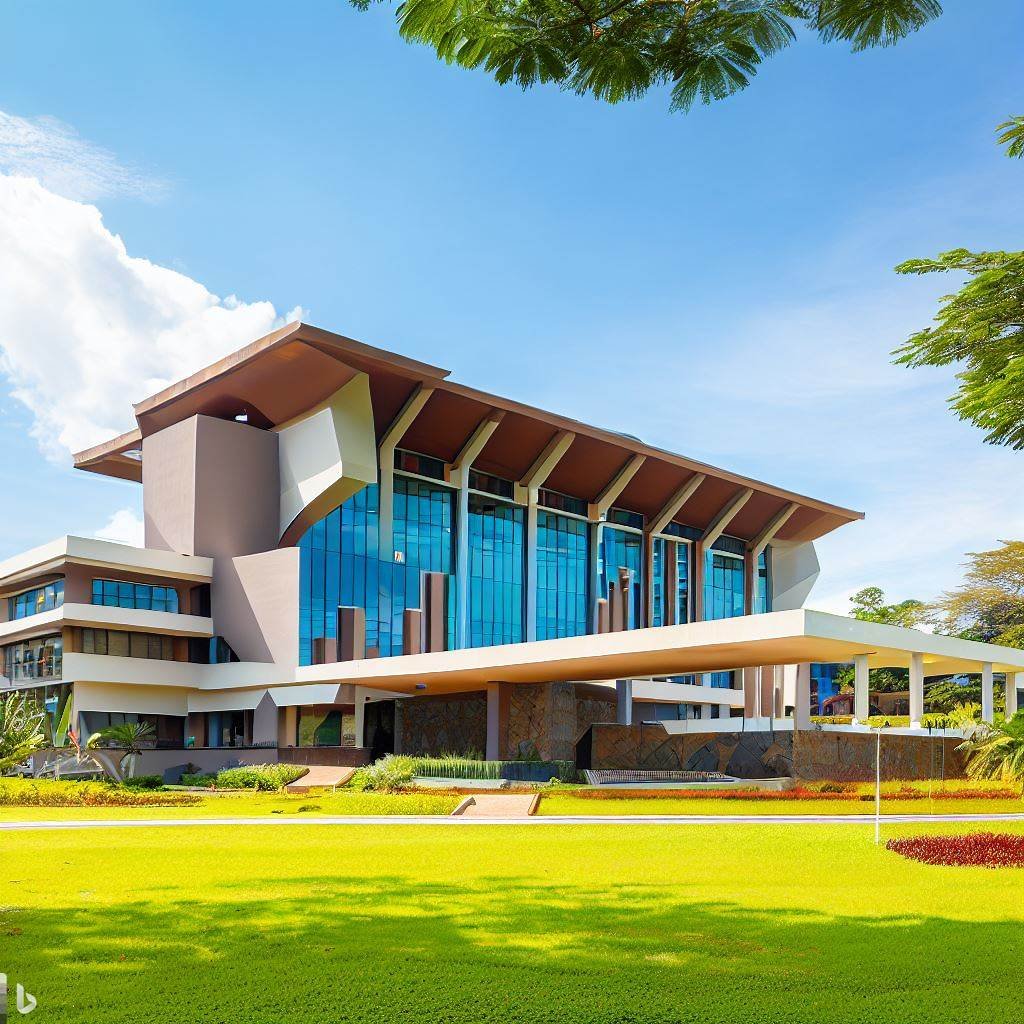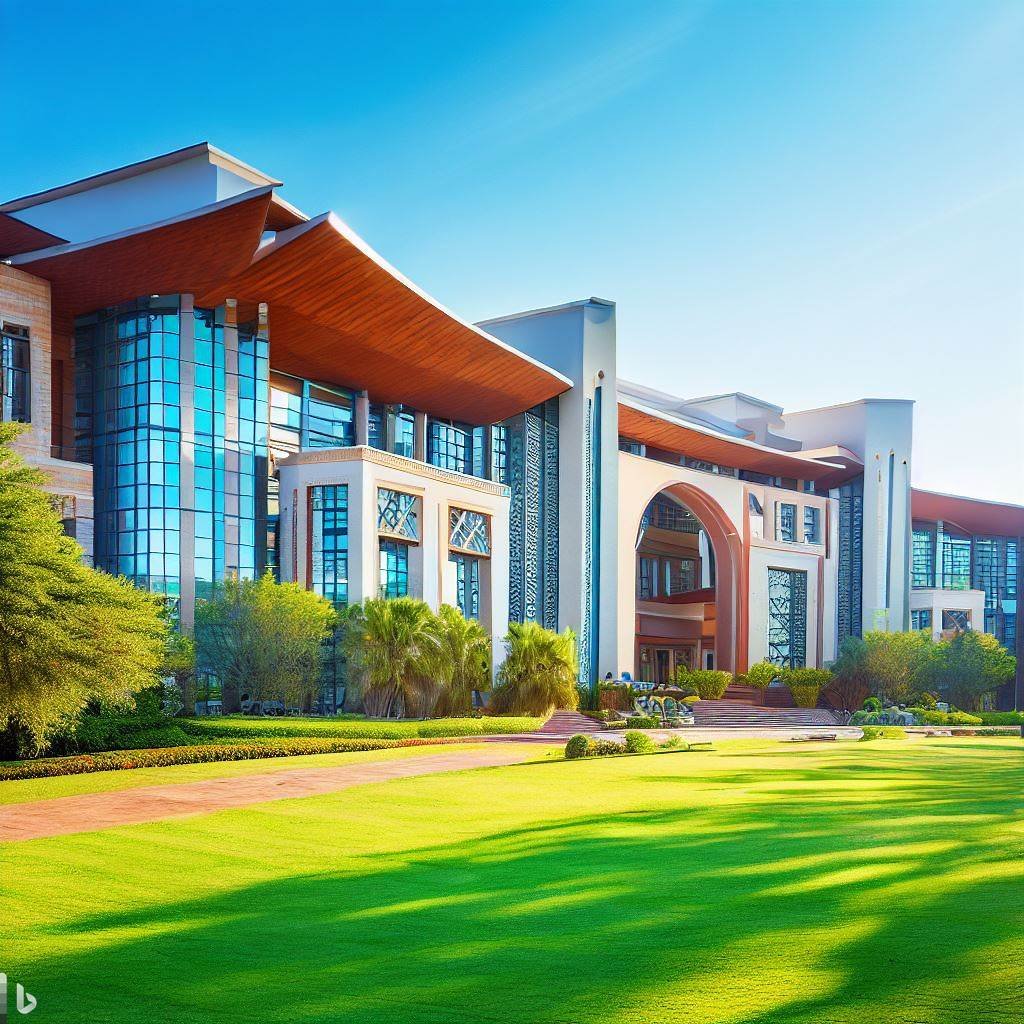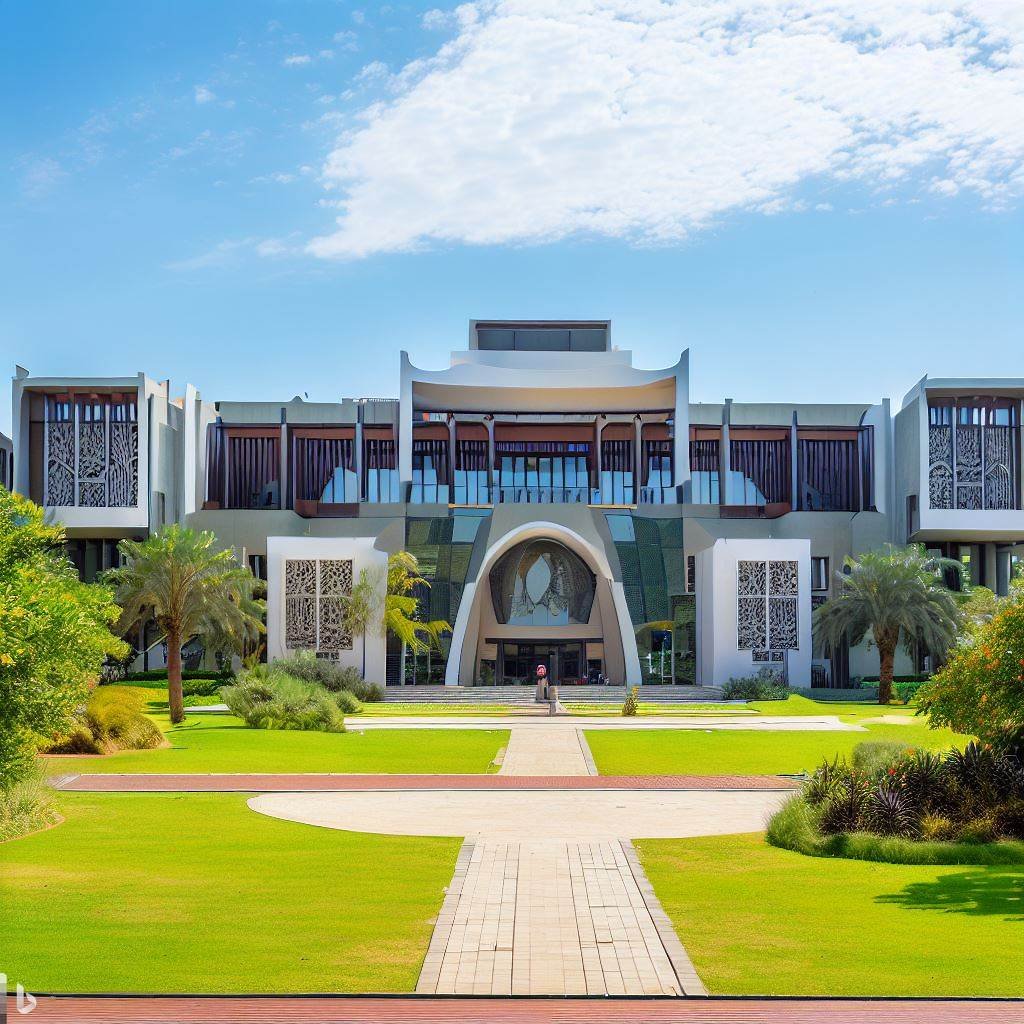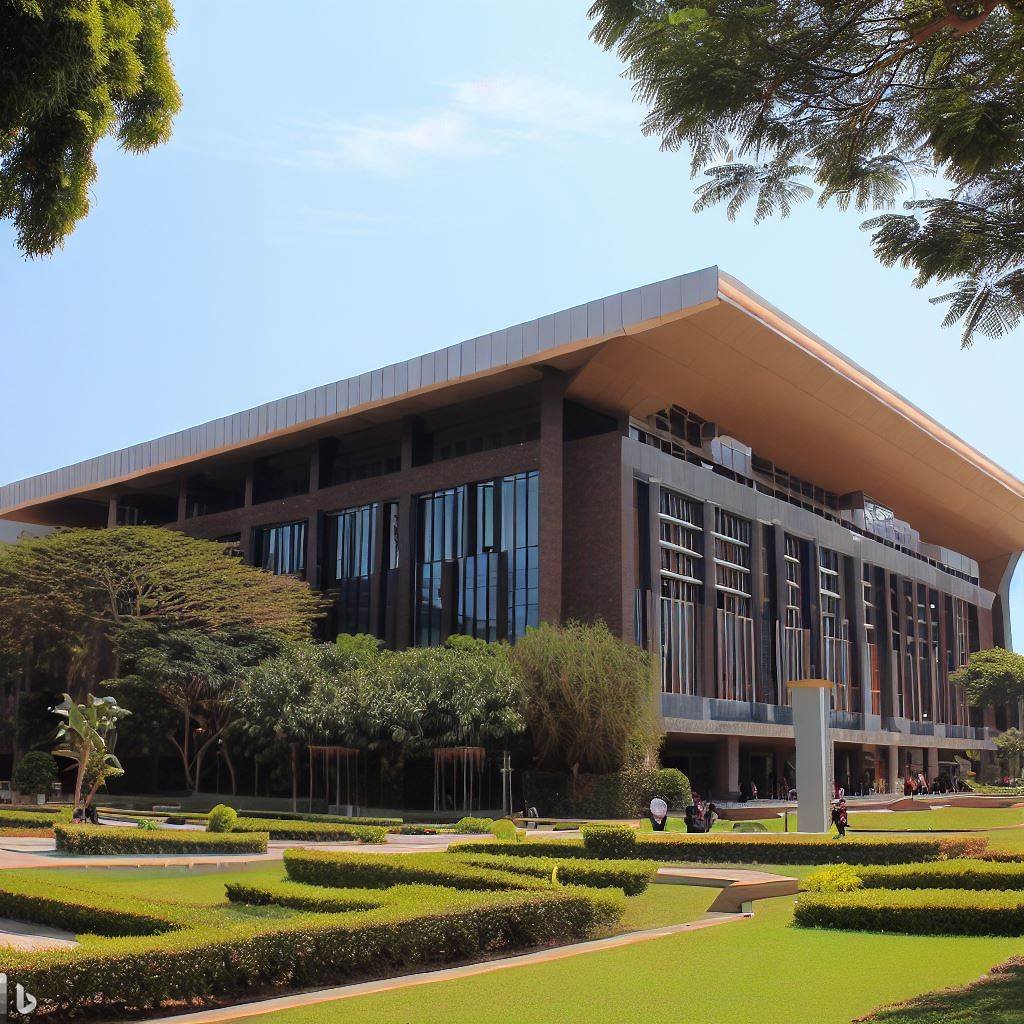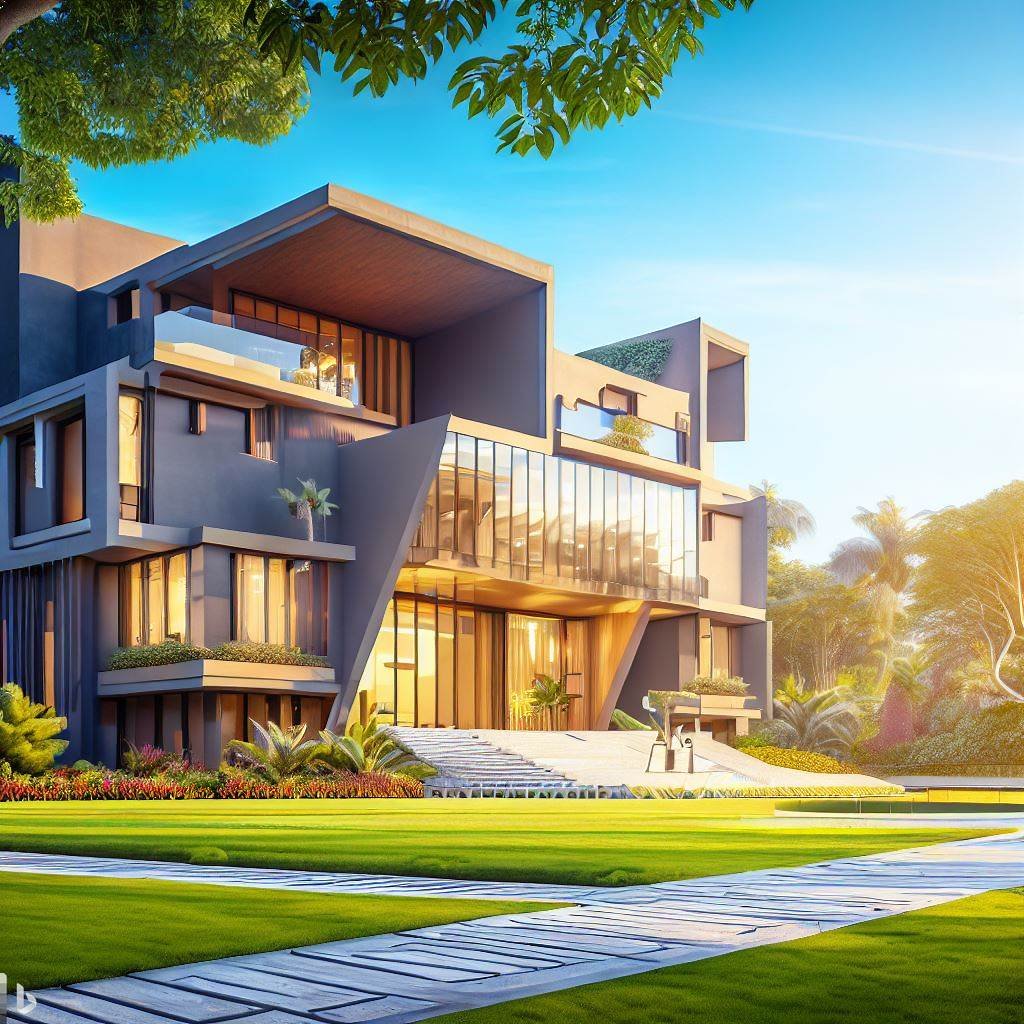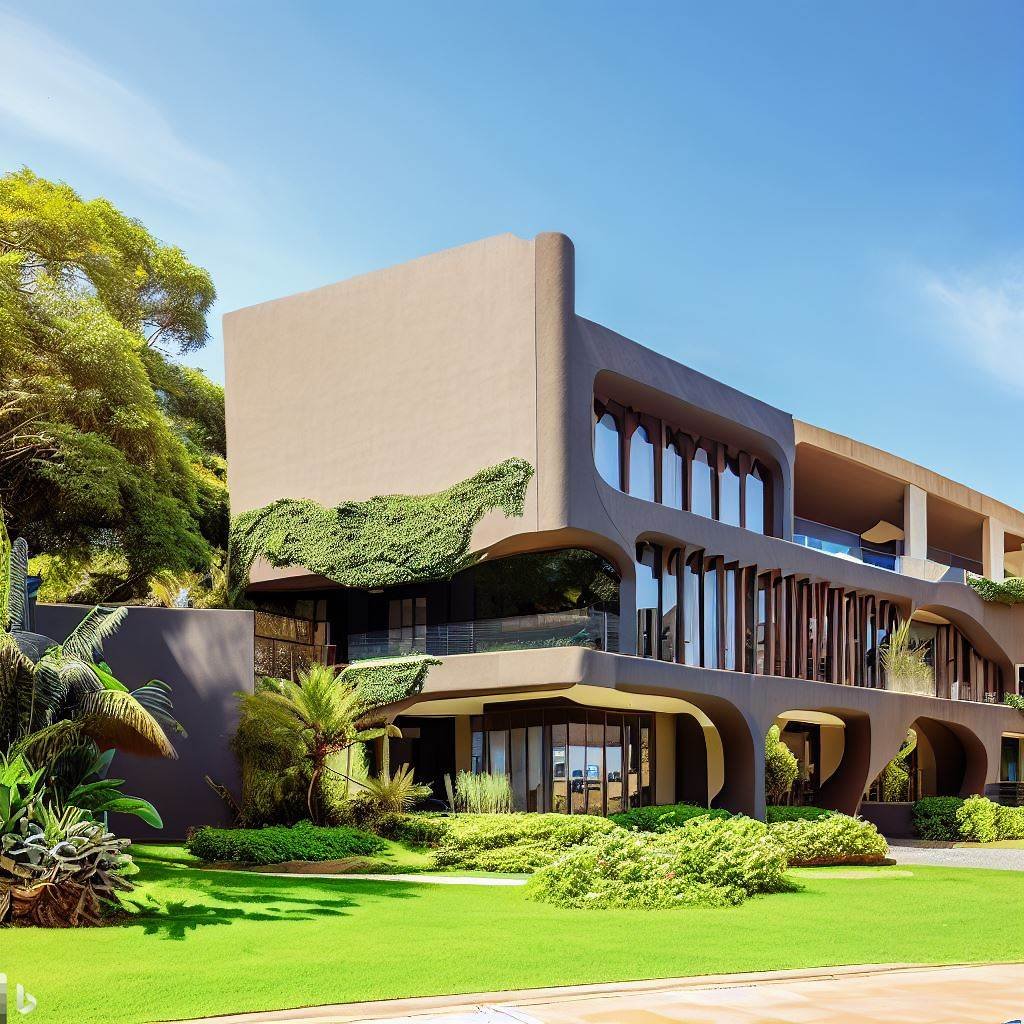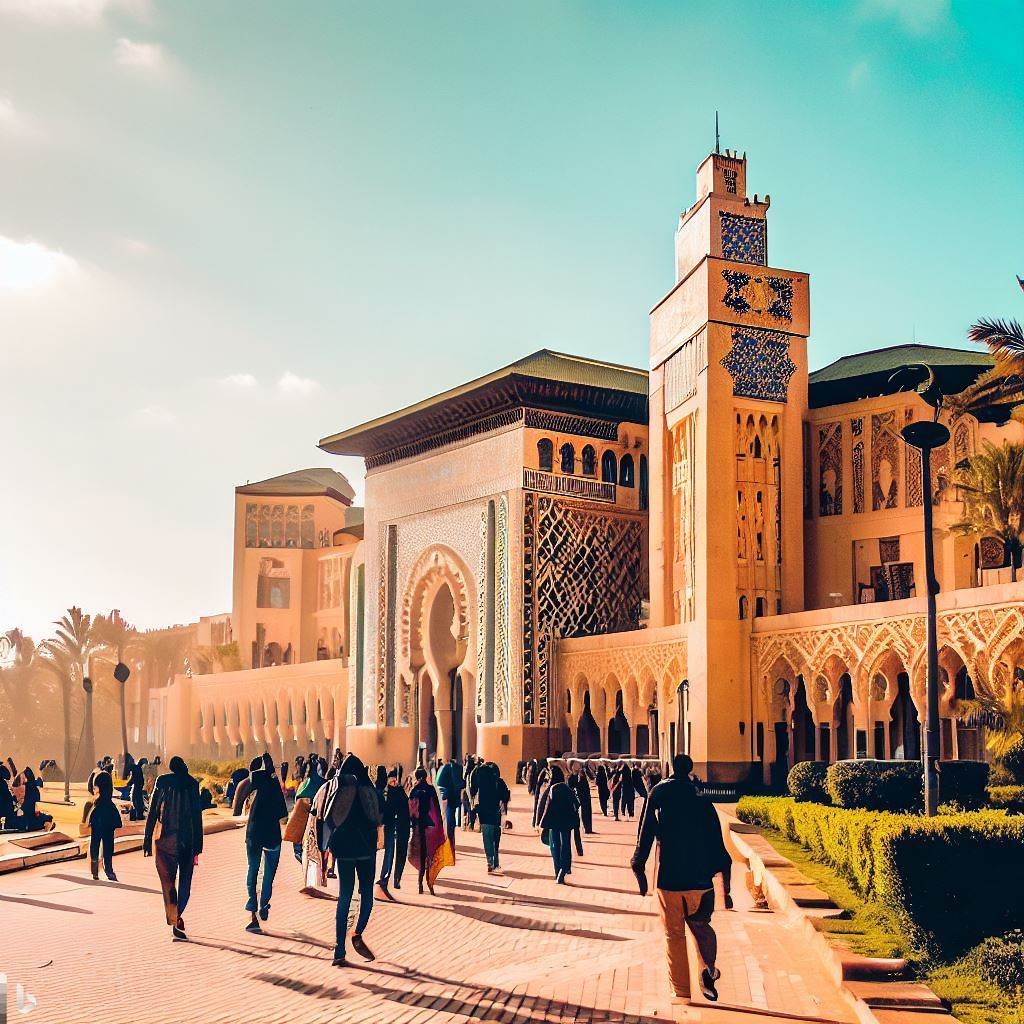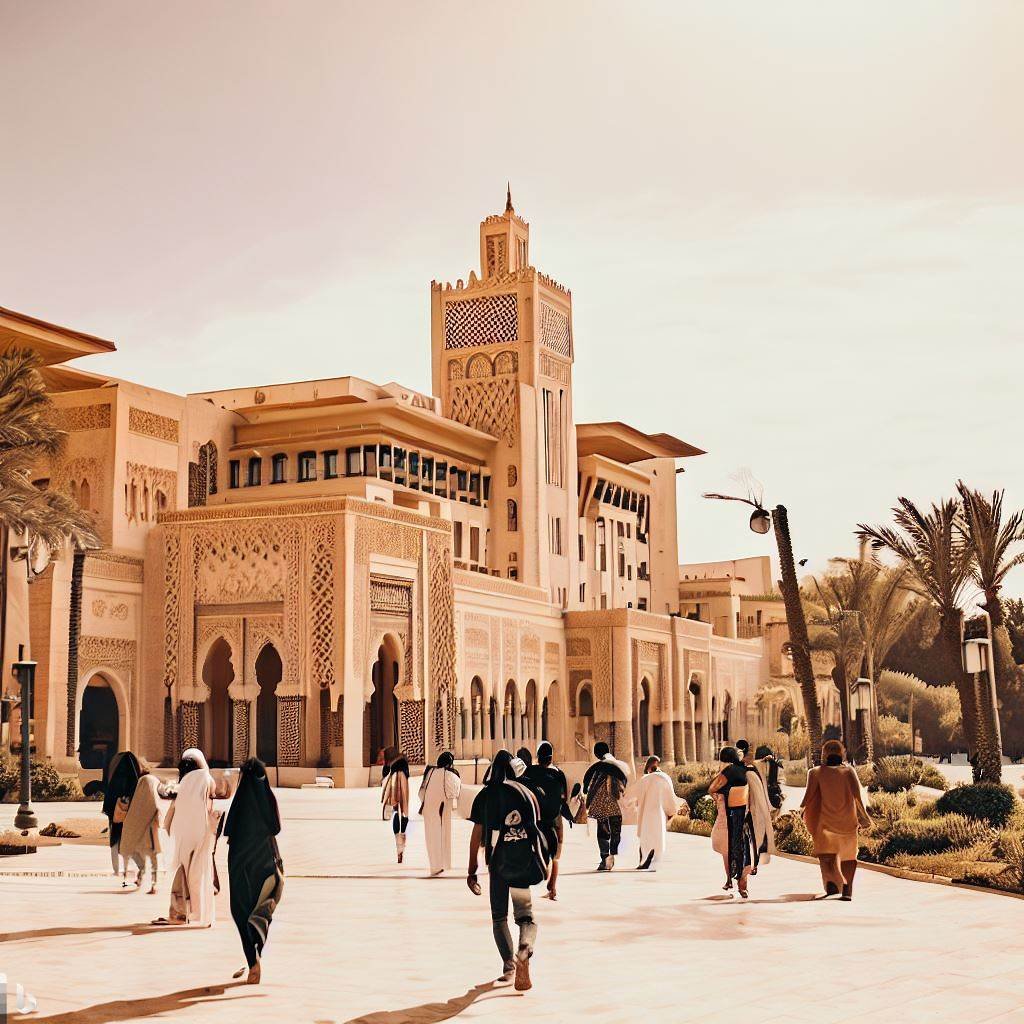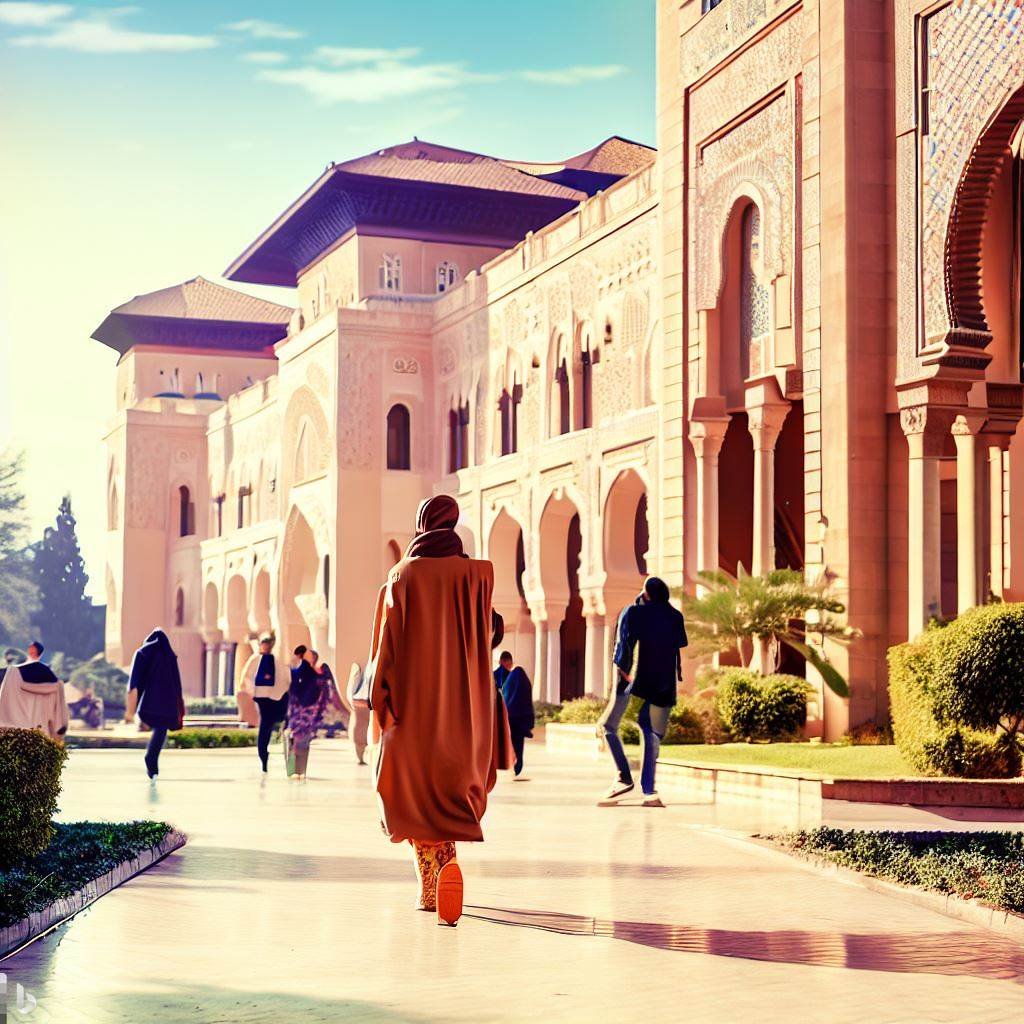
EXTERIOR ARCHITECTURE
All images and writings generated by AI, apart from articles specified. Prompts by Kamdi Okonjo
Pan-Africanism is a movement that promotes the unity and development of people of African descent. Afro-futurism, on the other hand, is a cultural movement that explores the intersection of science fiction, technology, and African culture. The impact of these two concepts on architecture in African countries is significant, as they have the potential to redefine and reshape the architectural landscape of the continent.
The connection between Pan-Africanist Afro-futurism and architecture is rooted in the collective desire to create spaces that embody African culture and promote a sense of identity and pride.
This is important as architecture is a vehicle for cultural expression and can contribute to the preservation of African heritage.
The future of architecture in African countries is set to be a fusion of traditional African architecture and modern designs that are eco-friendly, sustainable, and futuristic. This is in line with the Pan-Africanist Afro-futurism movement, which seeks to showcase the potential of African cultures and traditions through art and design in order to create a new visual language for the continent. The impact of this movement has led to remarkable examples of African architecture, driven by the creativity and innovation of some of the continent's leading architects.

Smithsonian National Museum of African American History : David Adjaye
Gando Primary School Extension / Kéré Architecture. Image © Erik-Jan Ouwerkerk
MARIAM ISSOUFOU KAMARA & DAVID ADJAYE
One of the most prominent of these architects is David Adjaye, who was born in Tanzania to Ghanaian parents. Adjaye has established a reputation for his imaginative and unconventional designs, which draw inspiration from diverse sources, including traditional African architecture, modernist design principles, and contemporary art.
In his work, Adjaye blends different materials, textures, and forms to create bold and dynamic structures that express a deep appreciation for African culture and heritage.
Another leading figure in African architecture is Francis Kéré, who was born in Burkina Faso. Kéré is known for his focus on sustainable materials and environmentally-friendly design principles, as well as his use of spaces that promote communal living and social interaction.
His most notable projects include the primary school and student housing he built in his hometown of Gando, Burkina Faso, which showcased his commitment to creating innovative, cost-effective, and eco-friendly structures.
Yet another example of excellence in African architecture is the work of Mariam Kamara, a Nigerien architect who has gained acclaim for her innovative use of local materials and devotion to sustainable design principles. Kamara's work includes the design of the Niamey Cultural Center in Niger, which incorporates elements of traditional Hausa architecture in a modern and functional way.
These architects, and many others like them, are establishing a new vision for African architecture, one that embraces the continent's rich cultural heritage while taking advantage of futuristic design possibilities.
By celebrating the unique identity and traditions of Africa while pushing the limits of architectural thinking, these architects are creating spaces that are bold, innovative, and culturally relevant.
Moreover, it is important to note that the architecture of African countries would likely have been significantly different if Africa had not been colonised. Prior to colonisation, Africa had a rich architectural heritage, which was characterised by a diverse range of styles and materials. If left to evolve organically, African architecture would have continued to adapt to changing cultural and technological landscapes, and it is likely that the continent’s architectural legacy would have been preserved and celebrated.
However, despite the persistent legacy of colonialism and the associated challenges, there are still opportunities for African countries to move forward and achieve progress in the realm of architecture. By drawing on the teachings and practices of Pan-Africanist Afrofuturism, architects in African countries can leverage their cultural heritage while embracing a futuristic aesthetic, leading to truly innovative and ecologically responsible structures.



